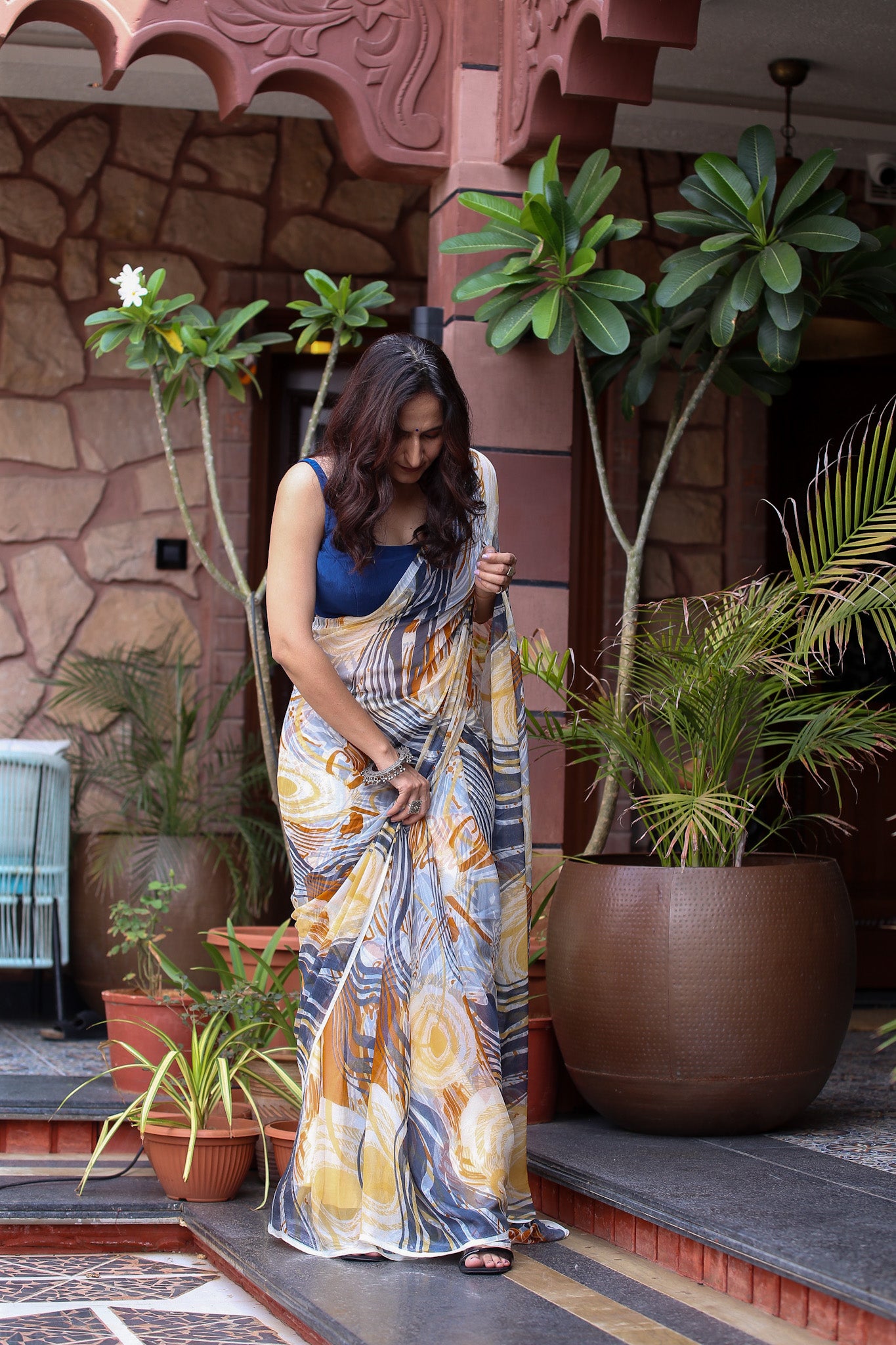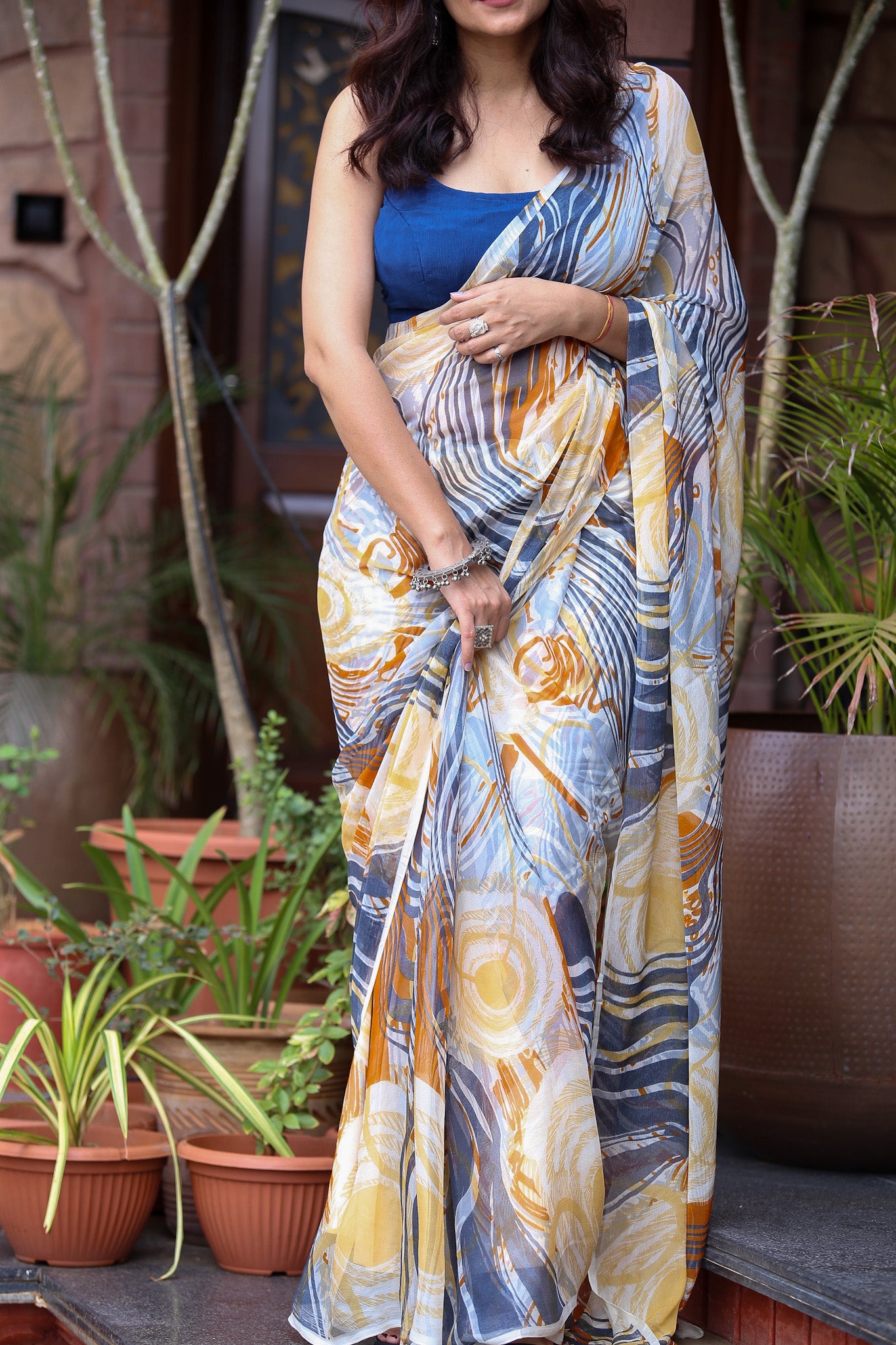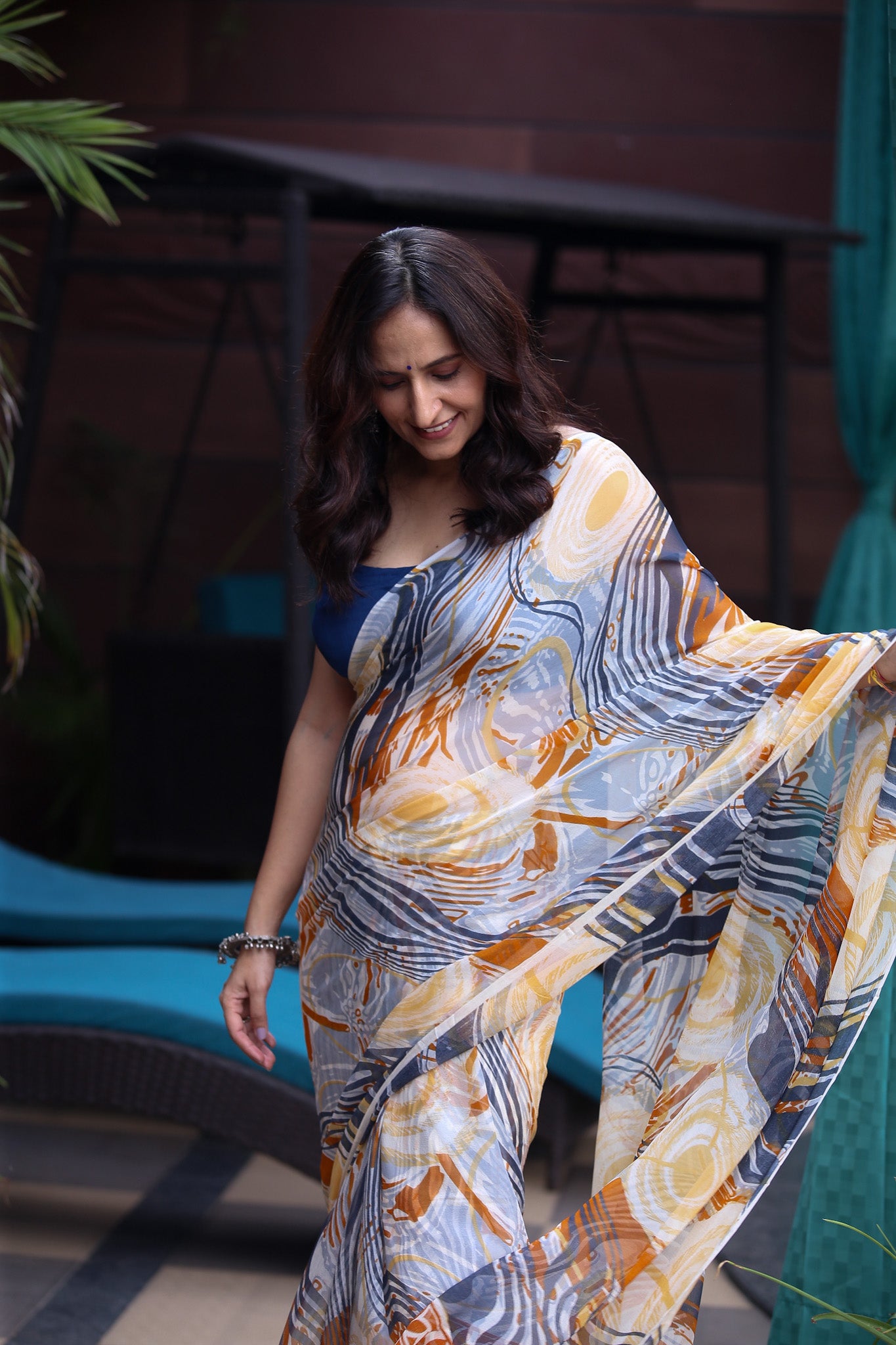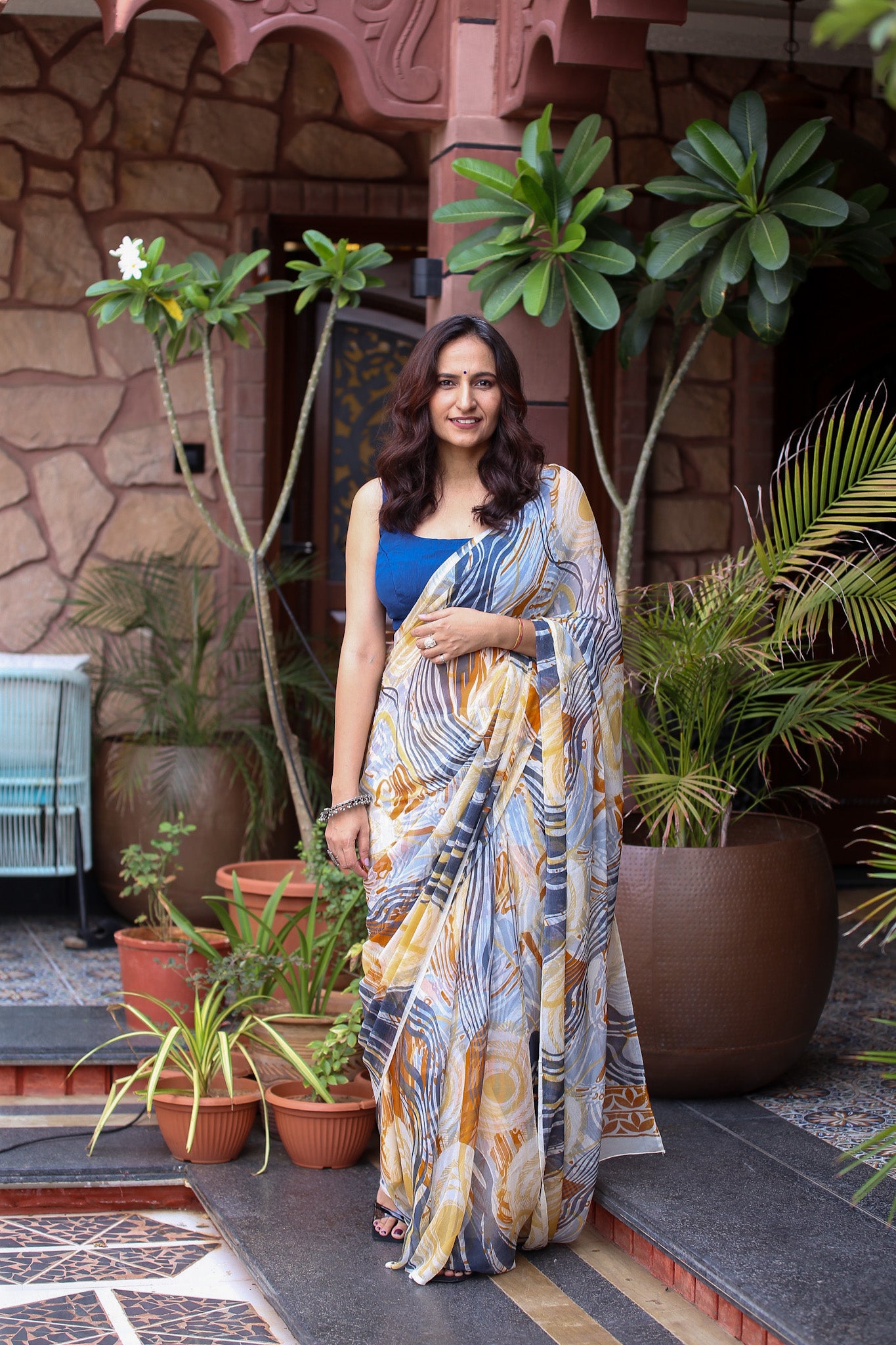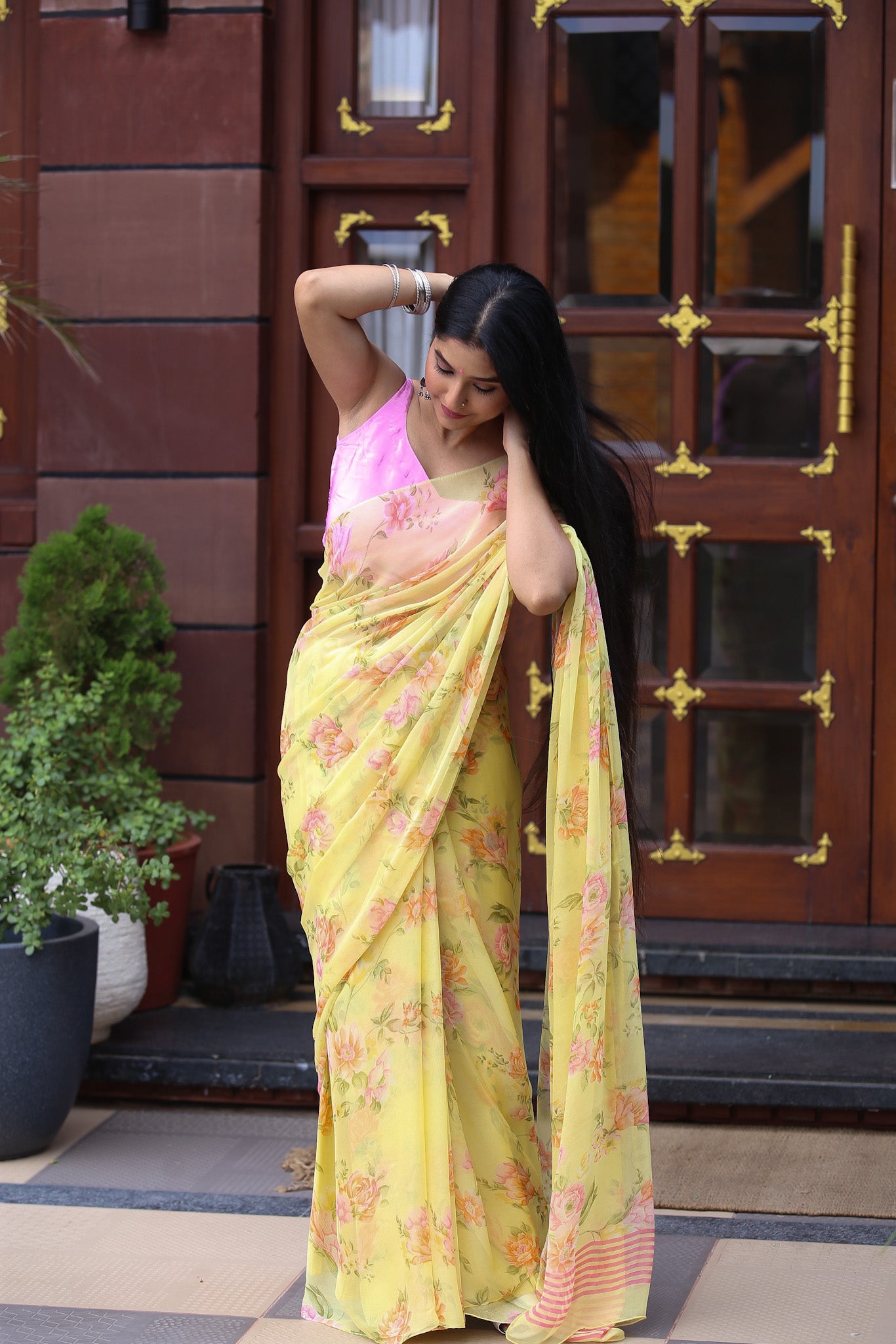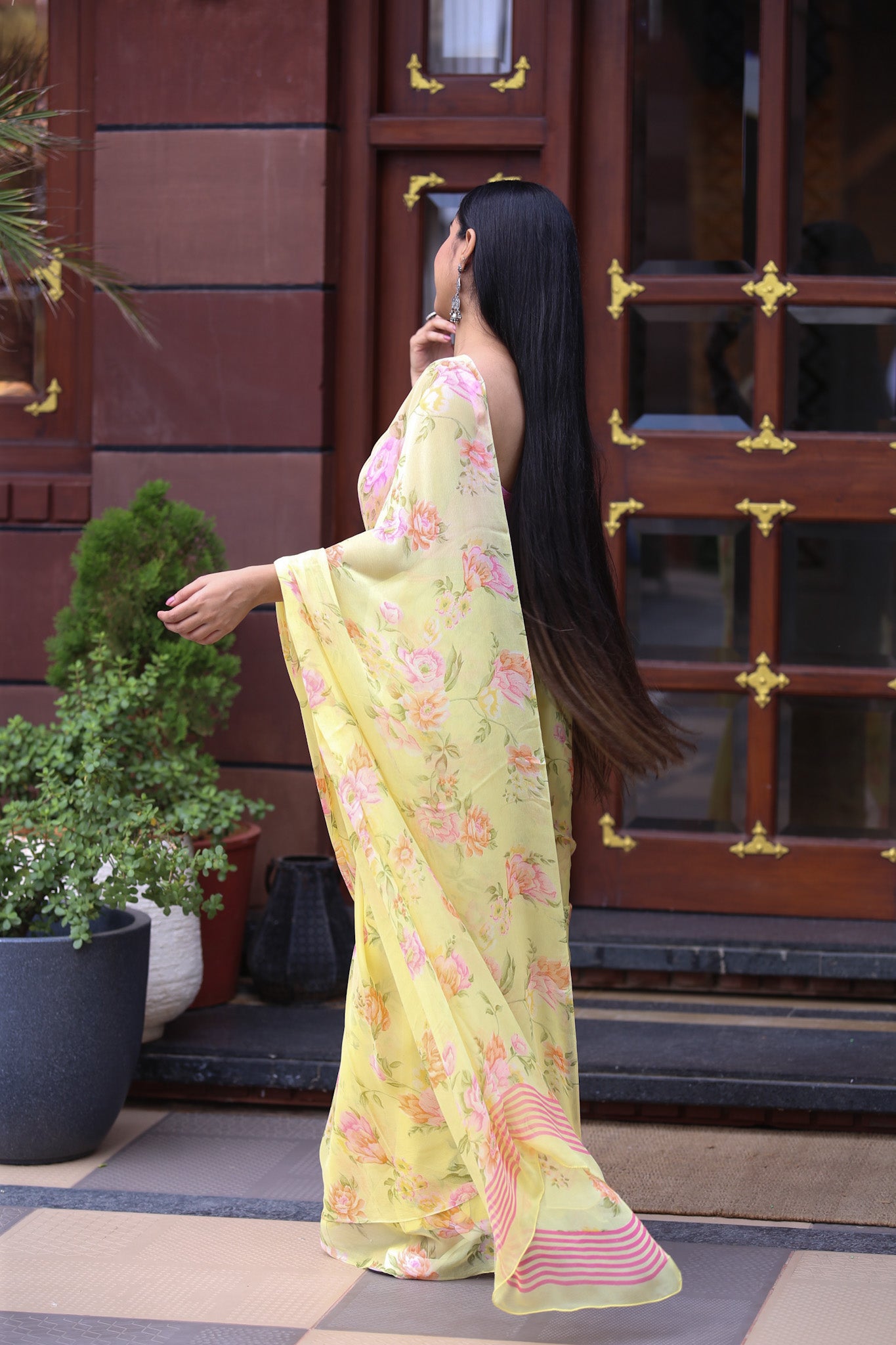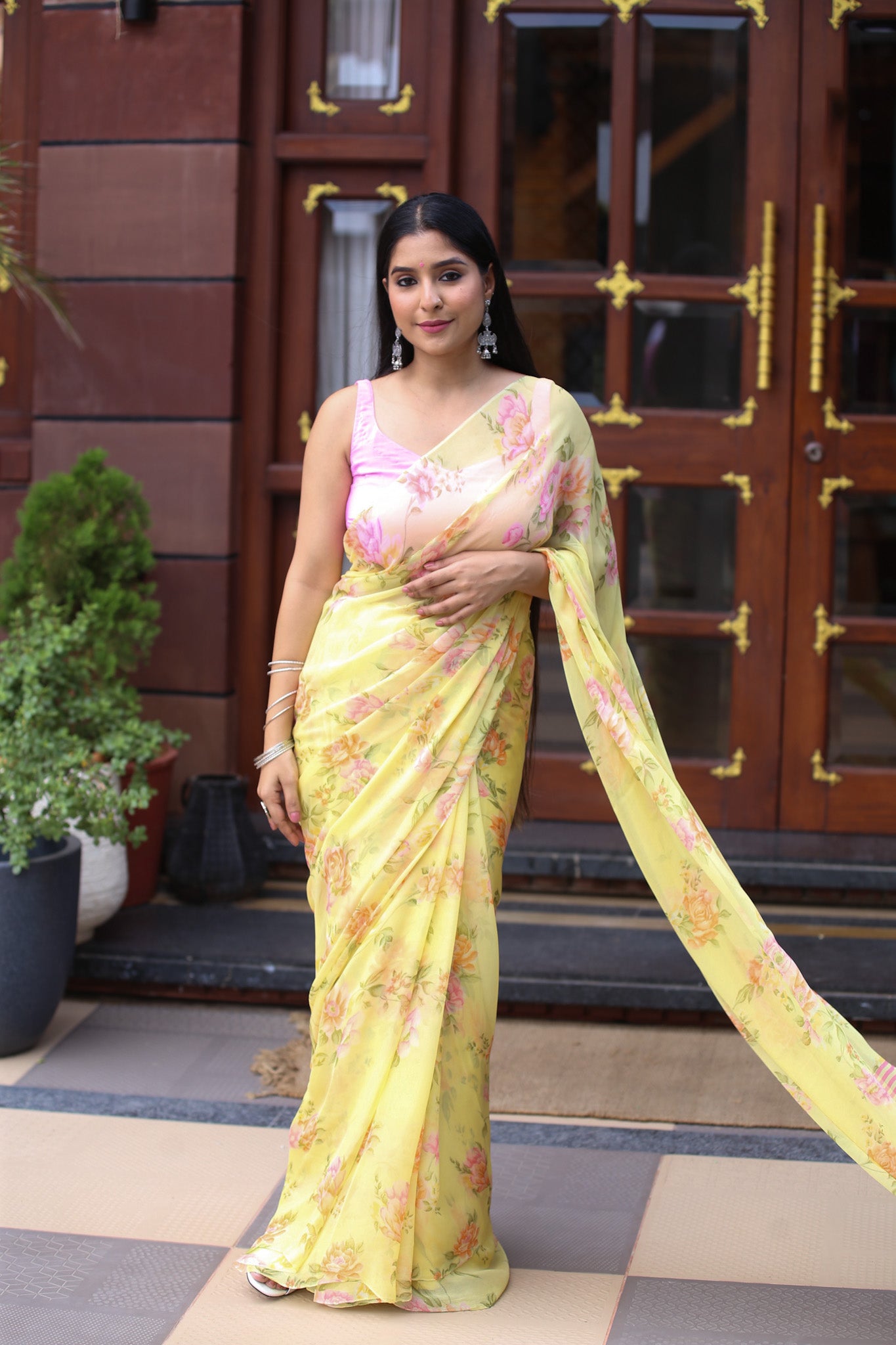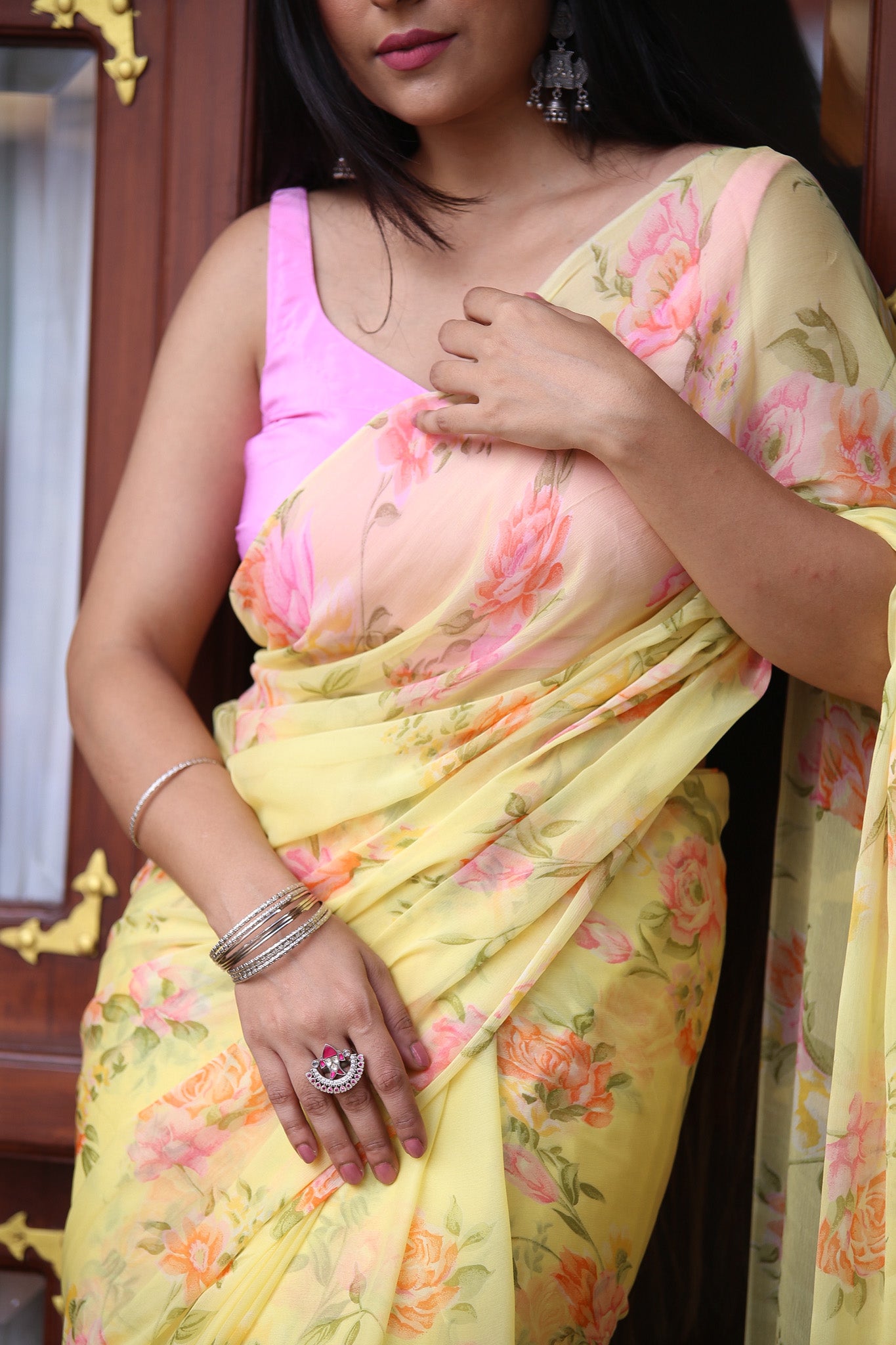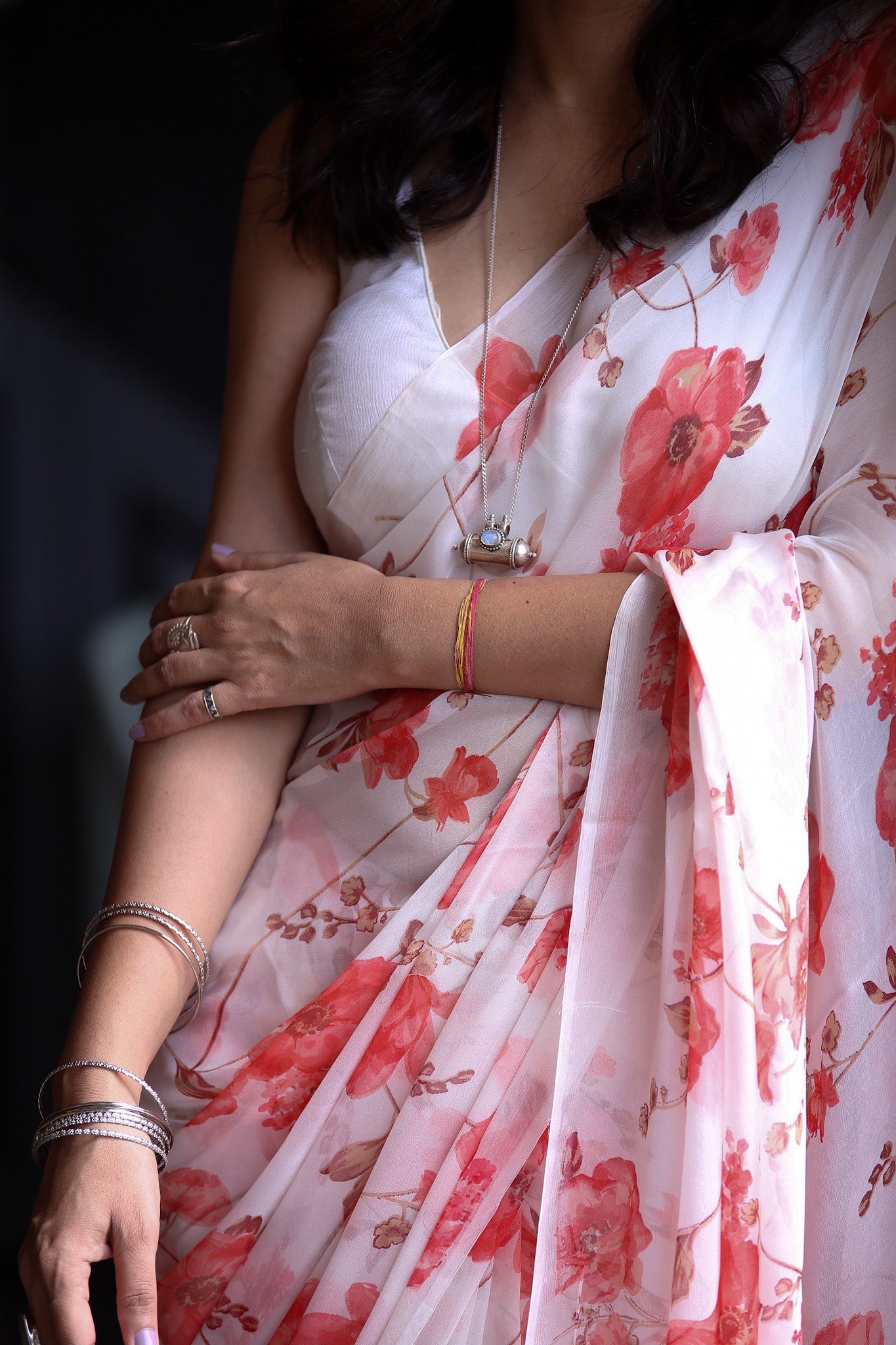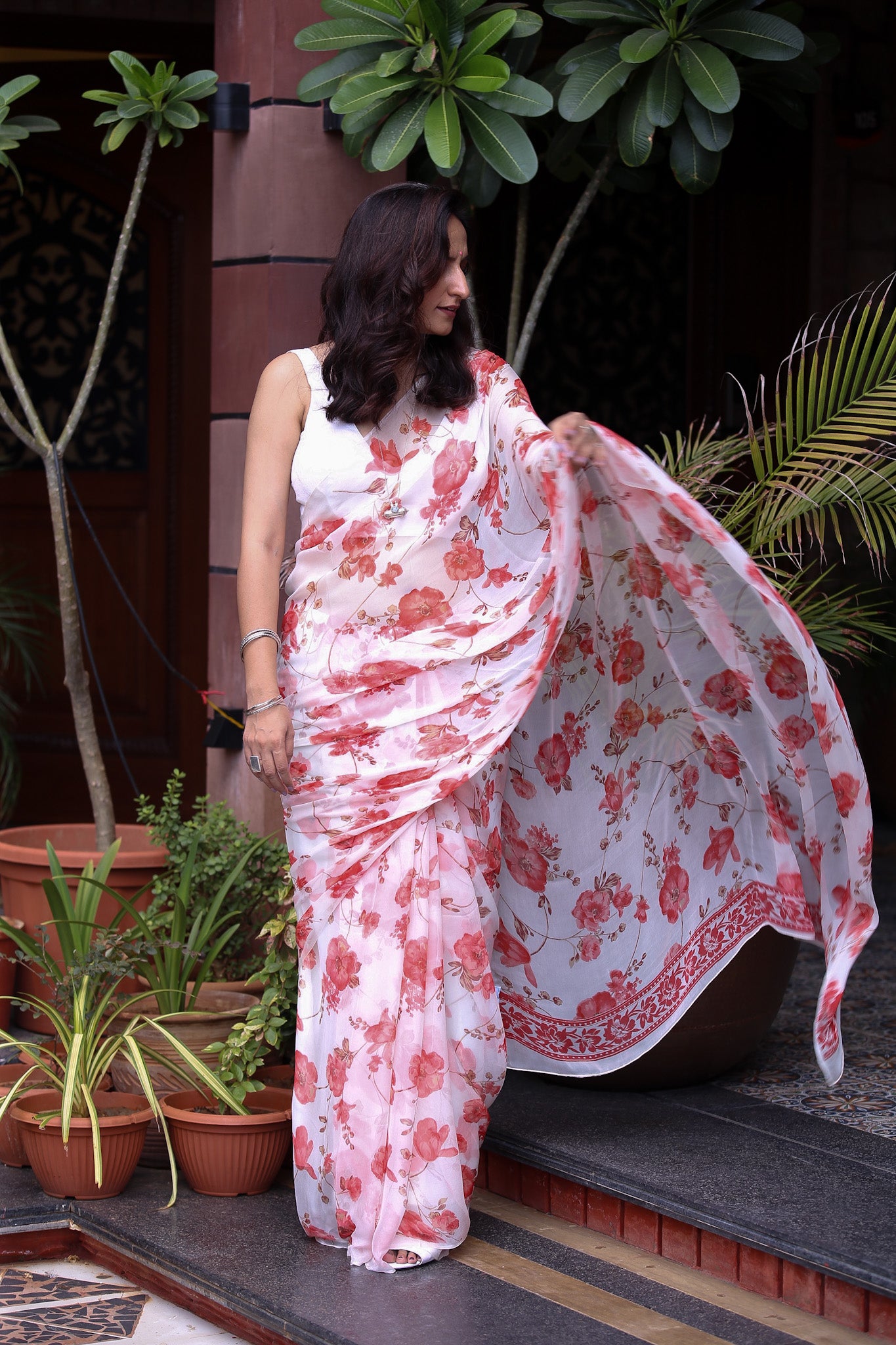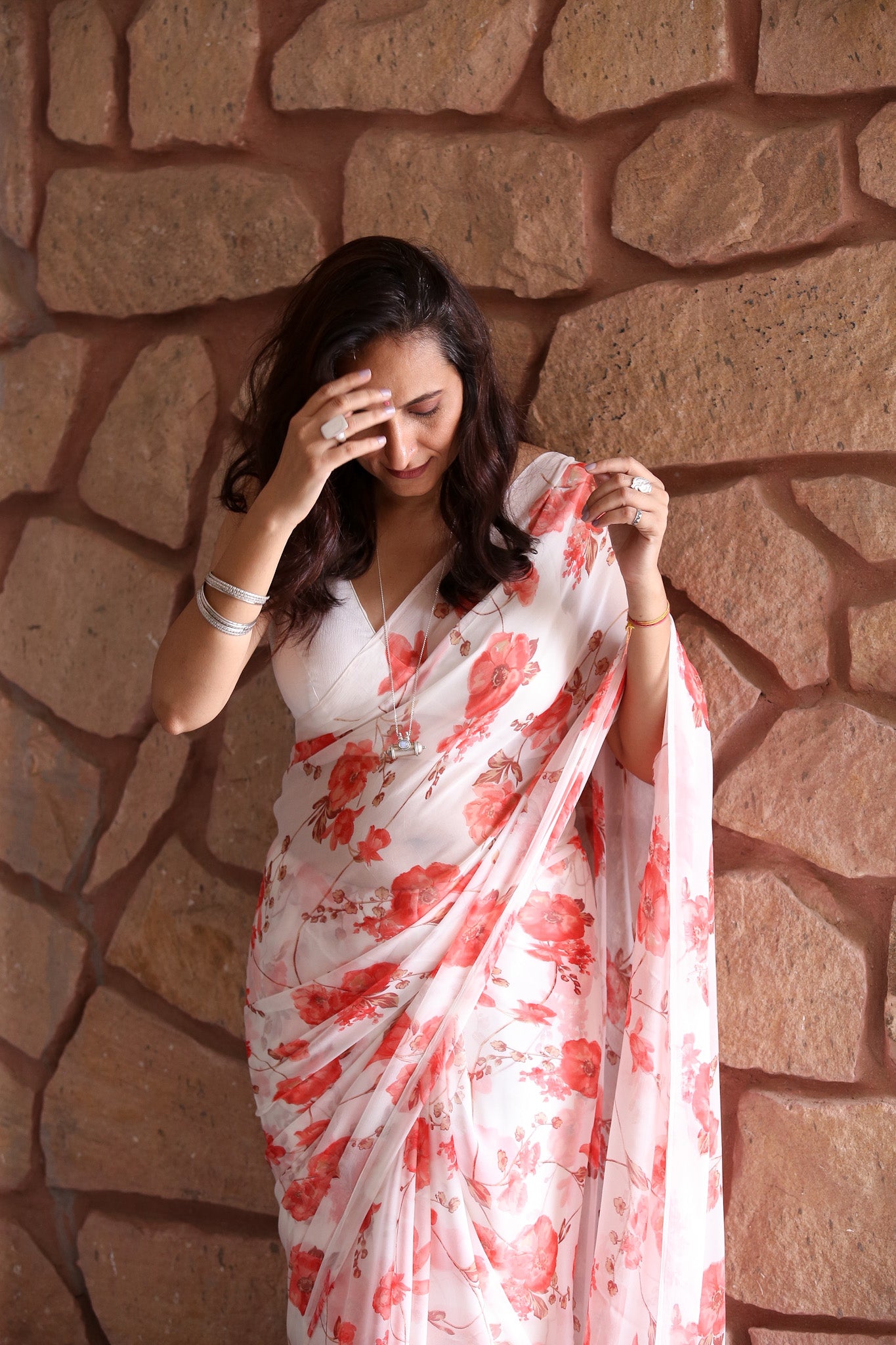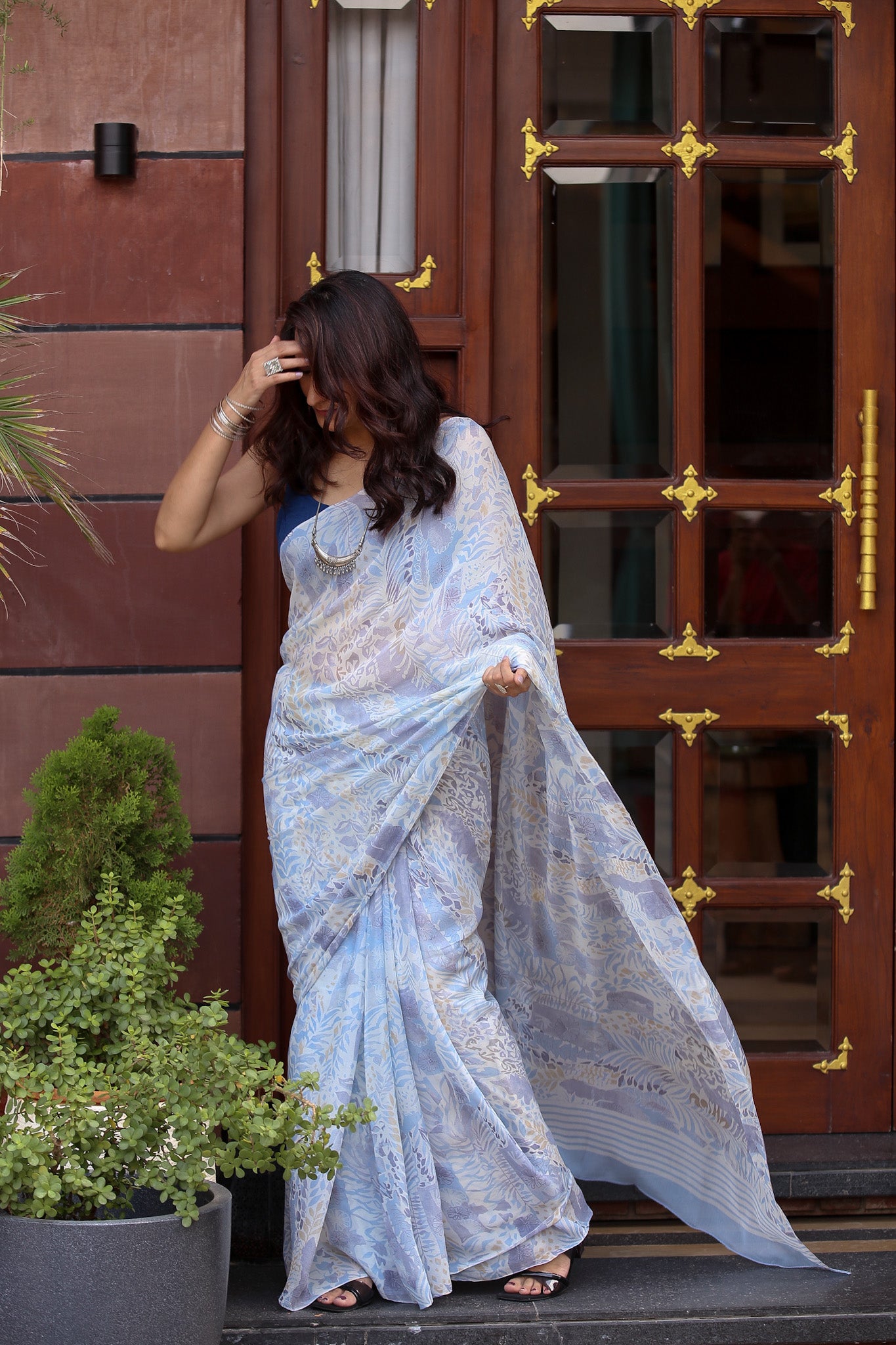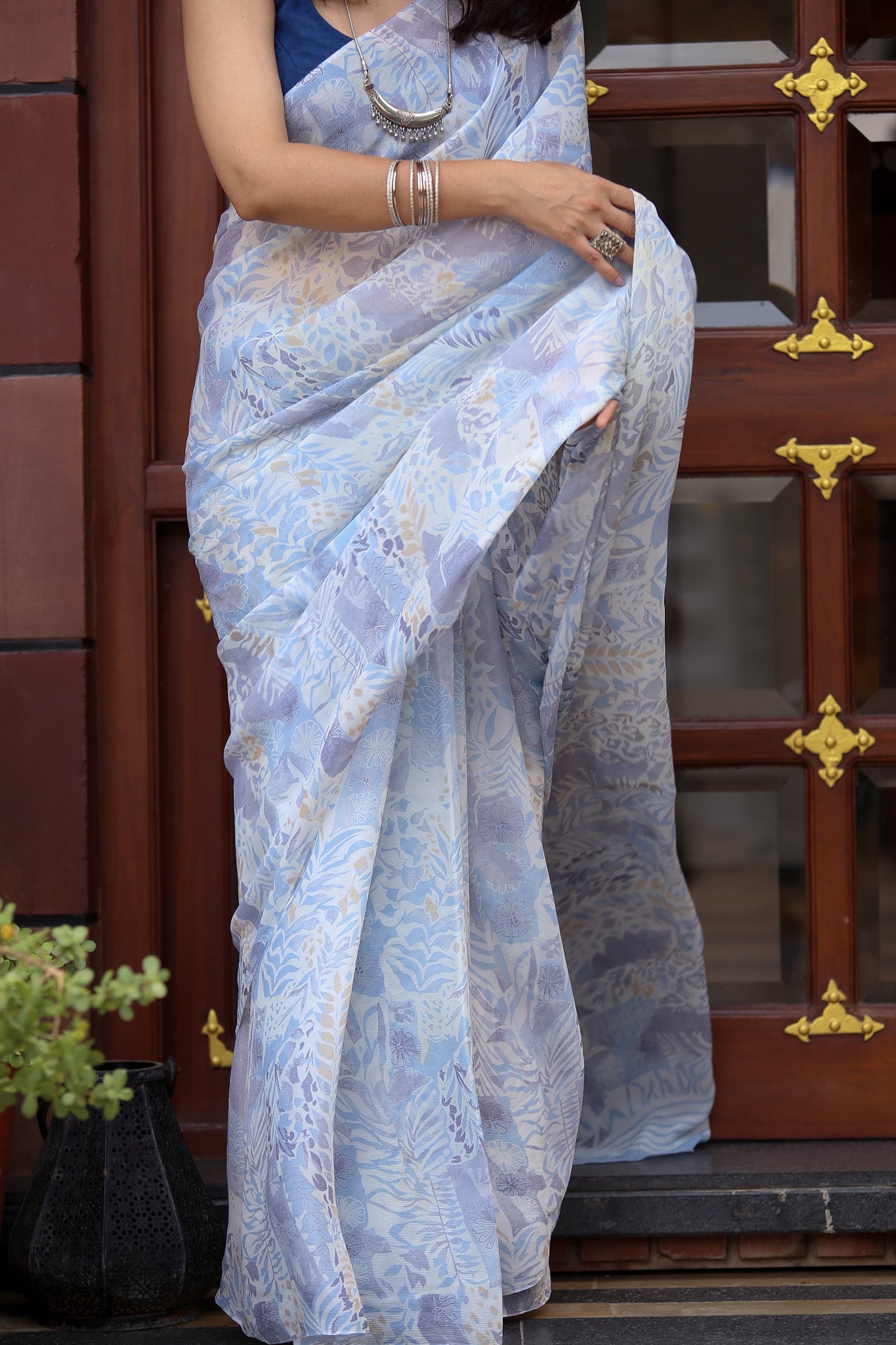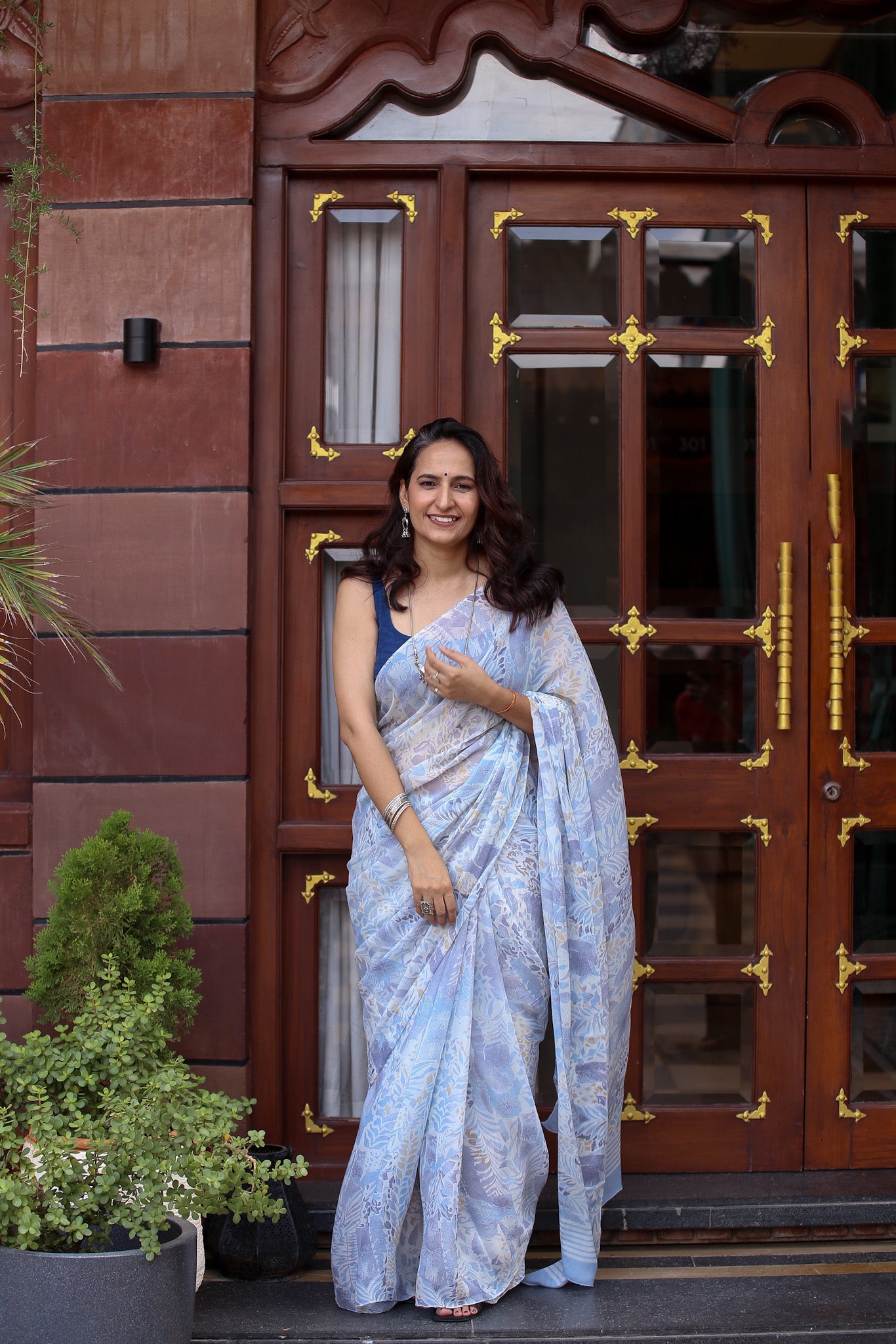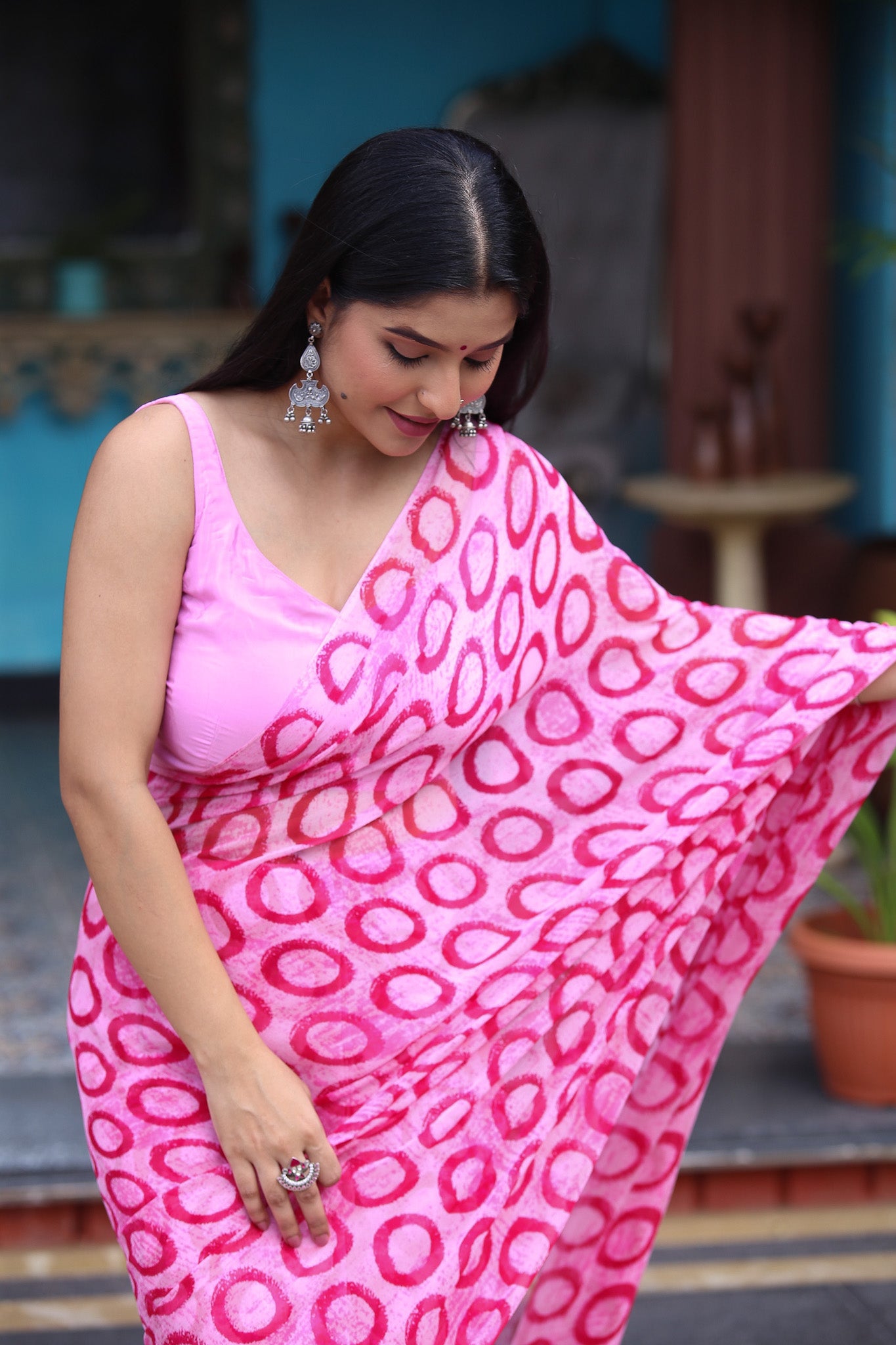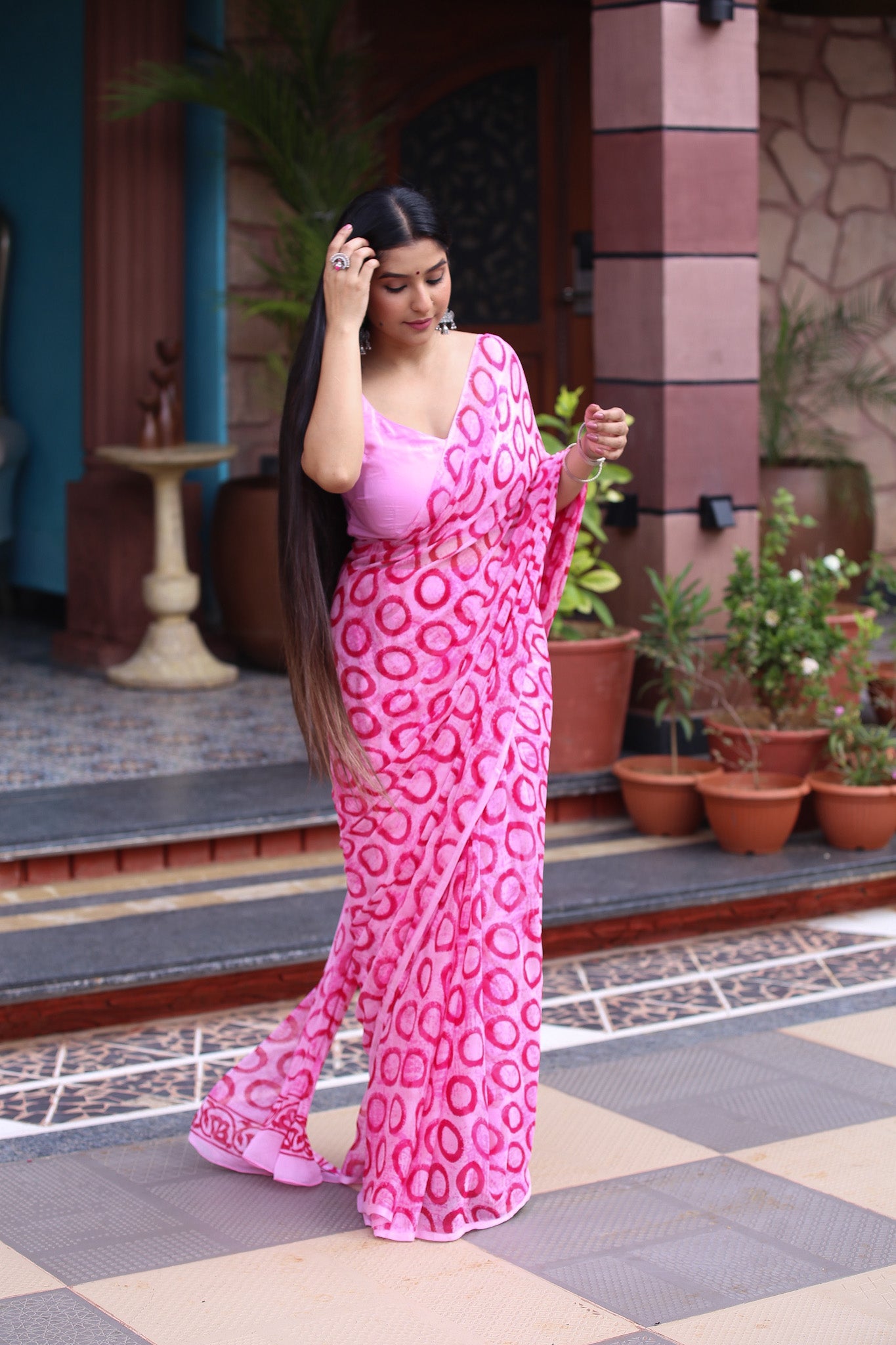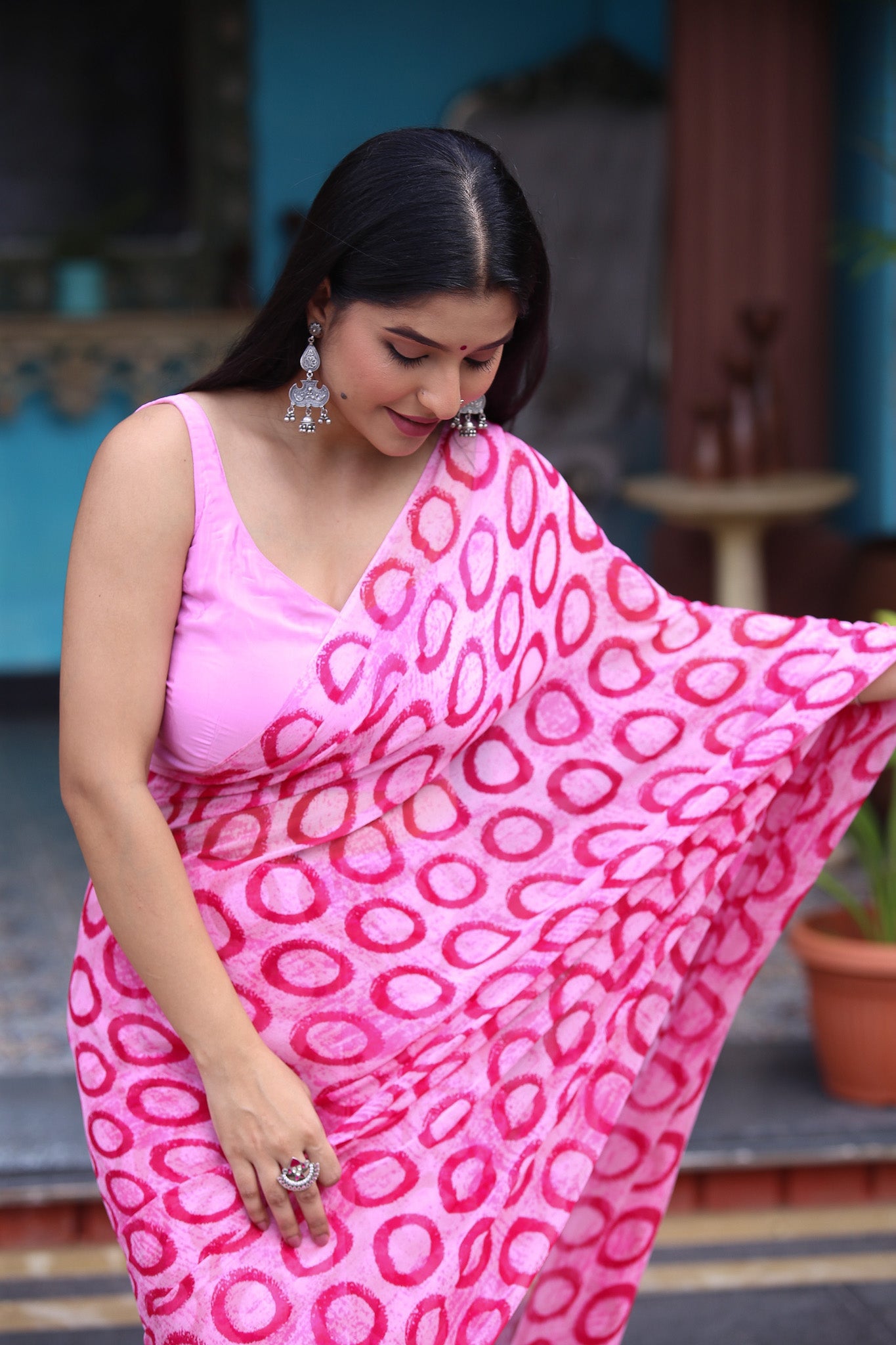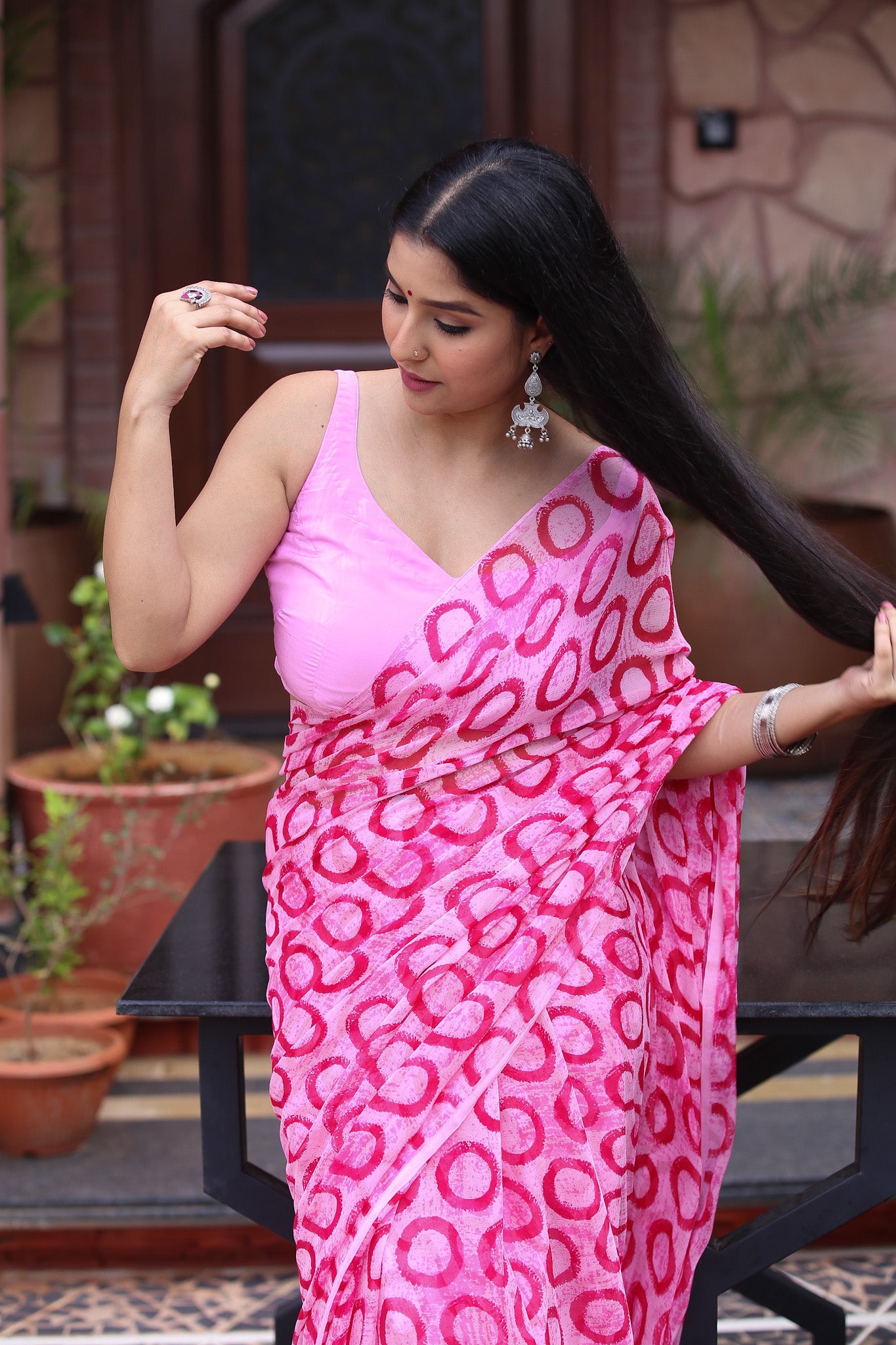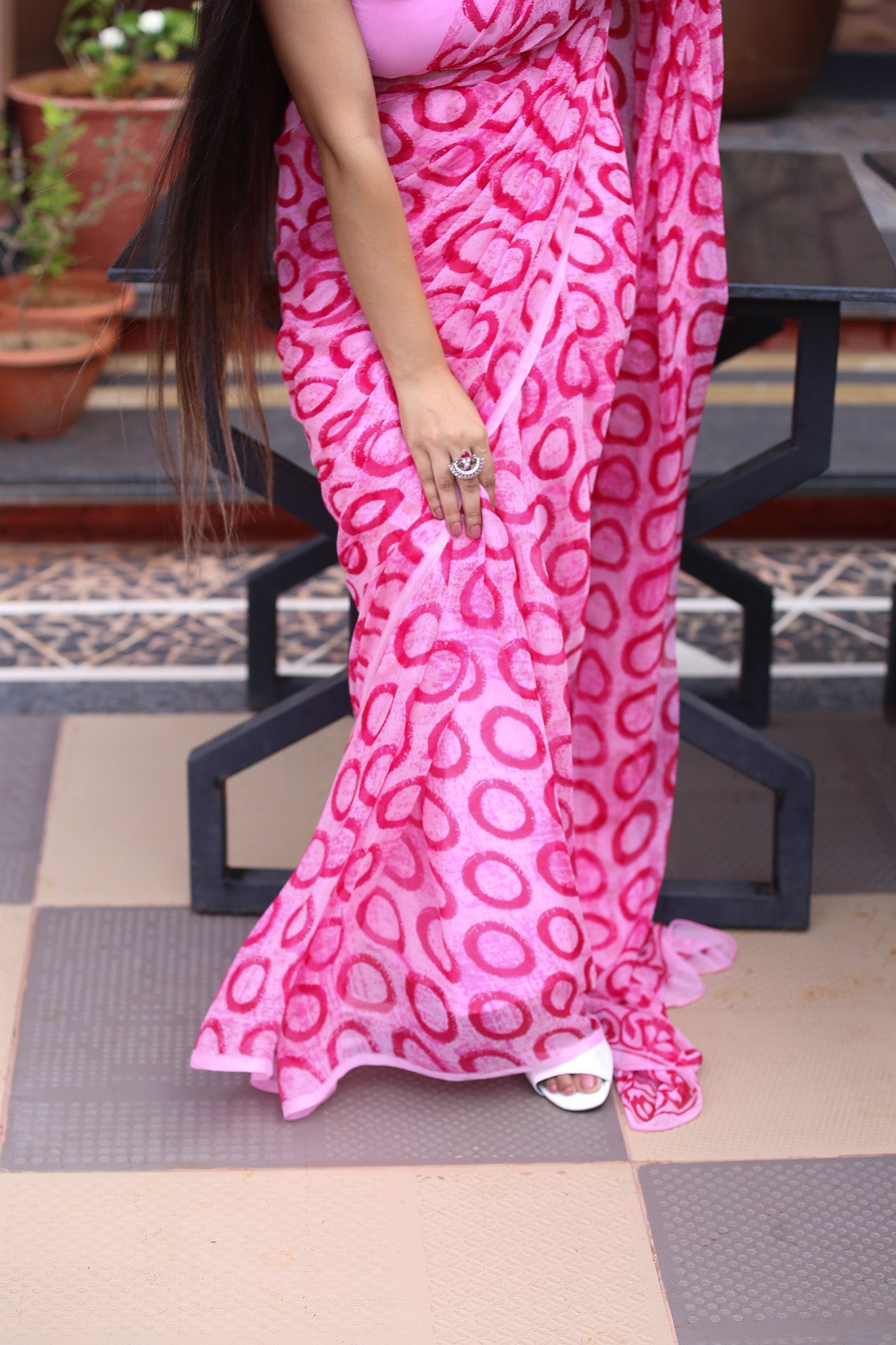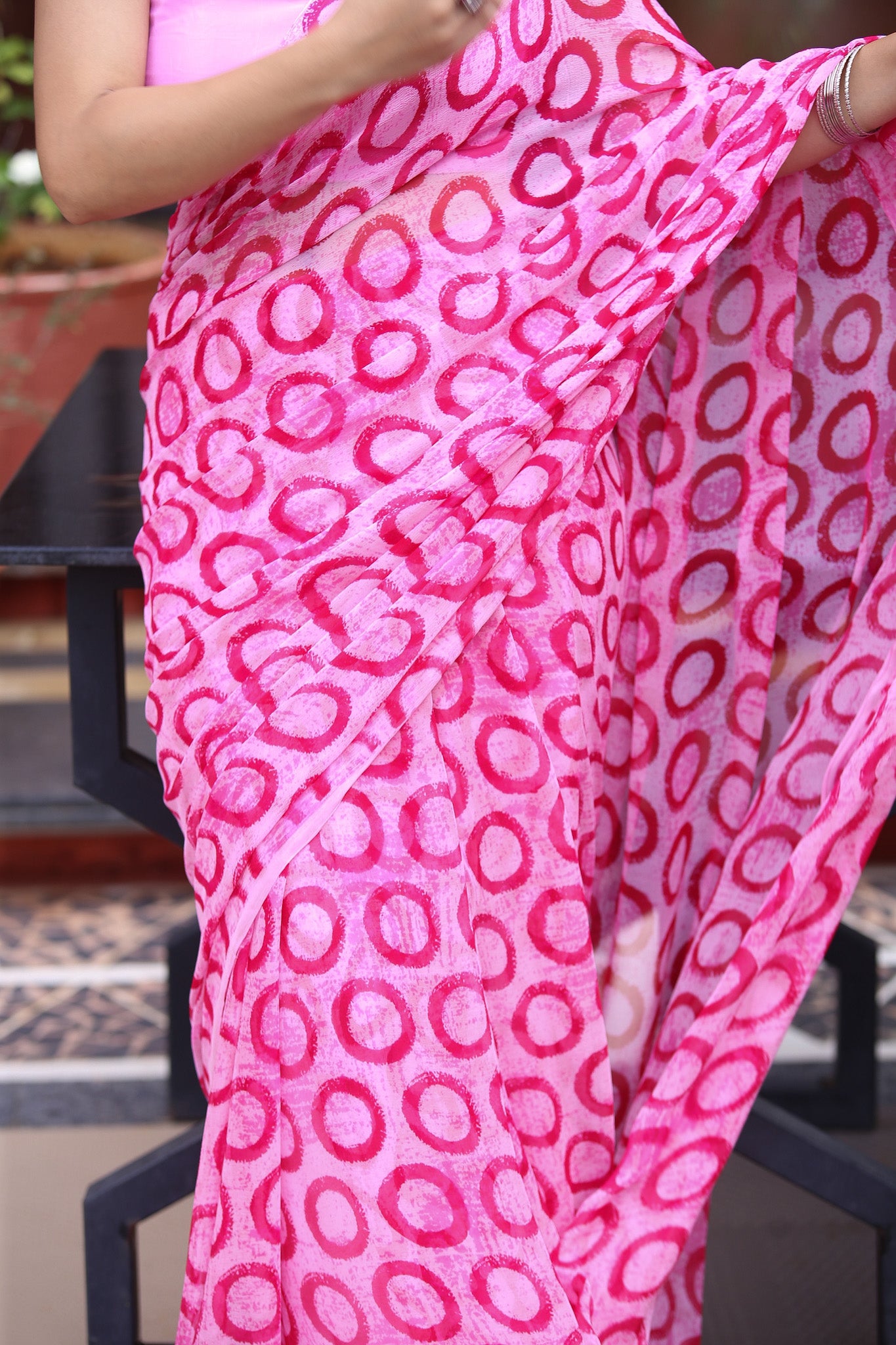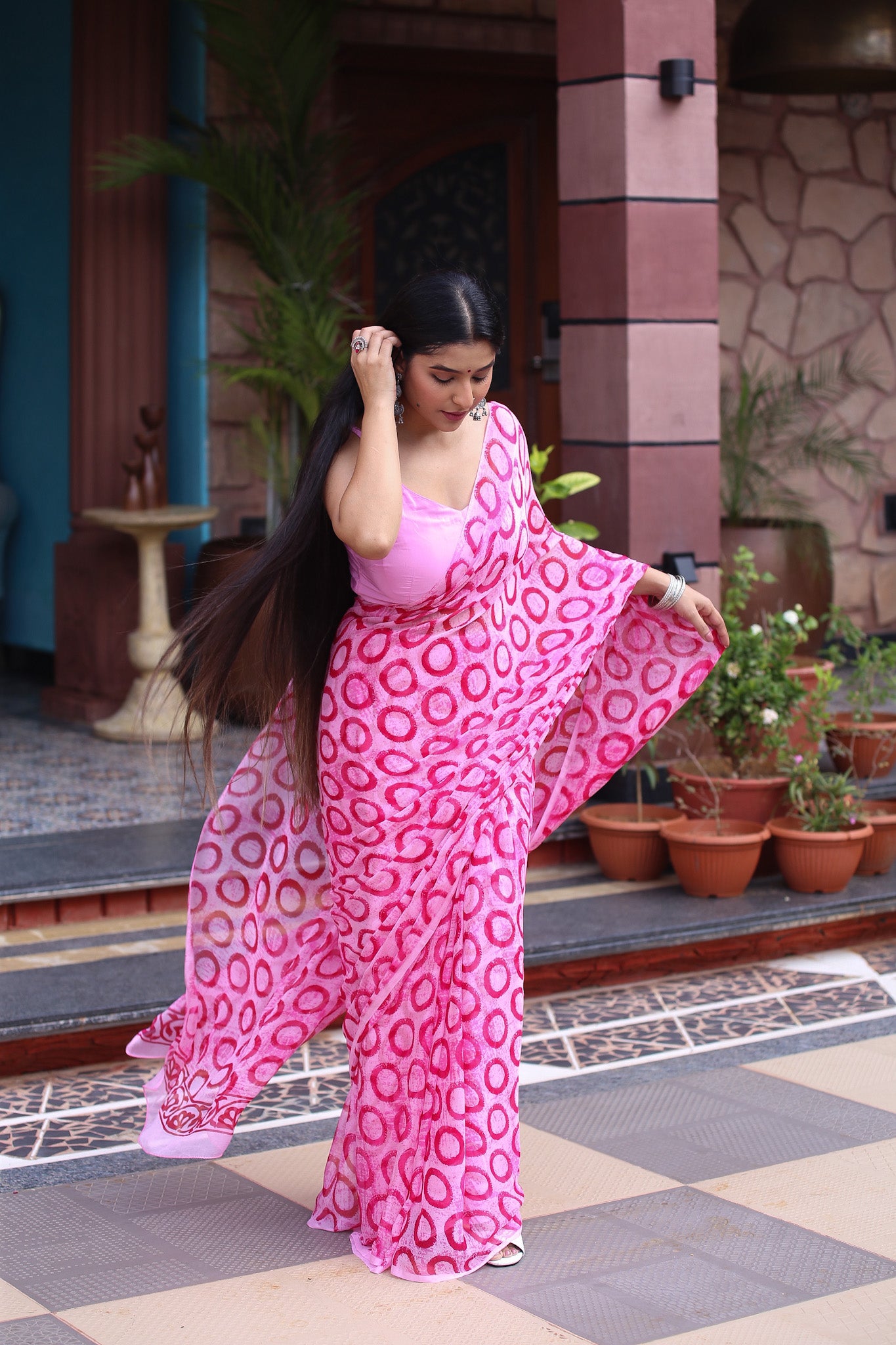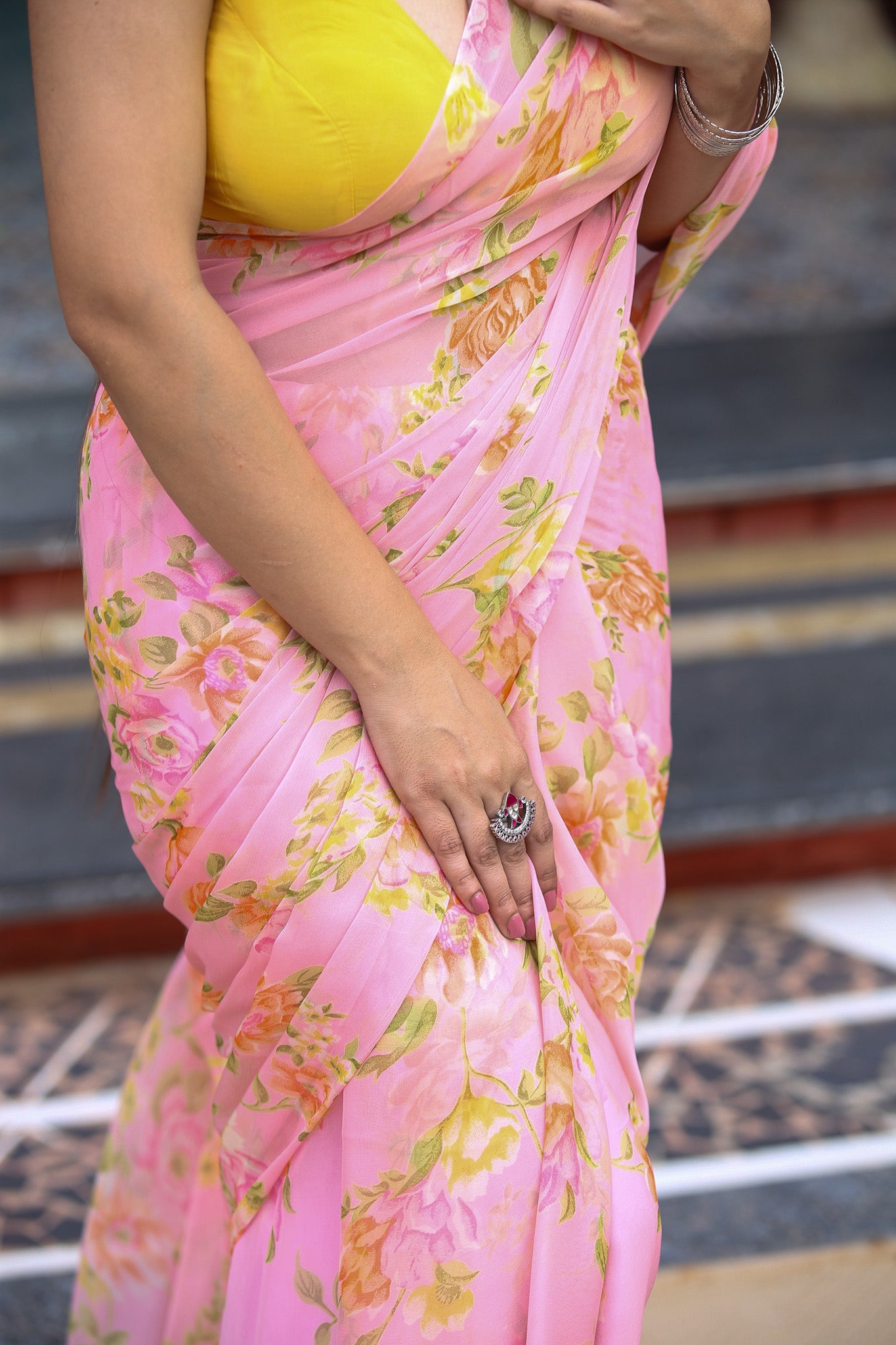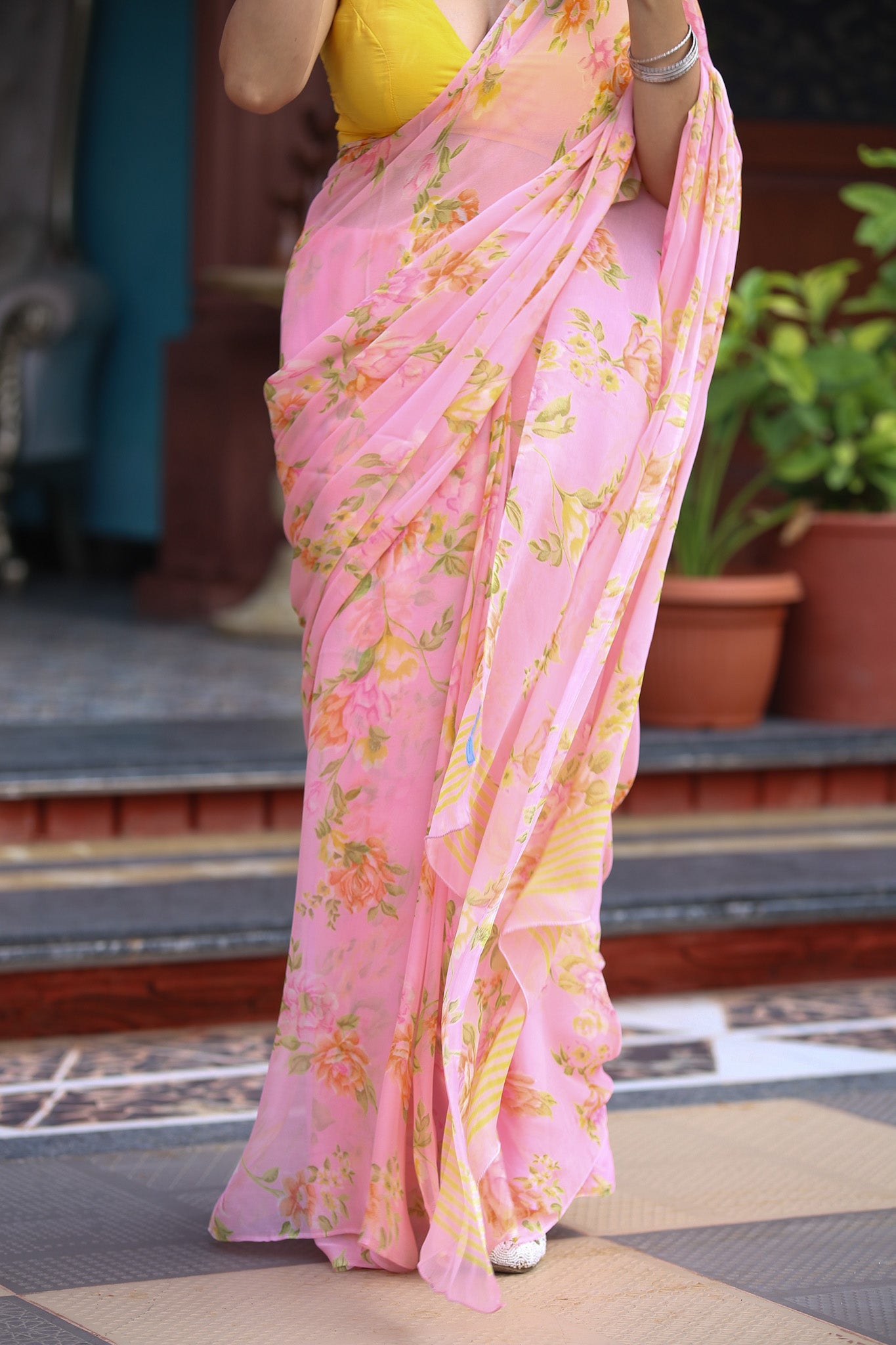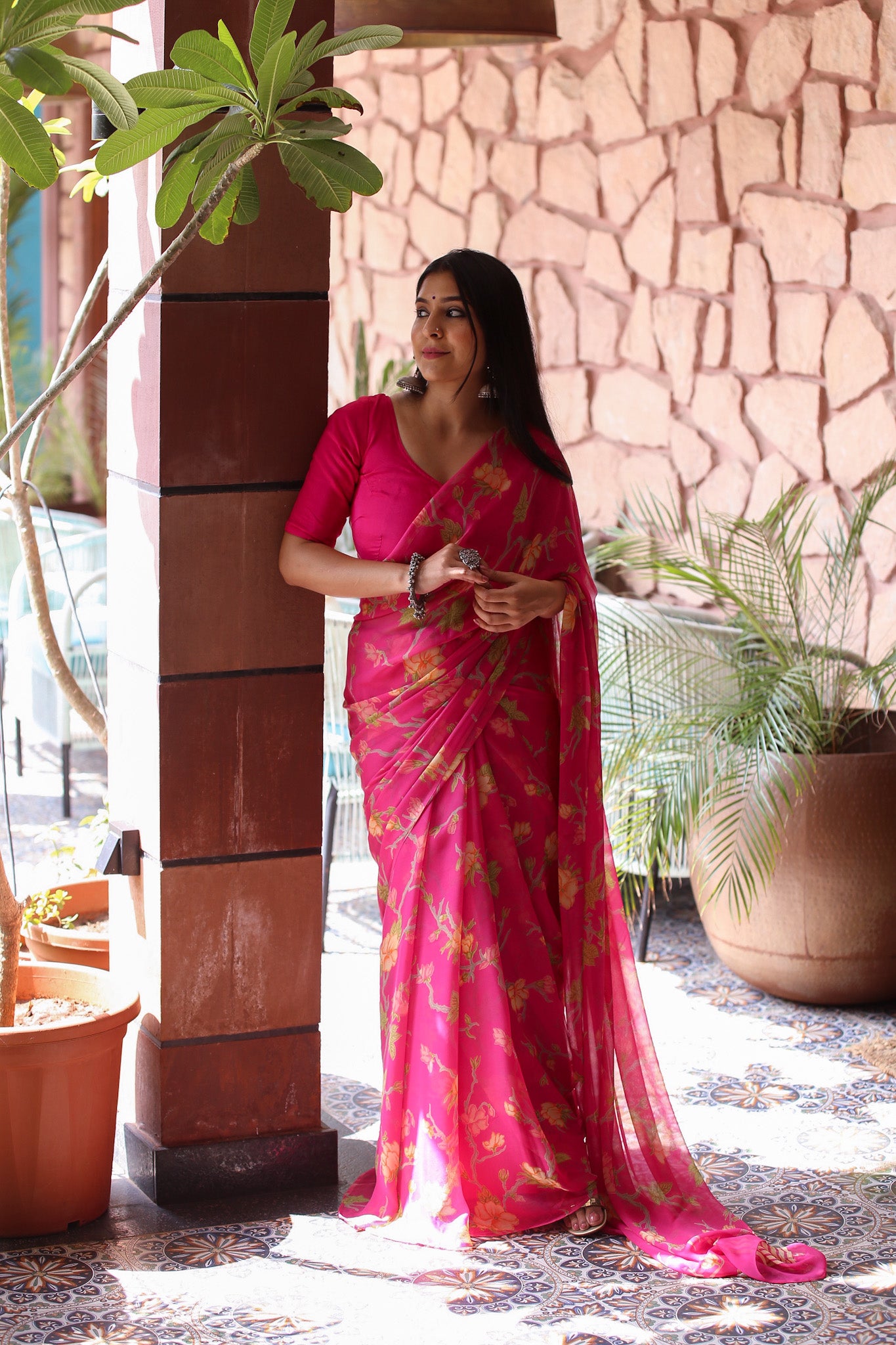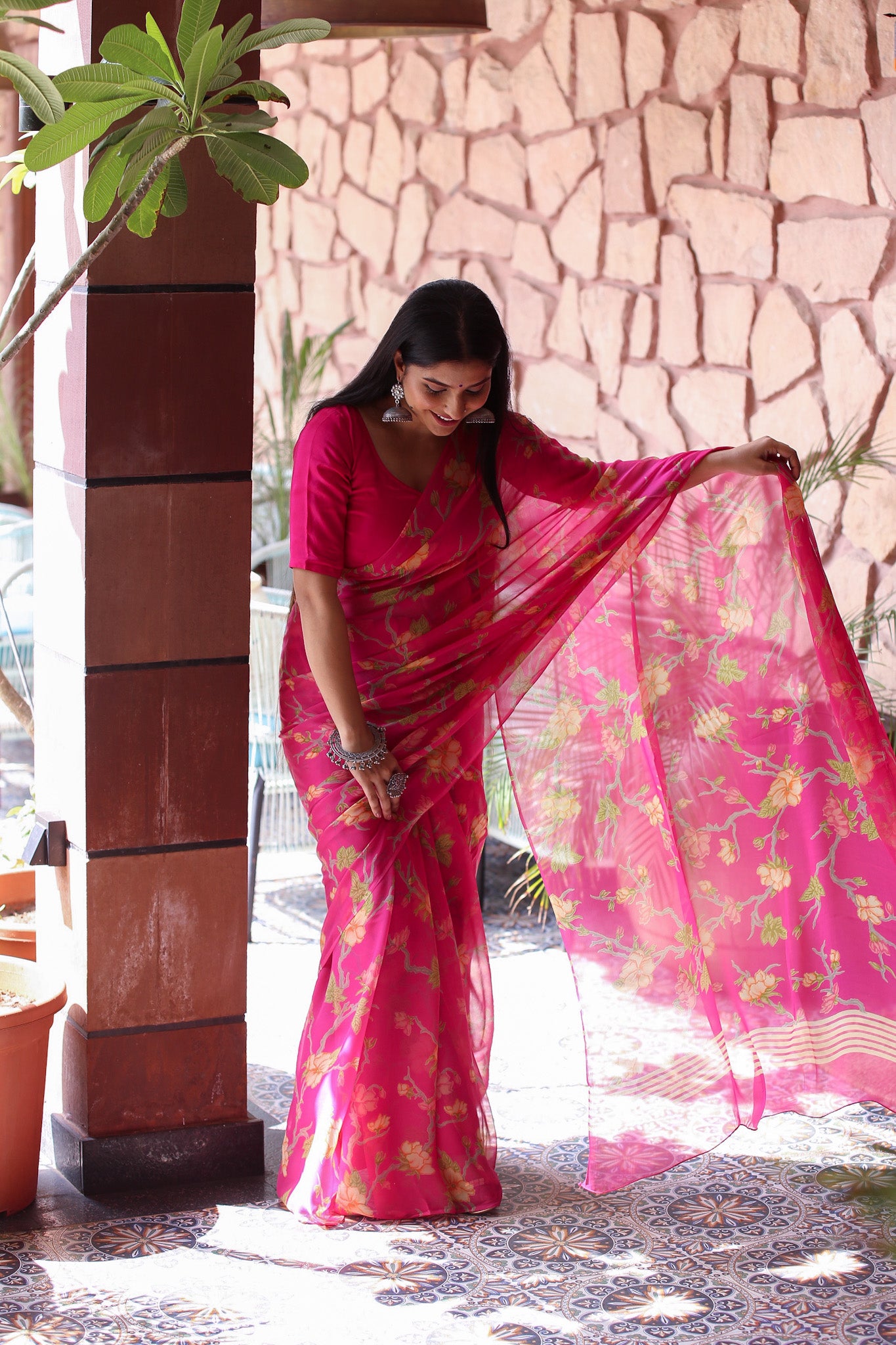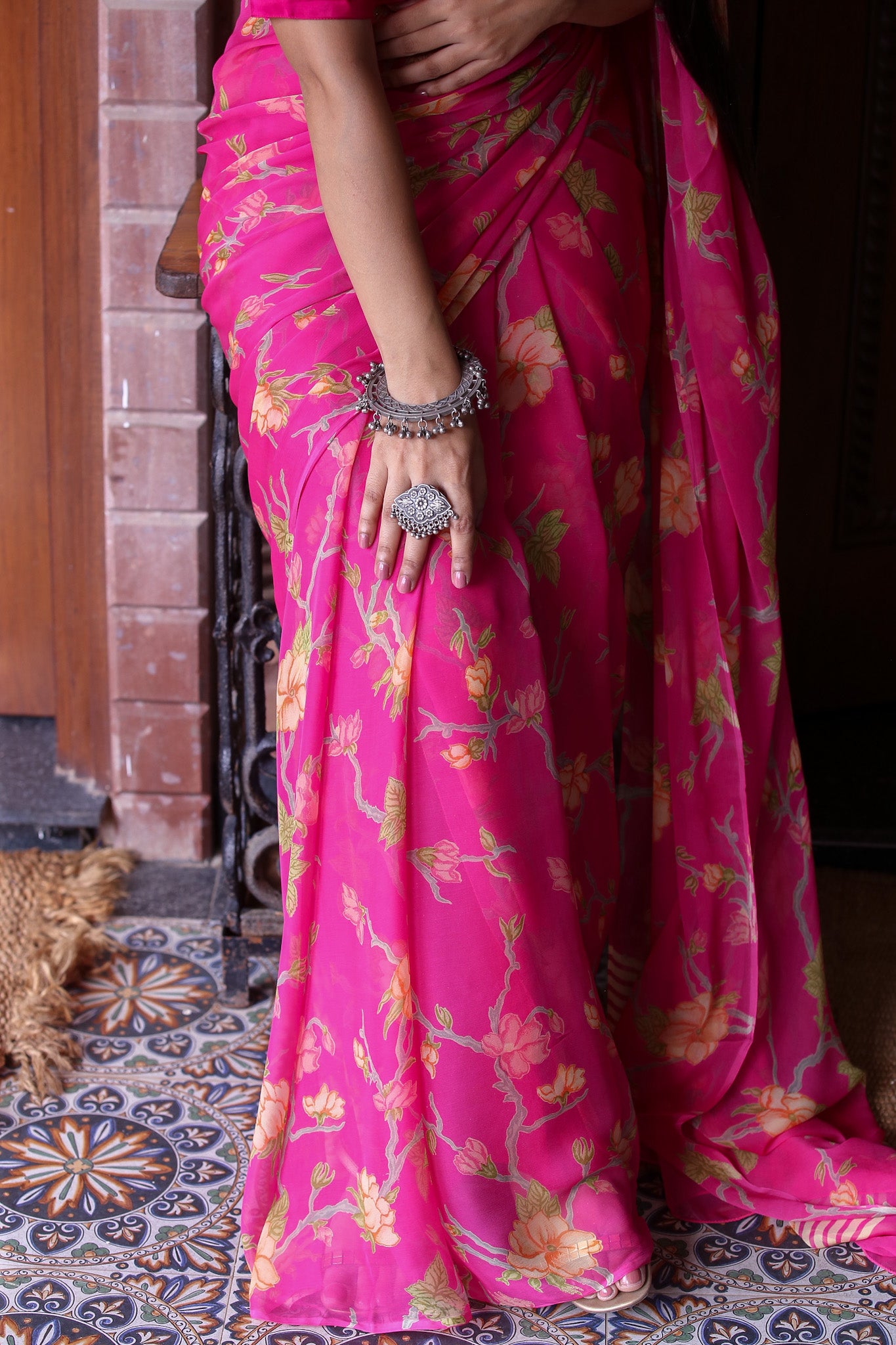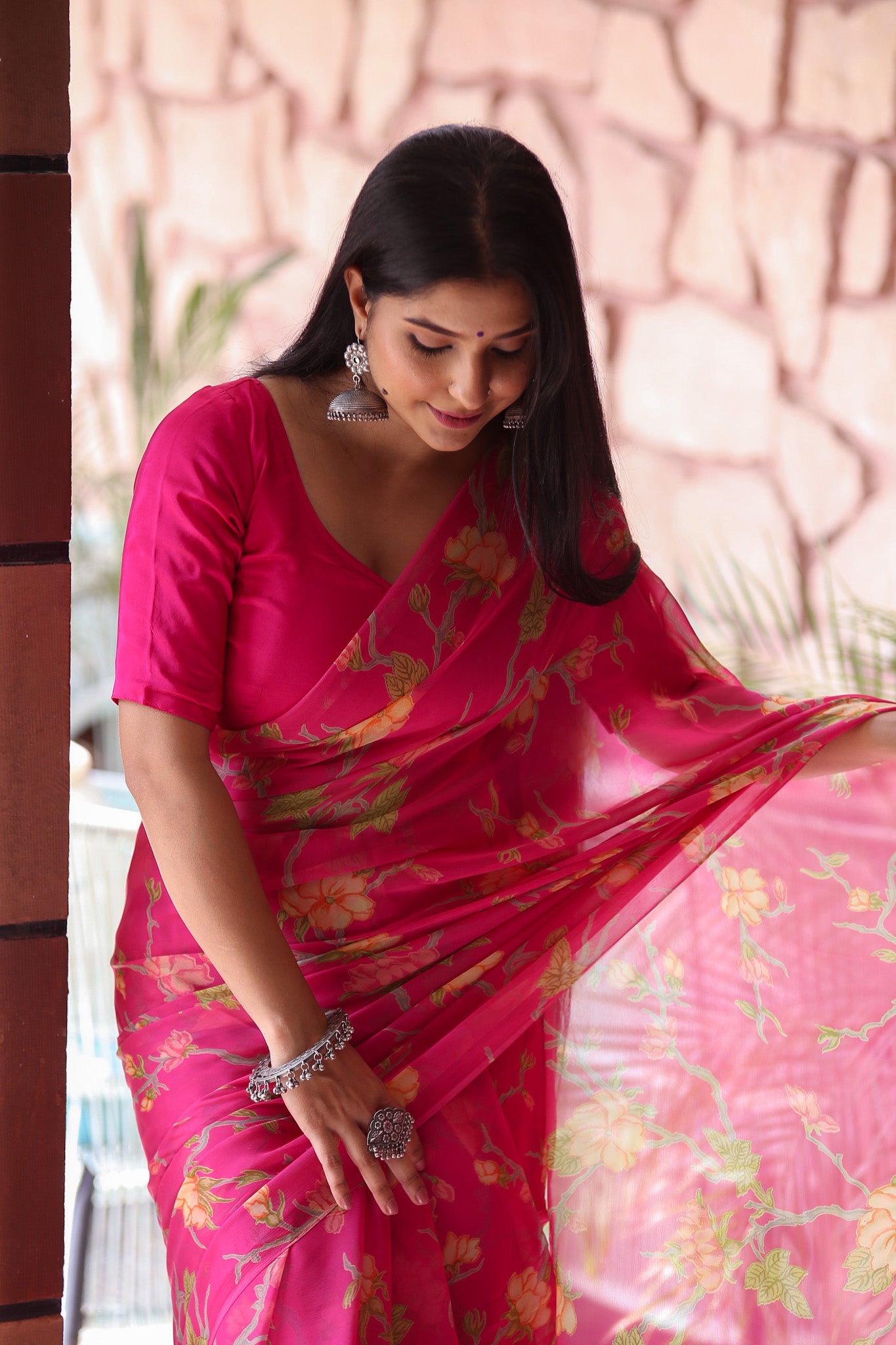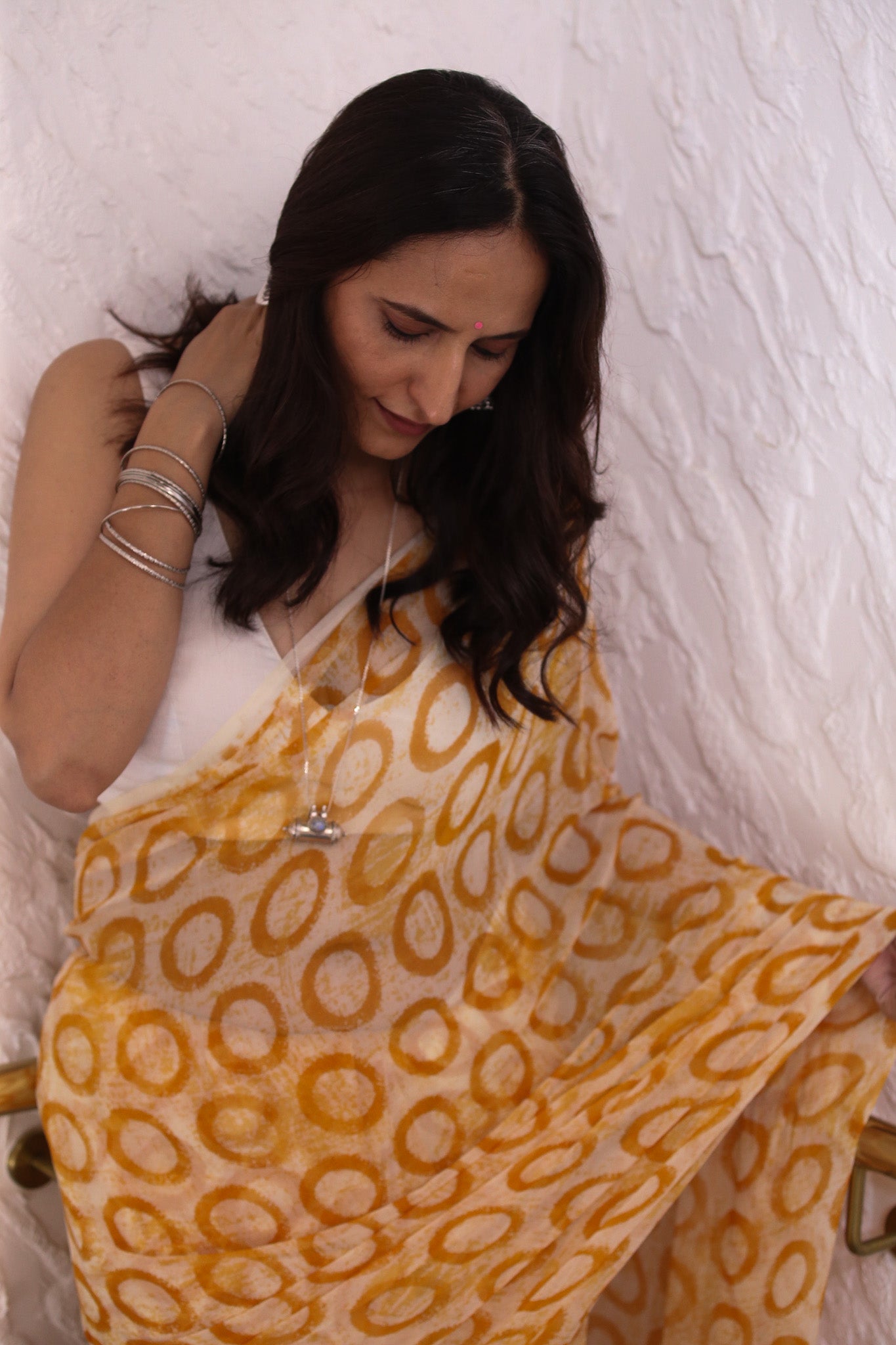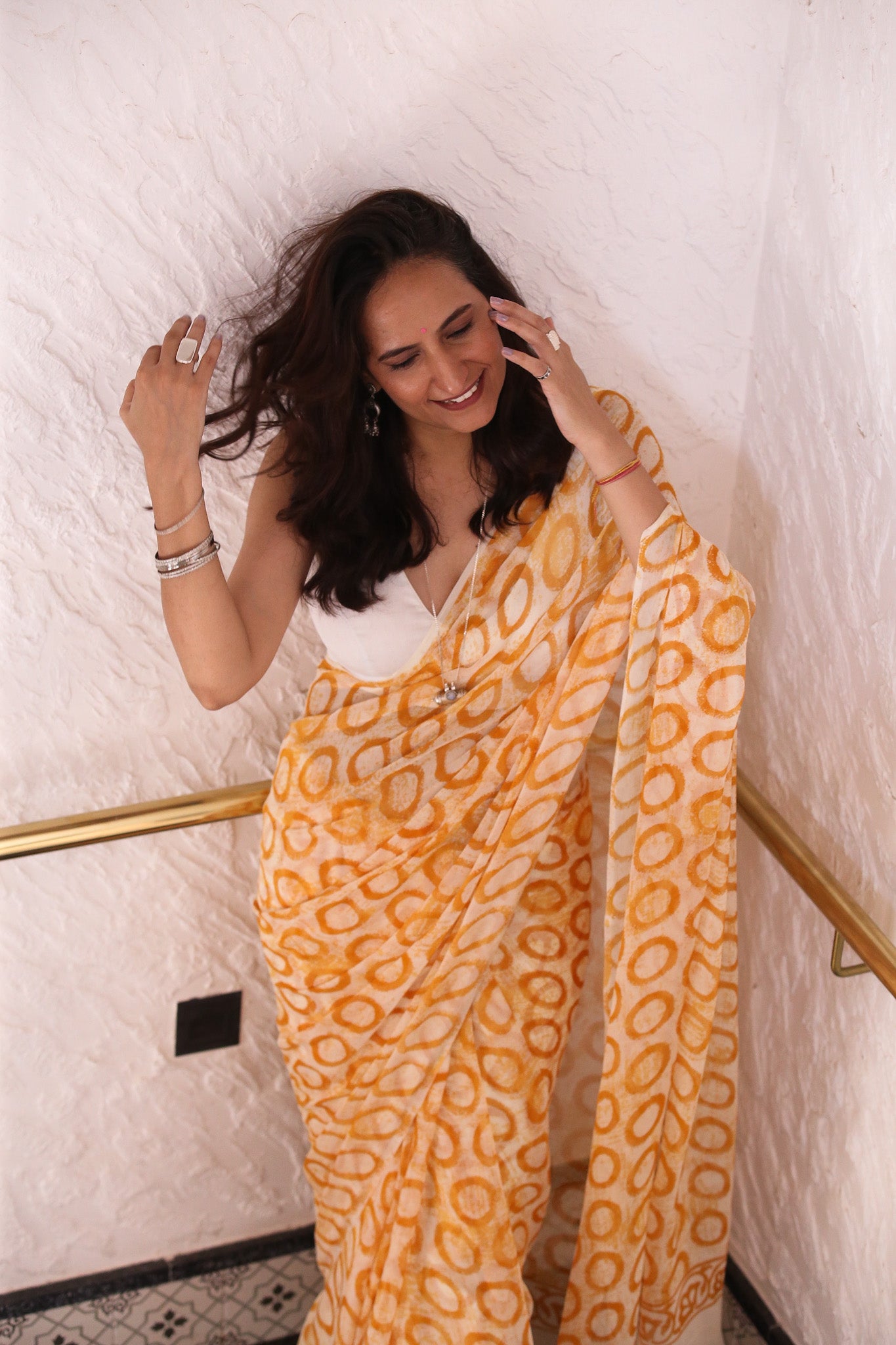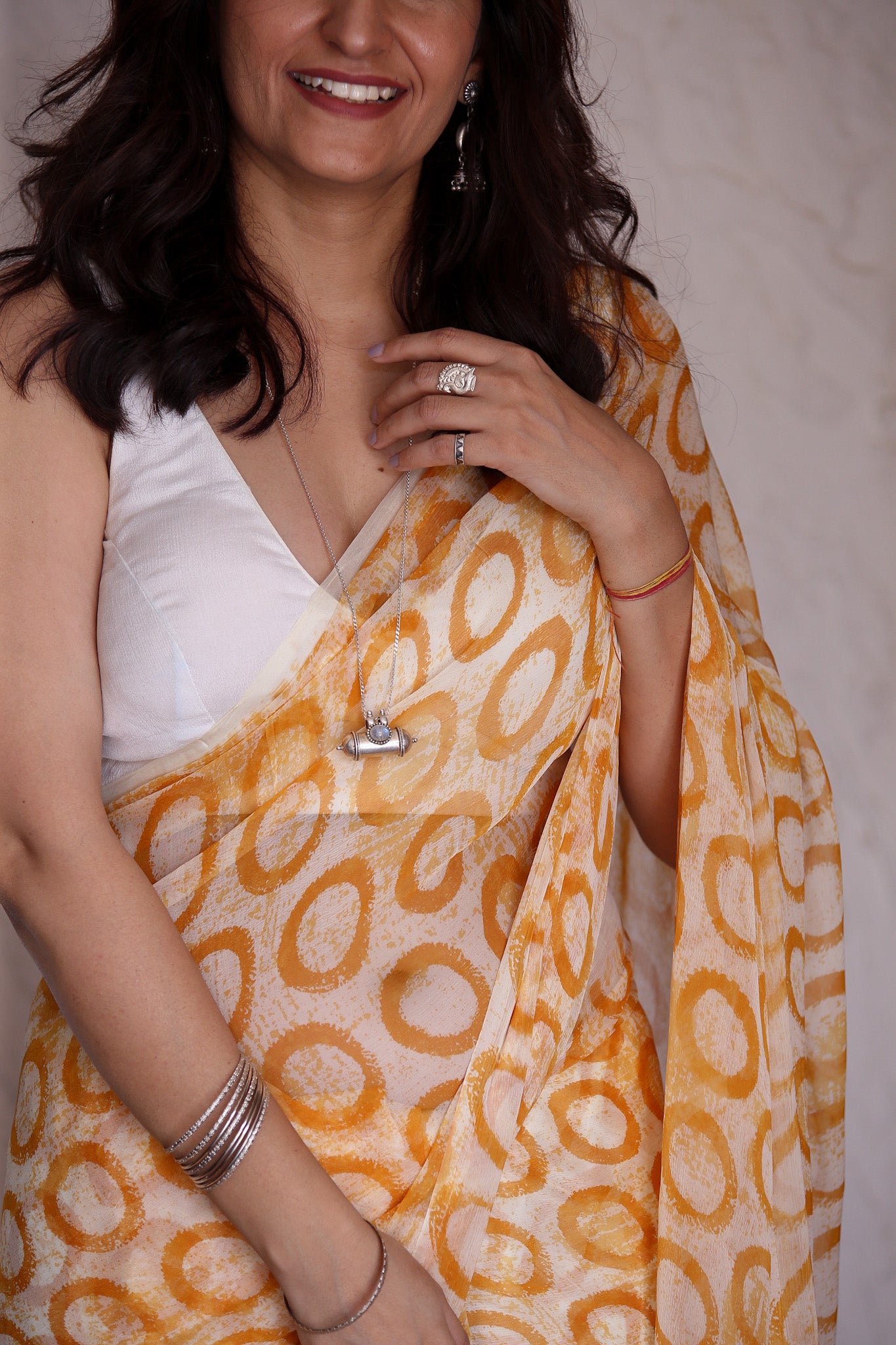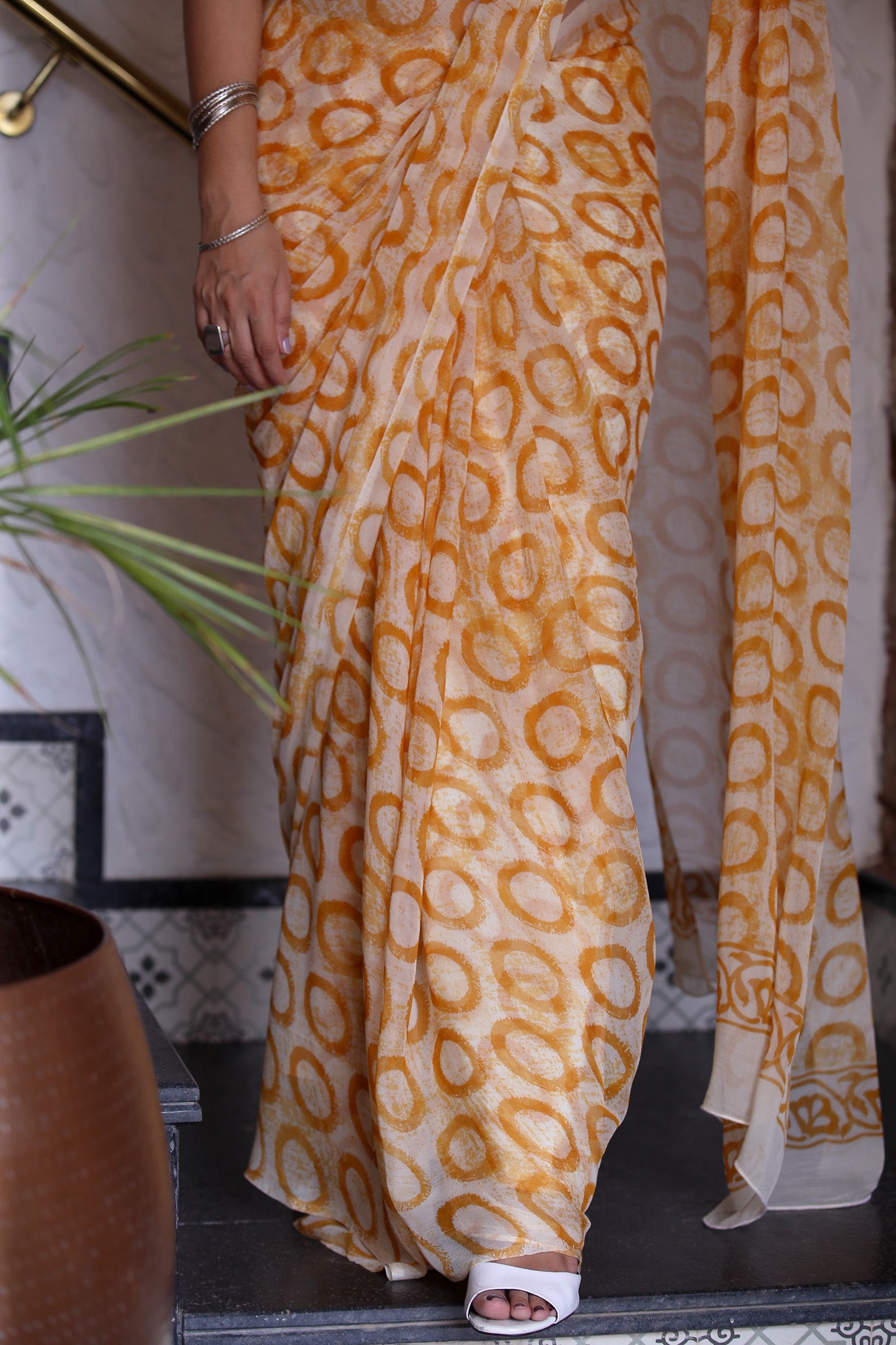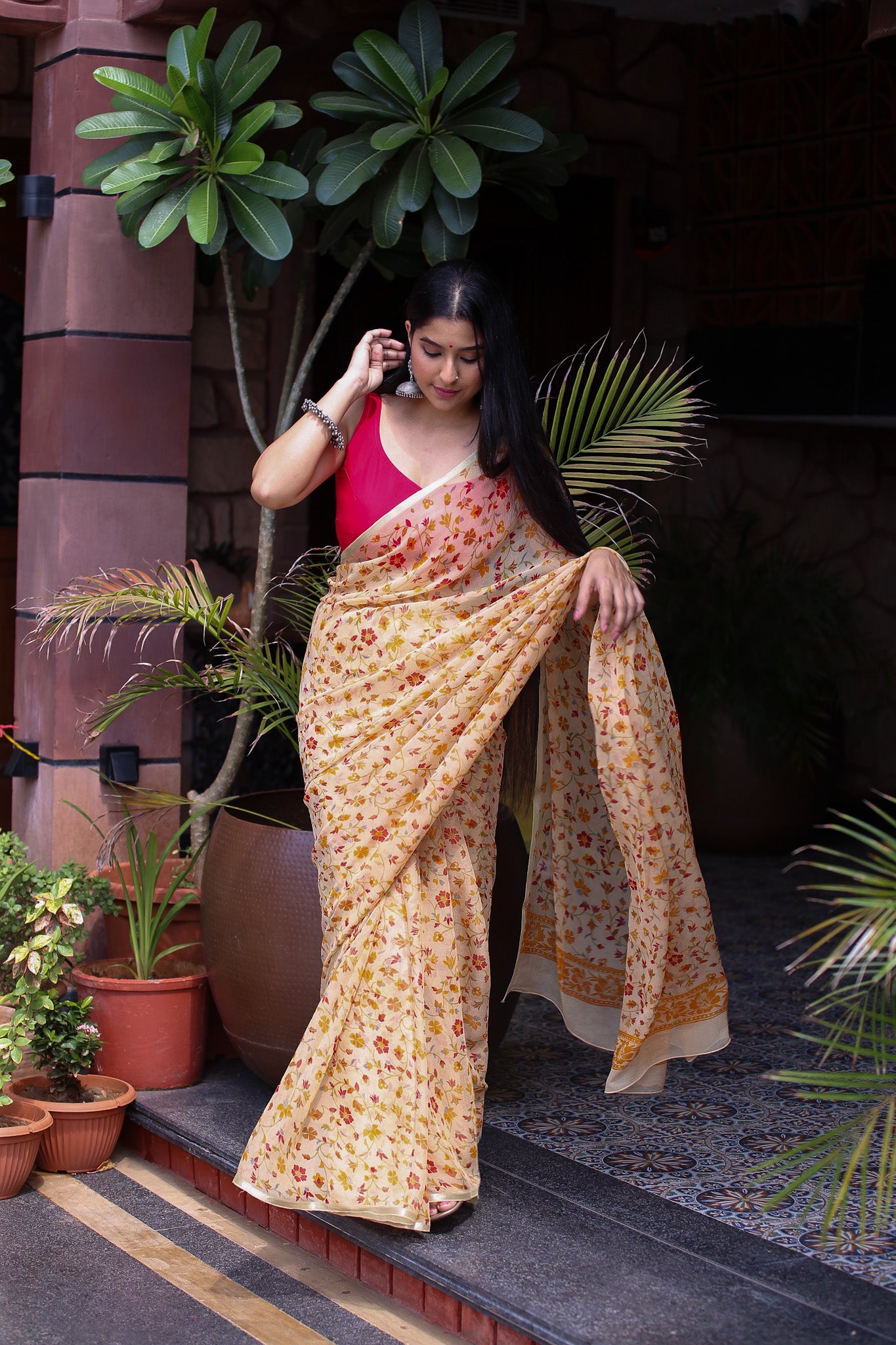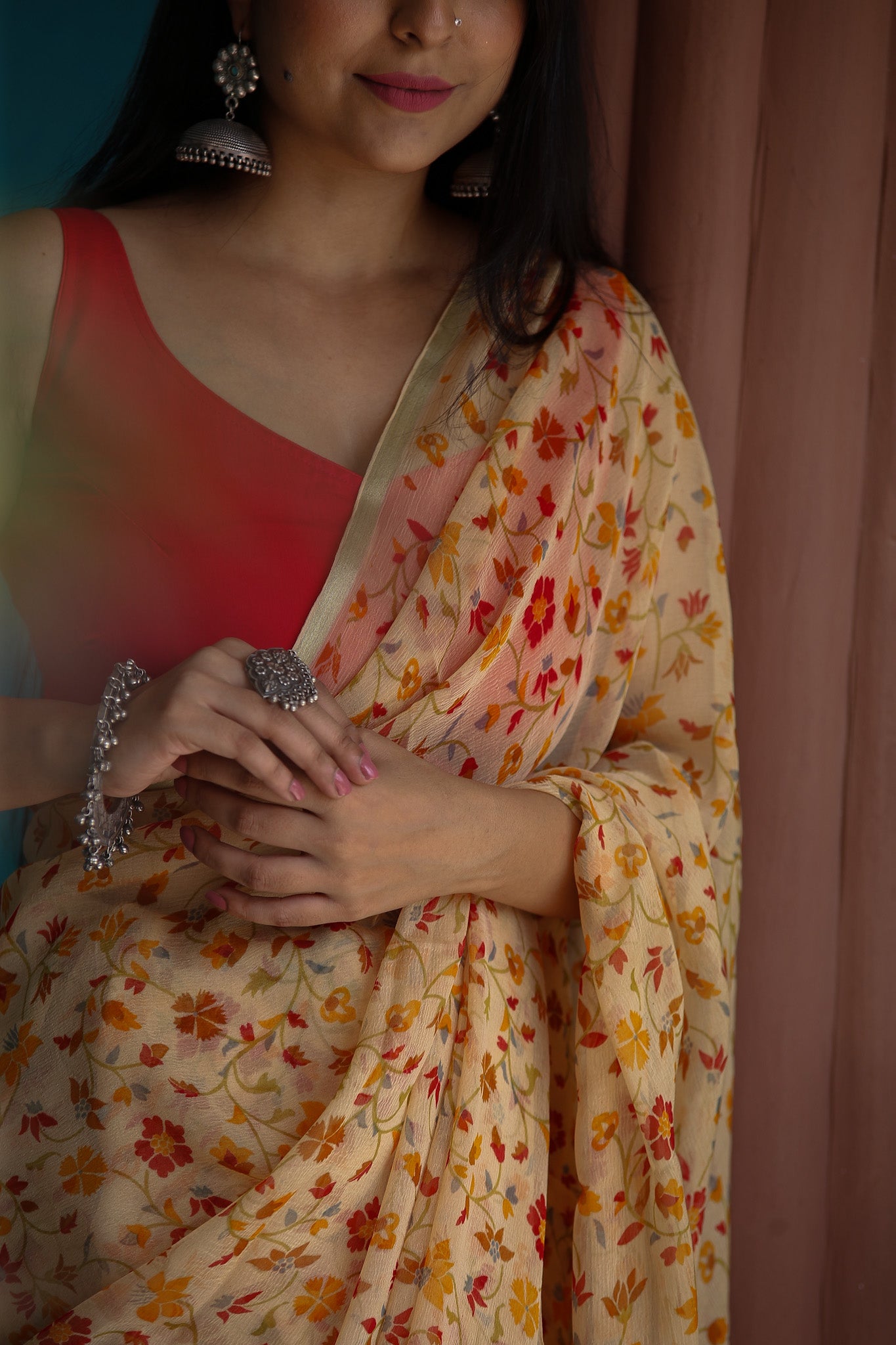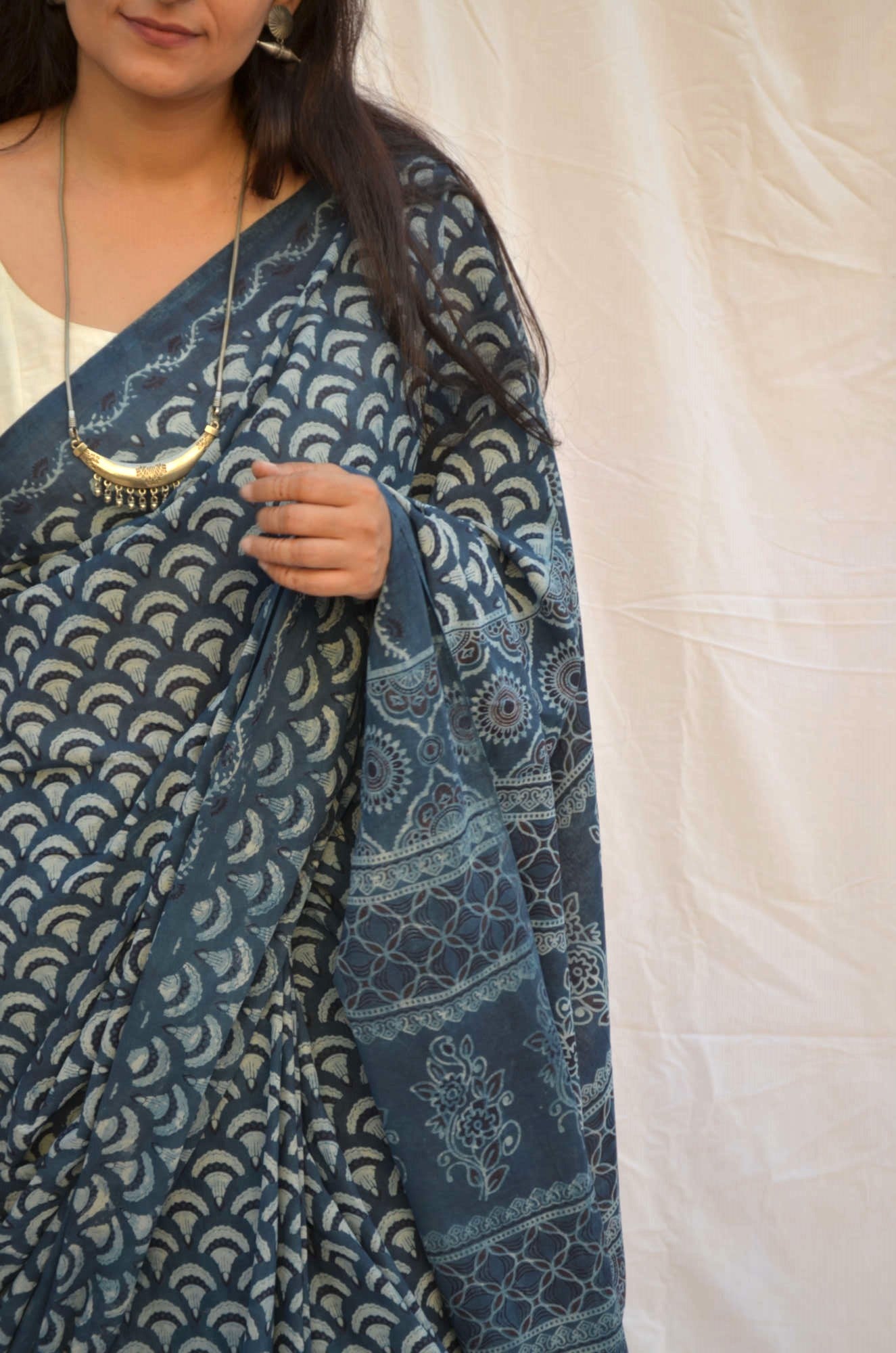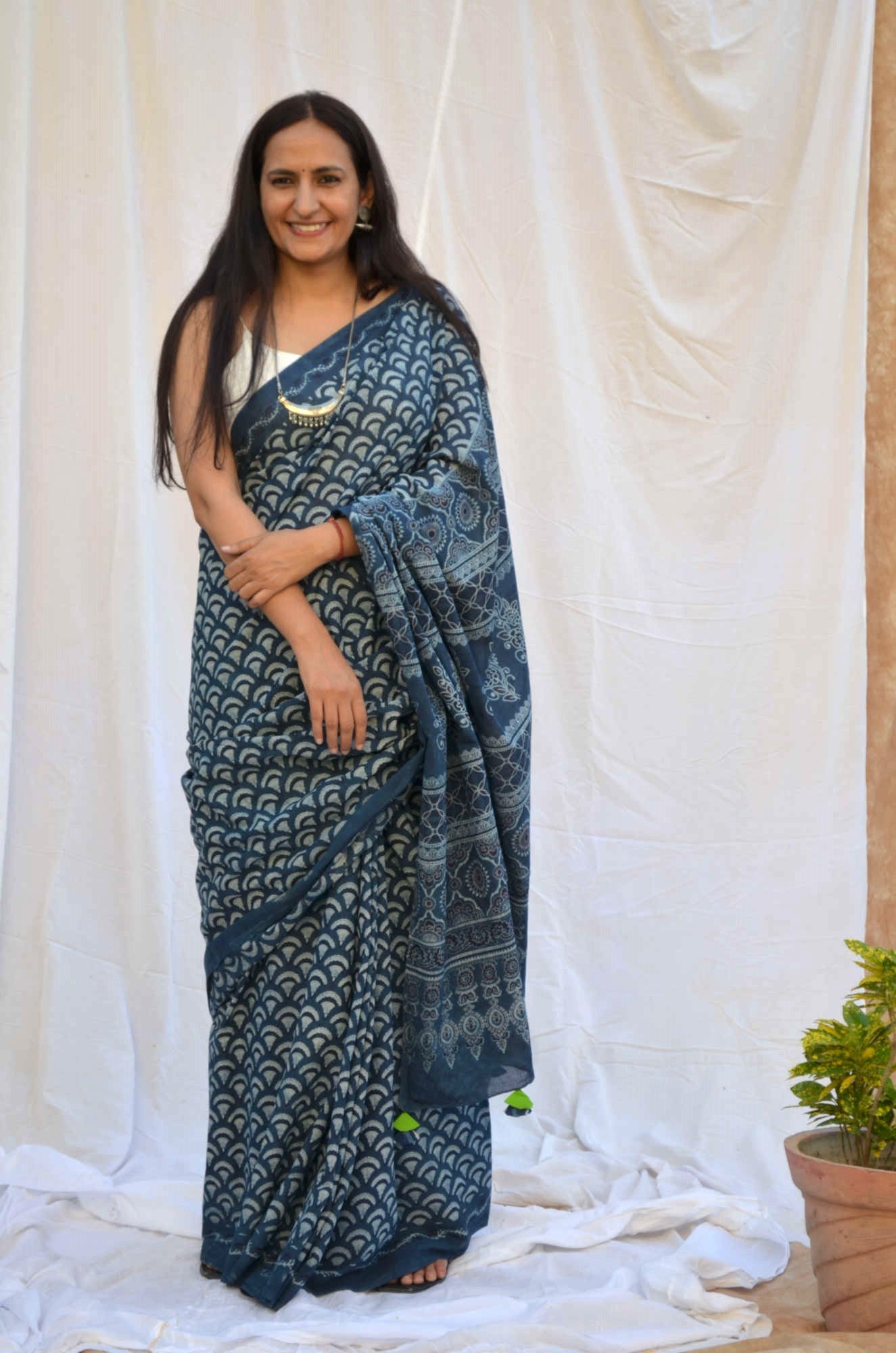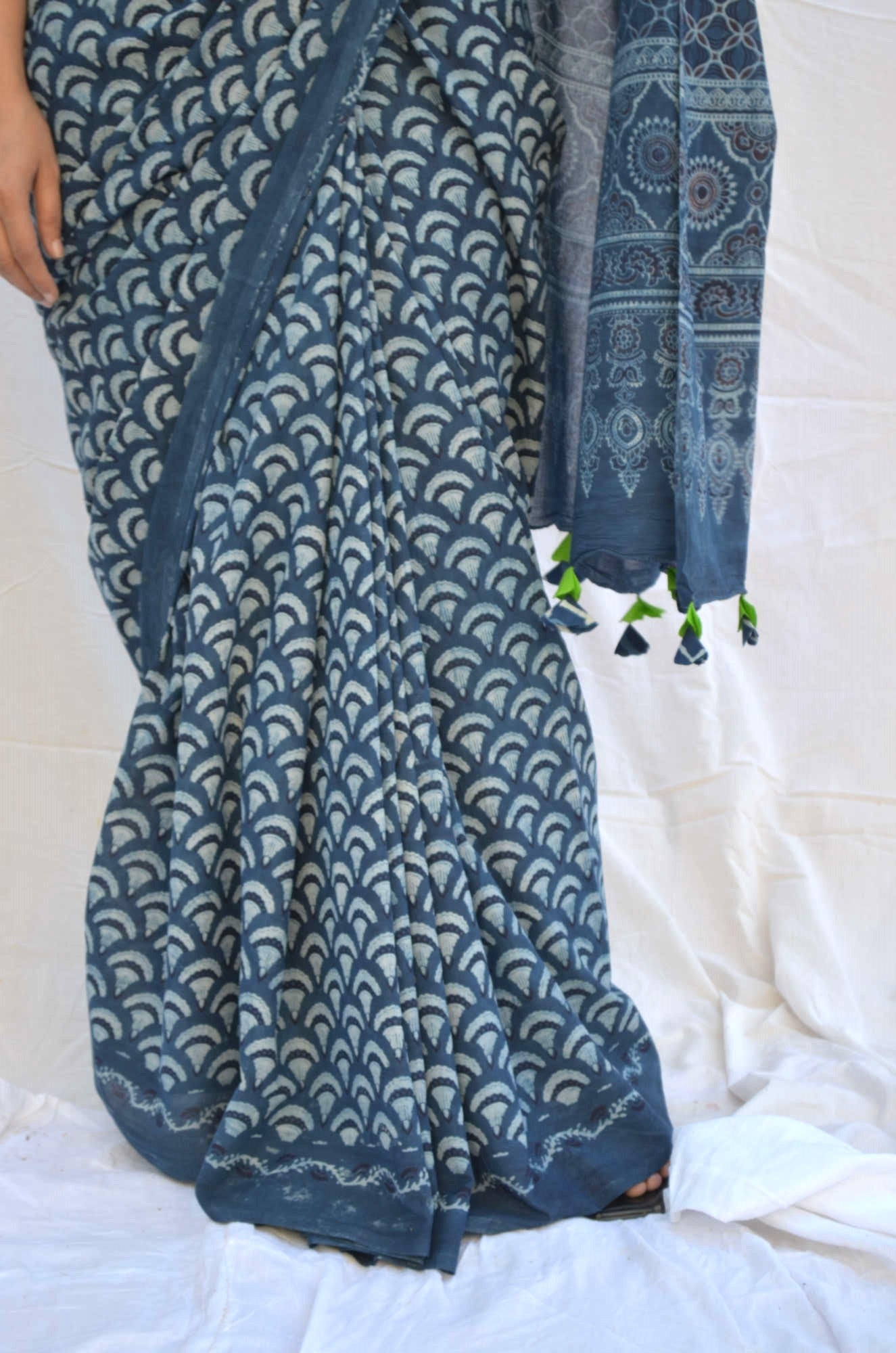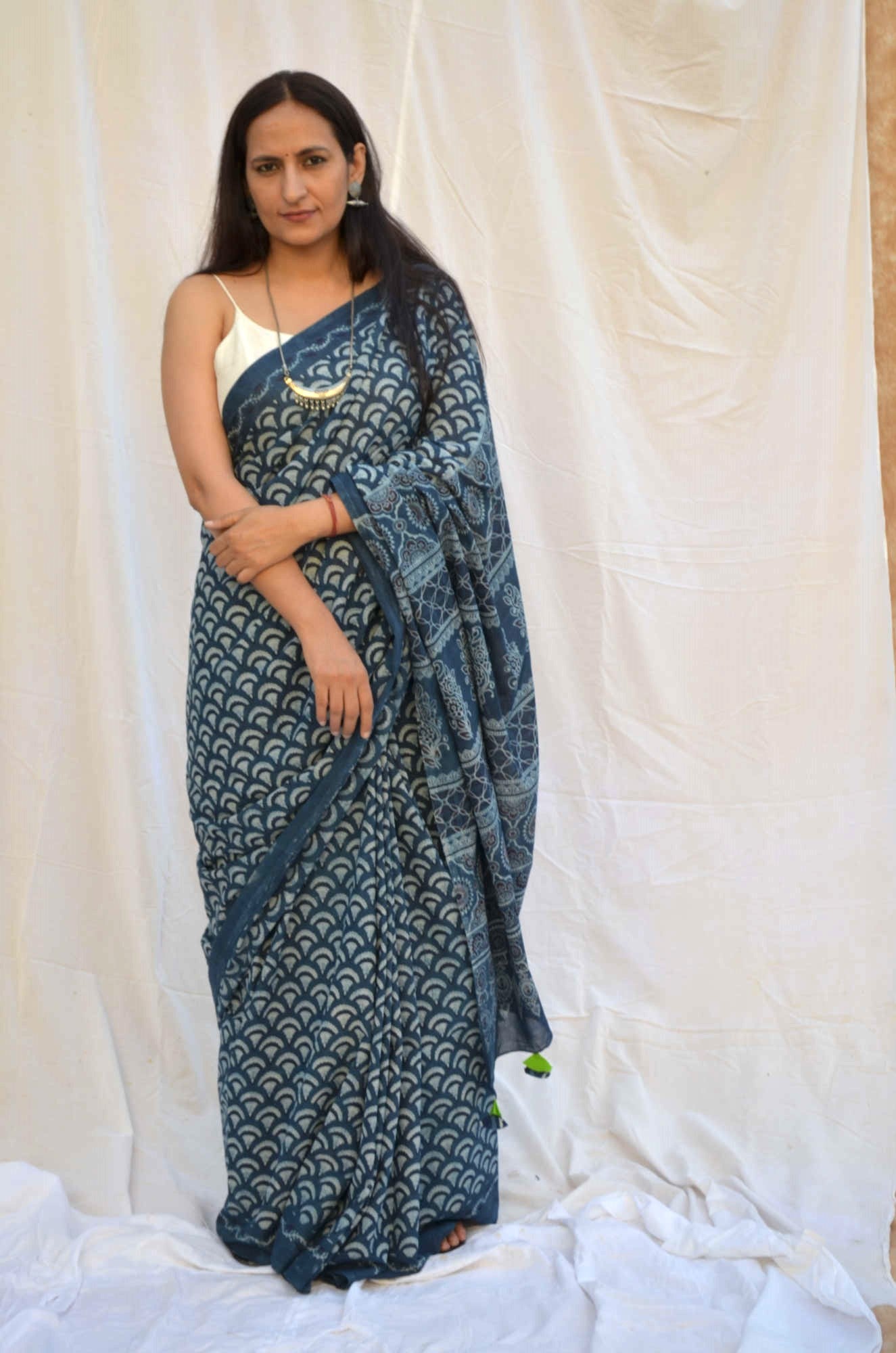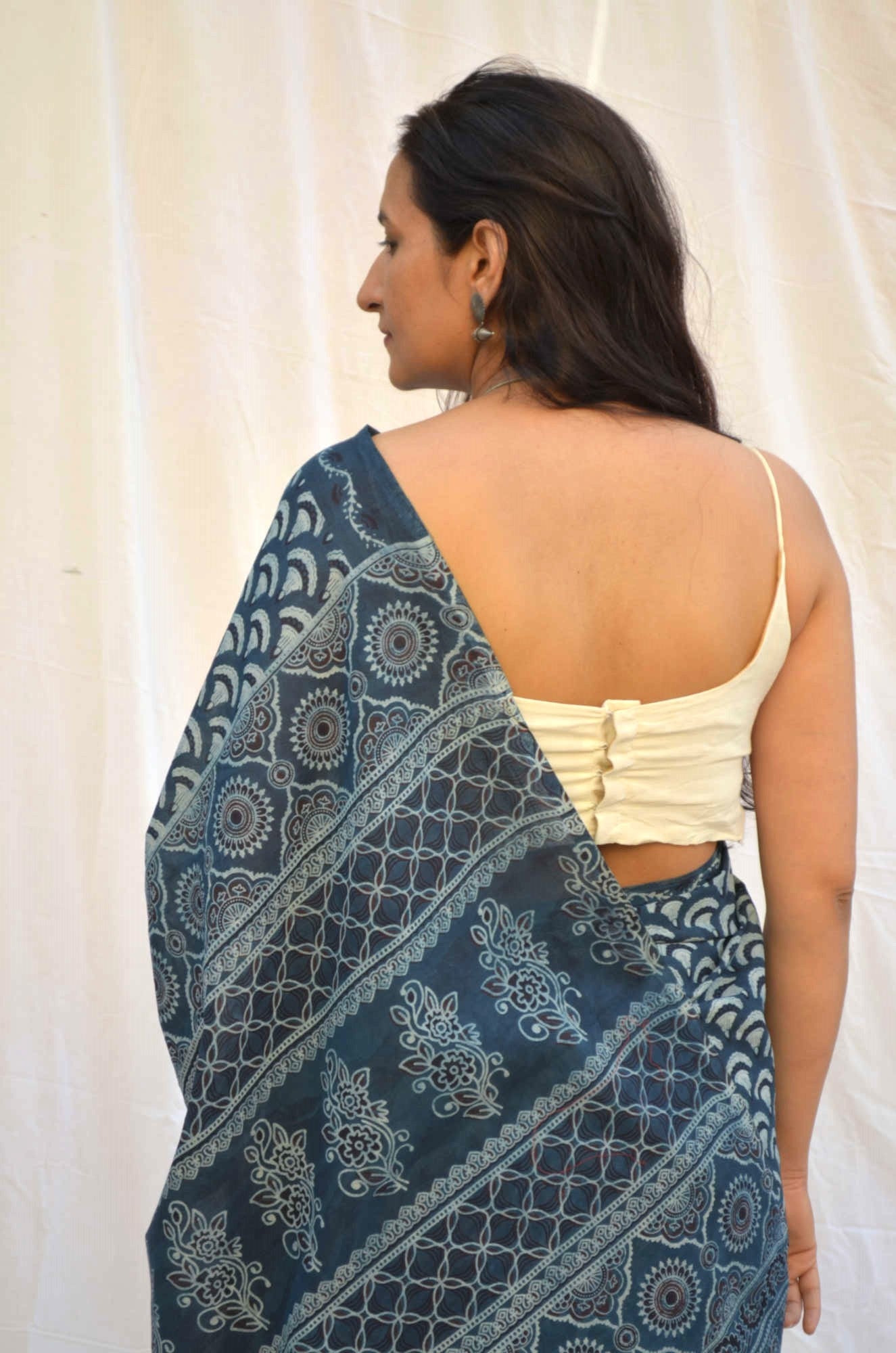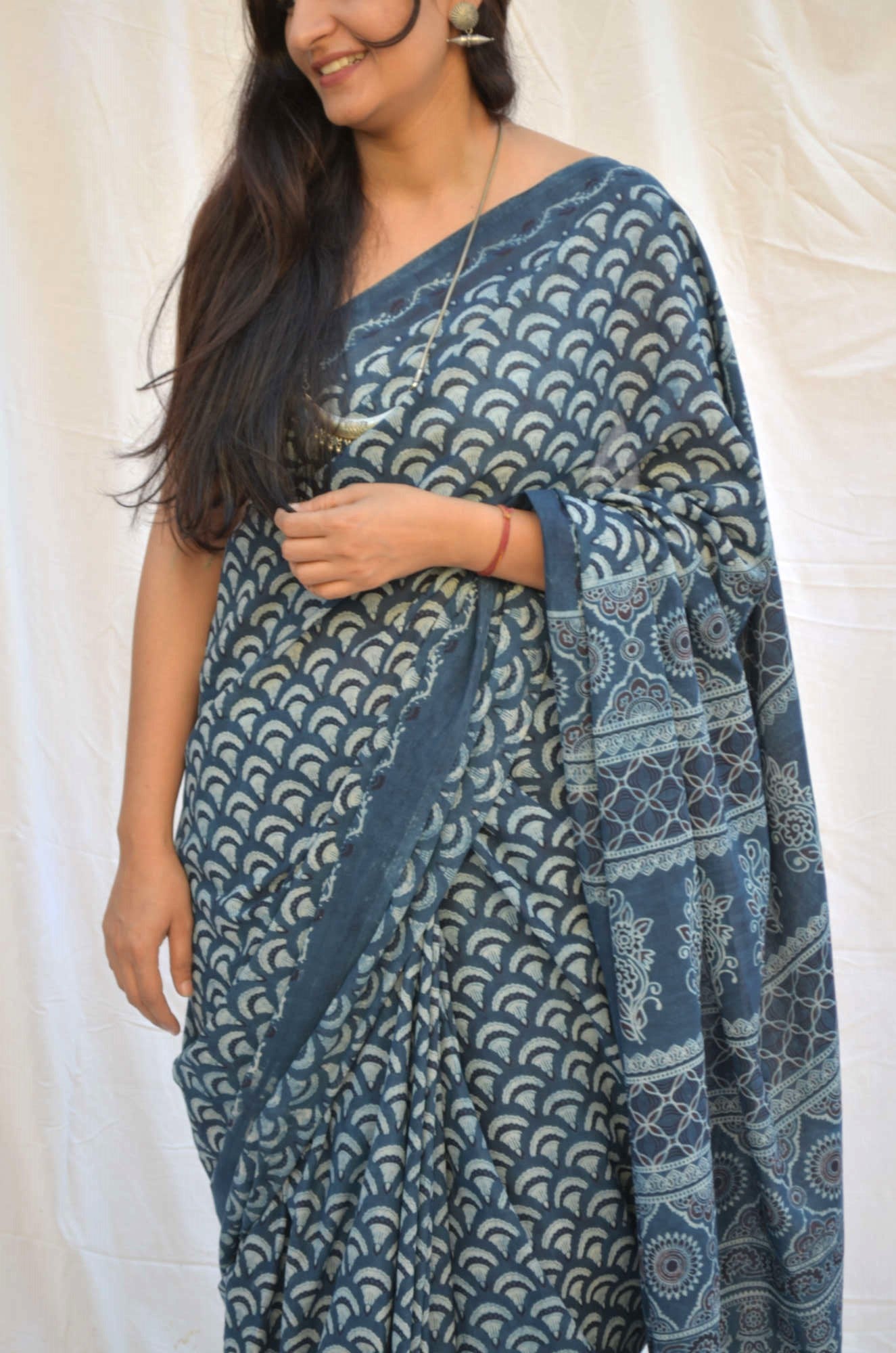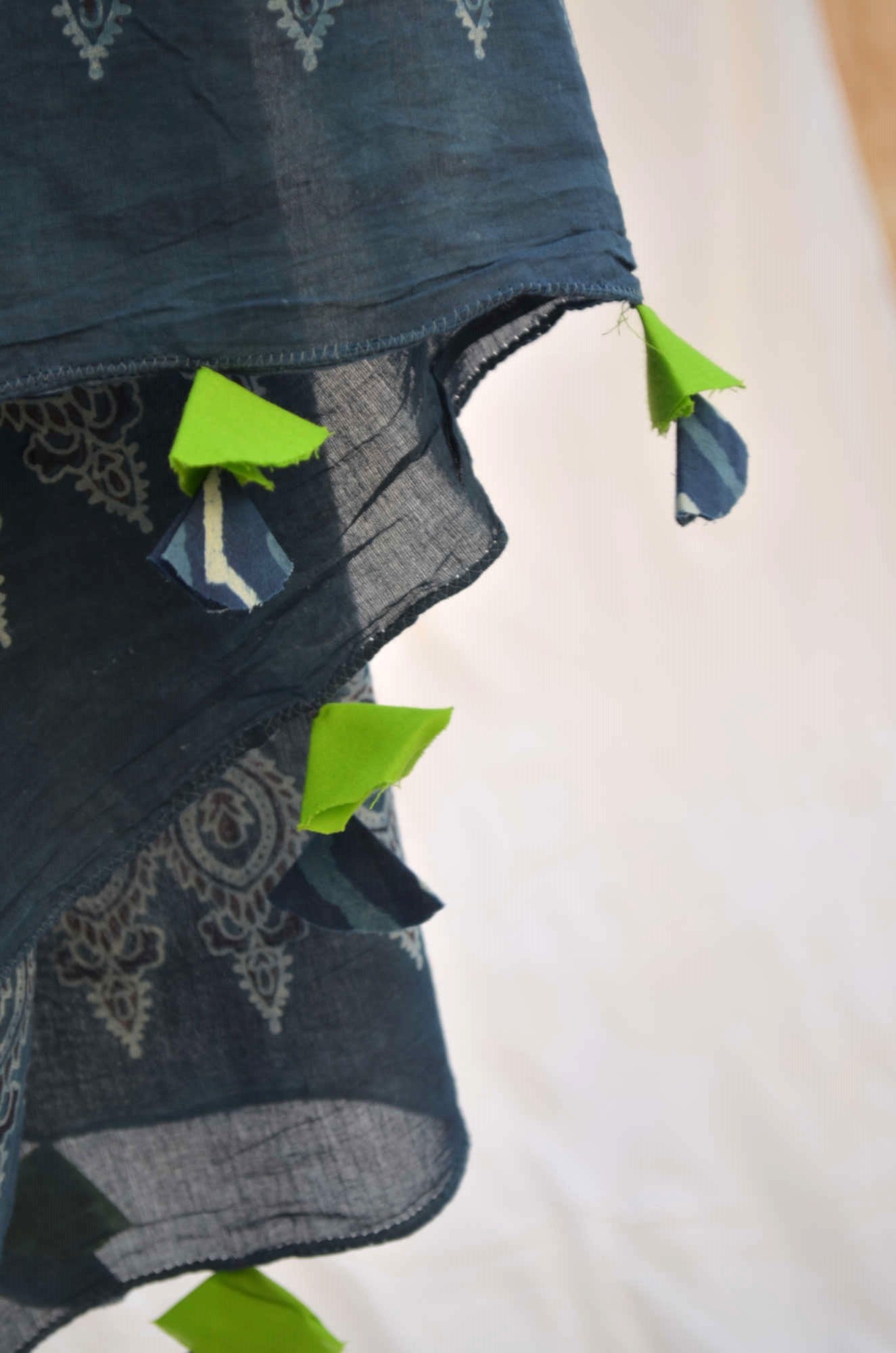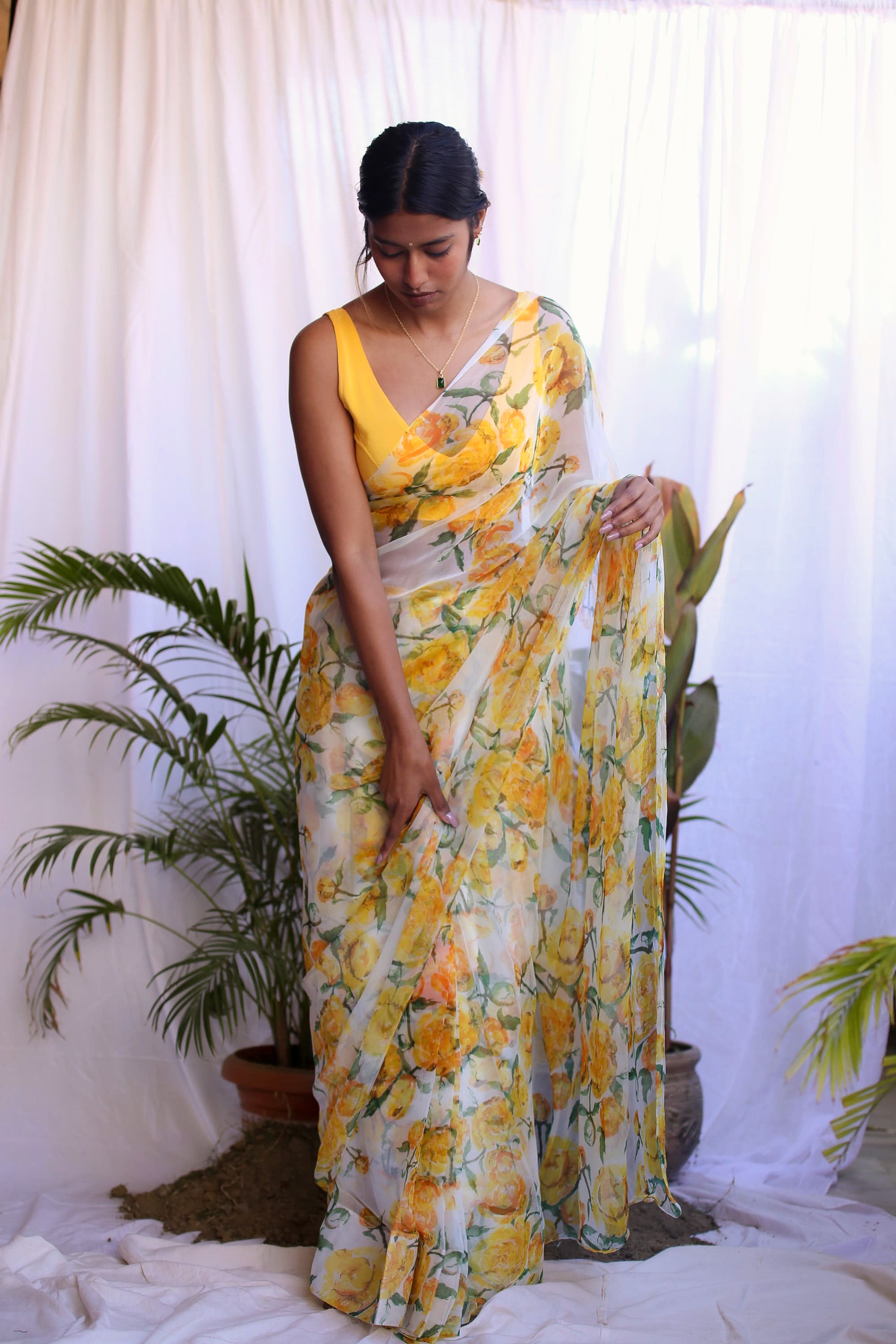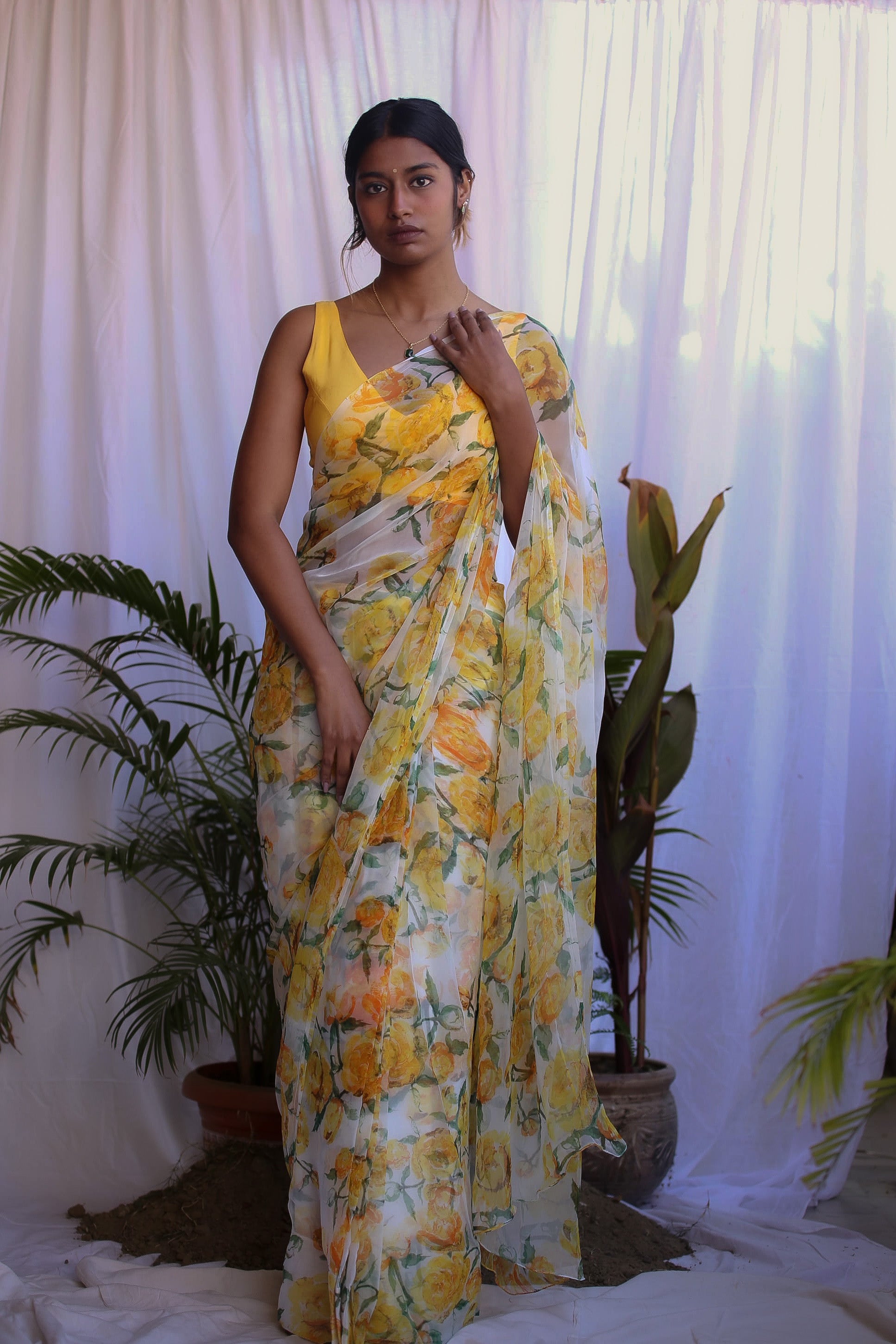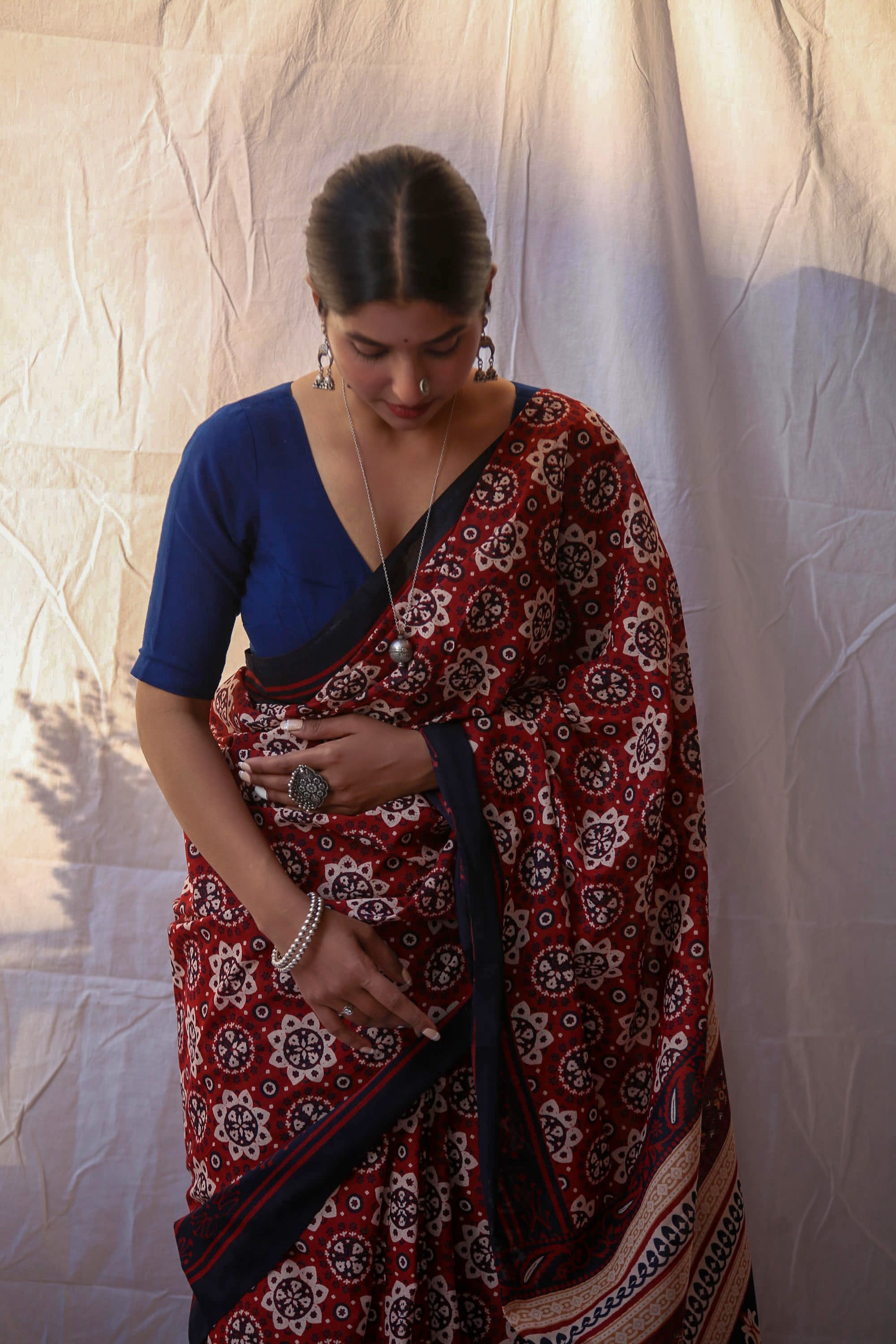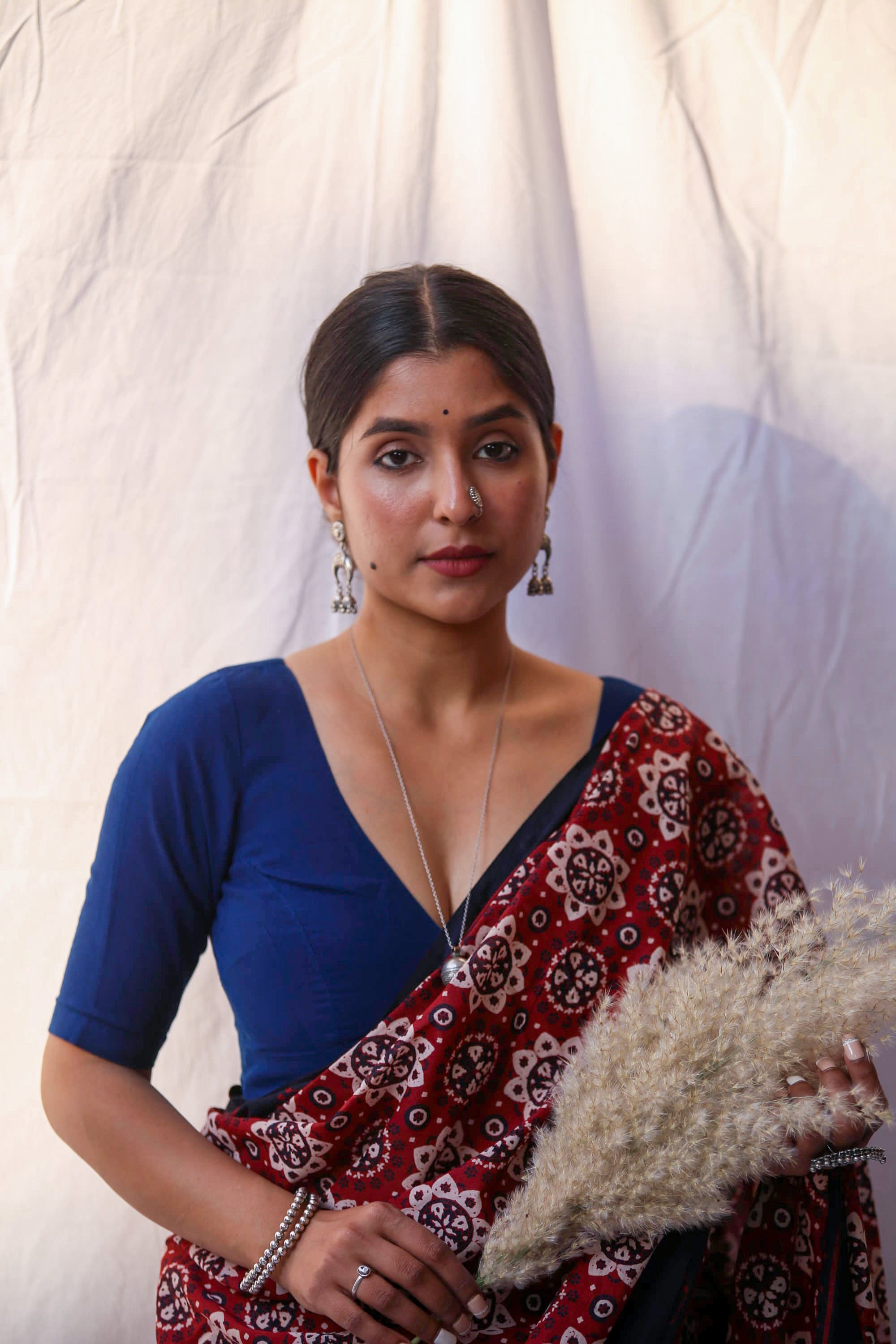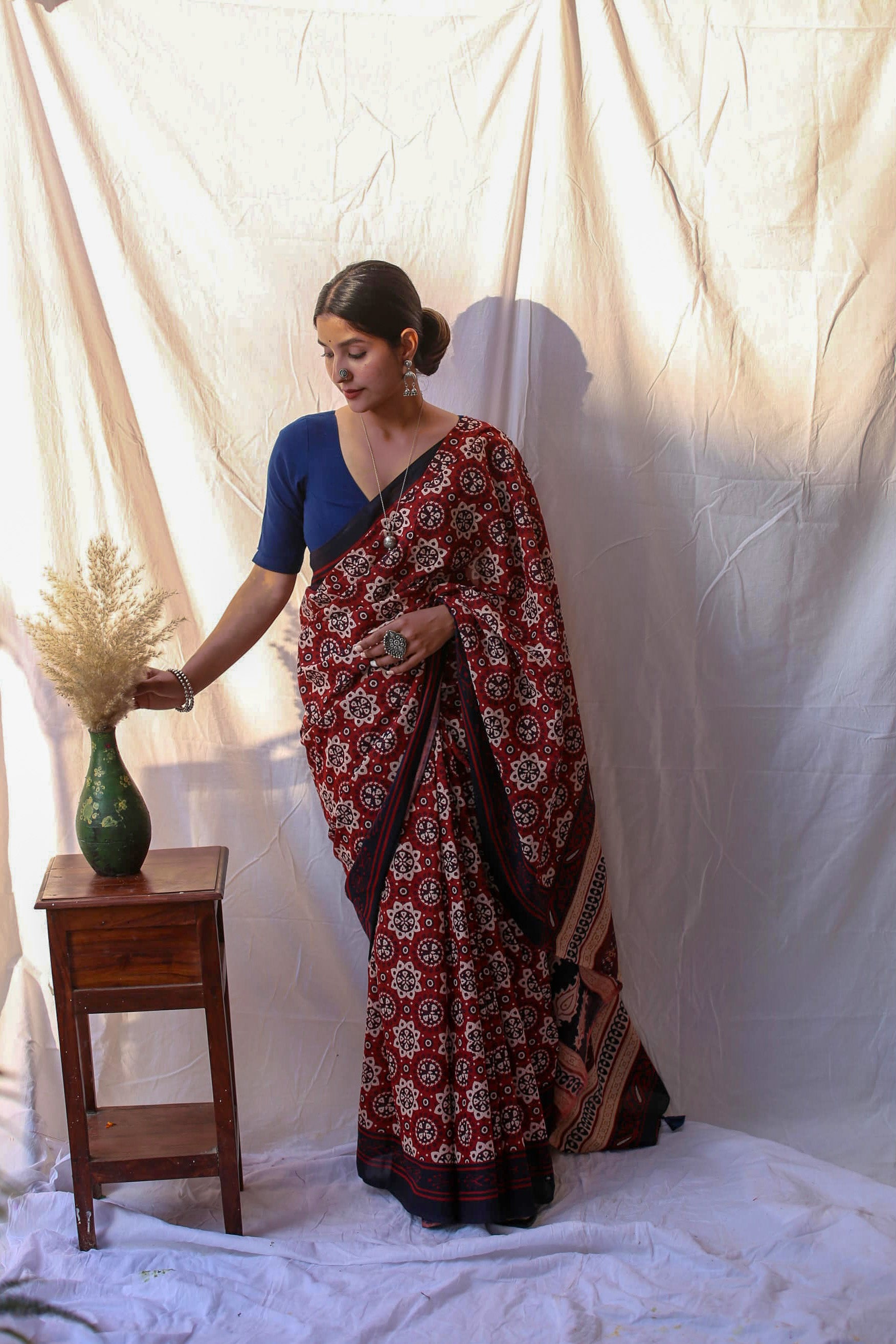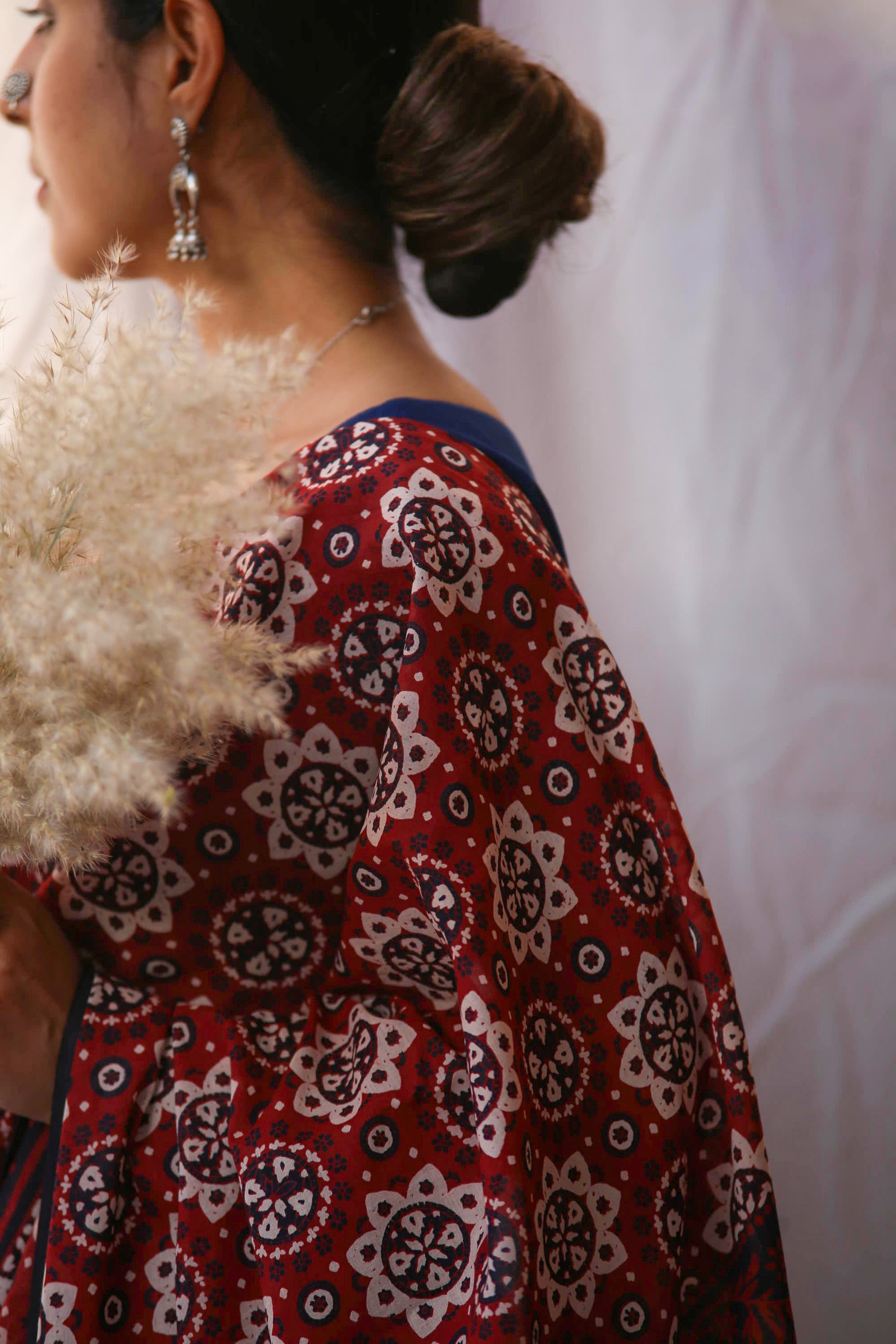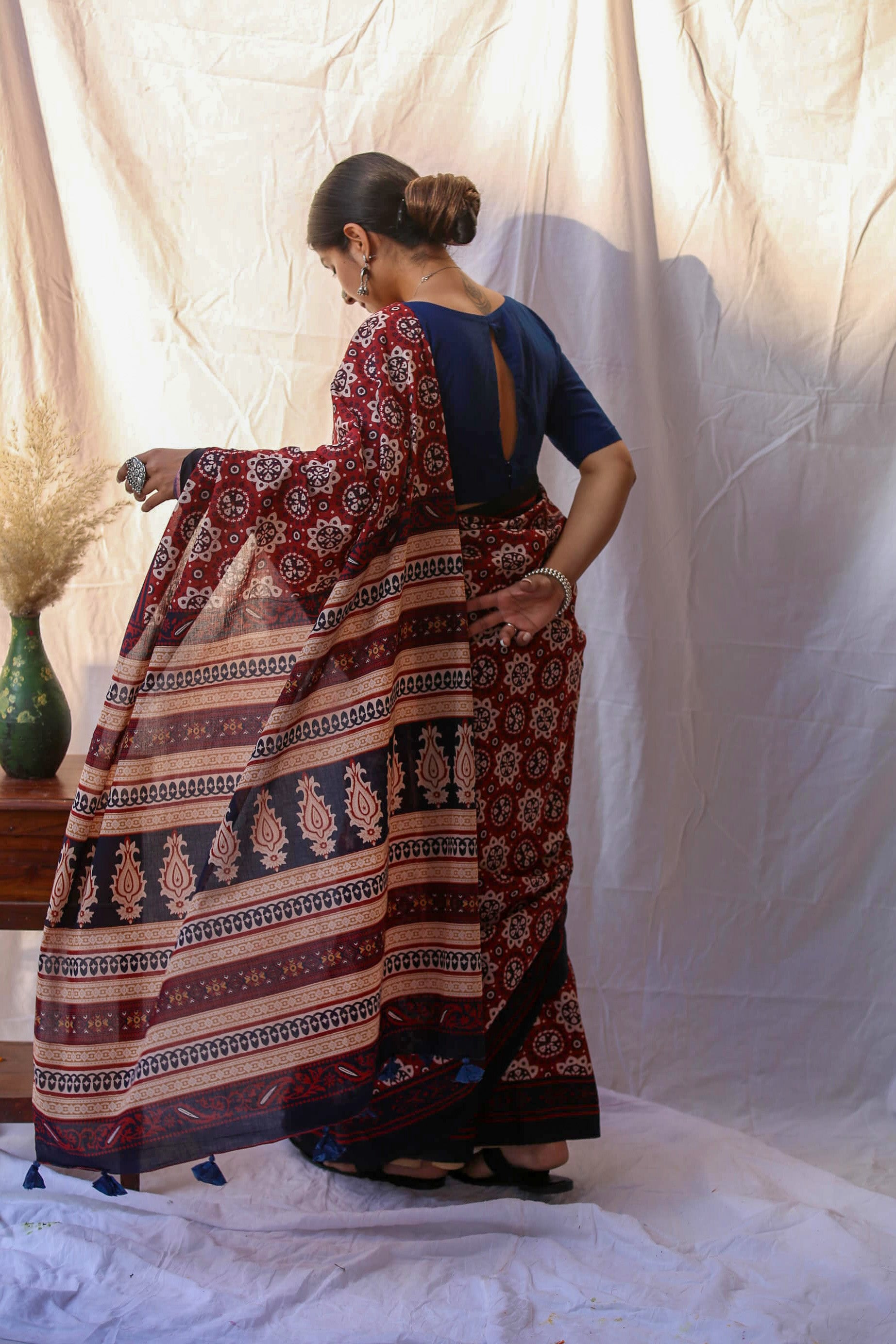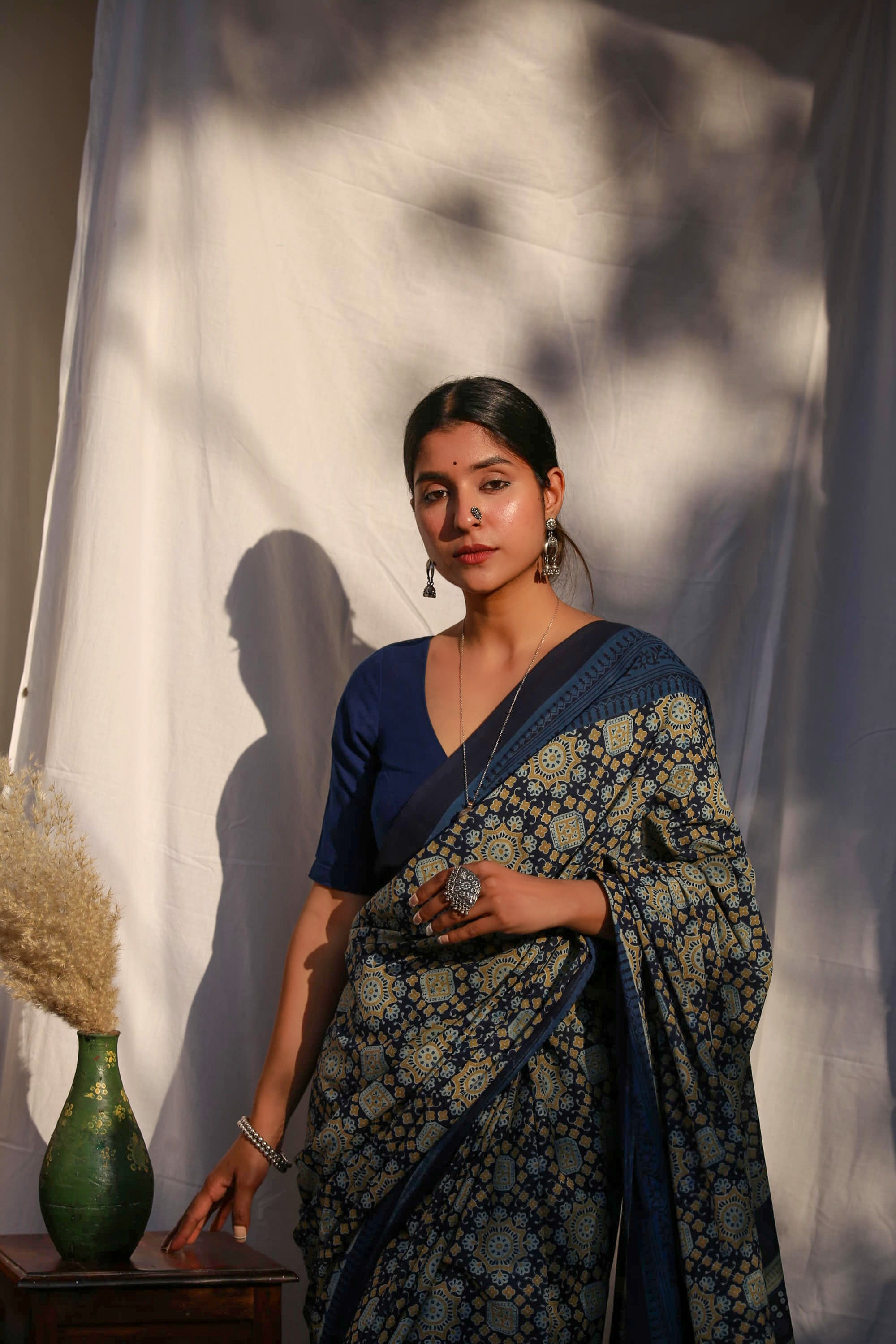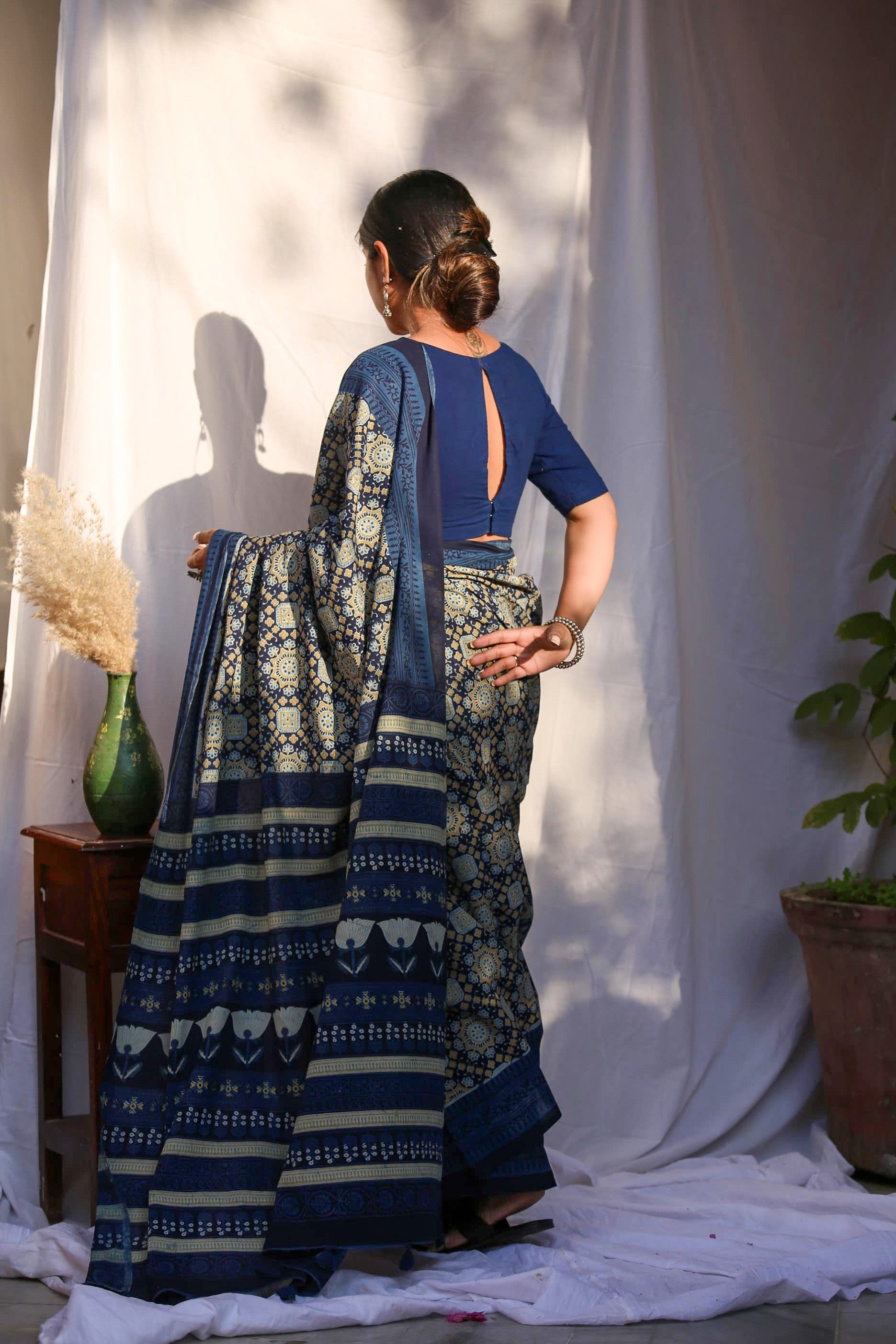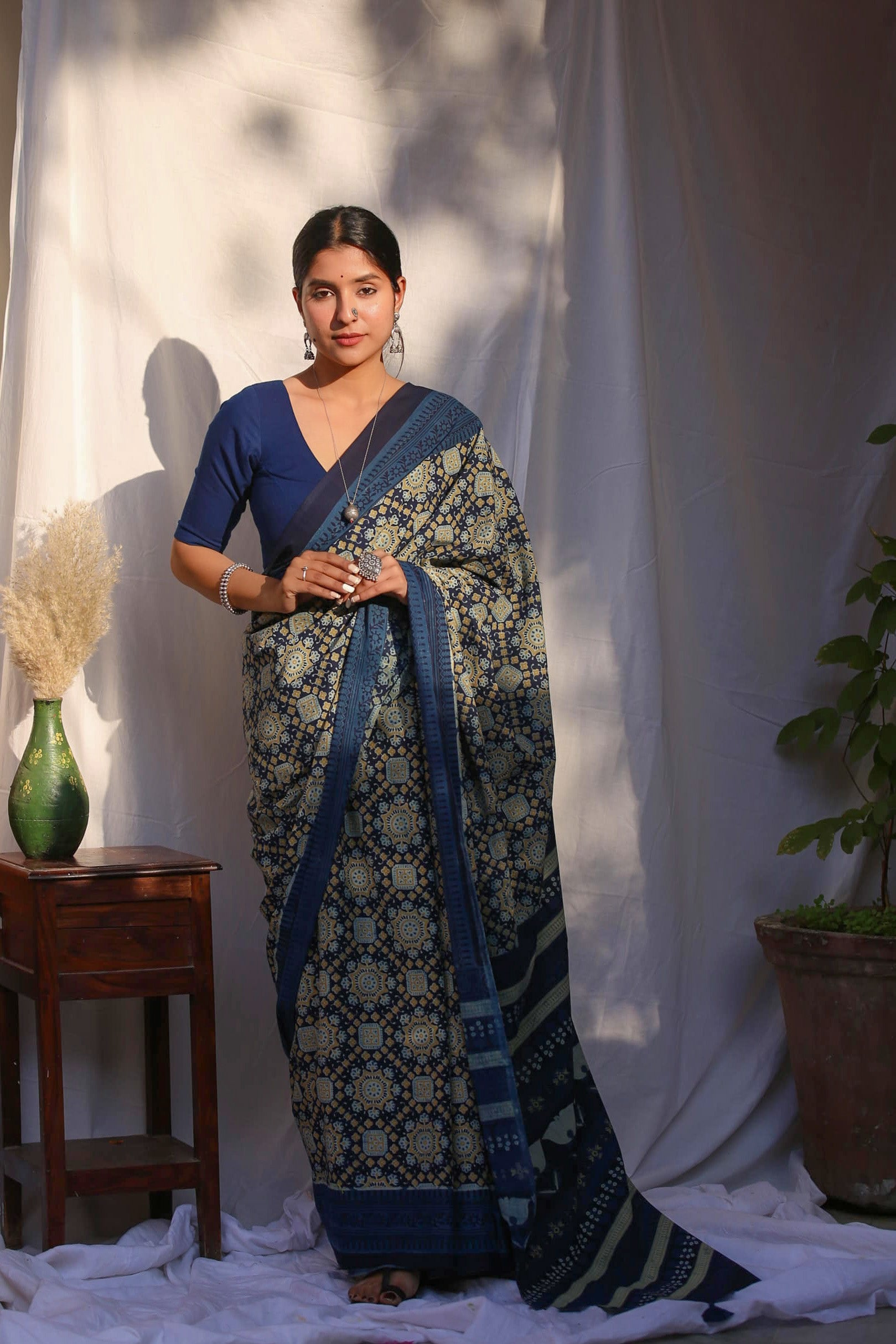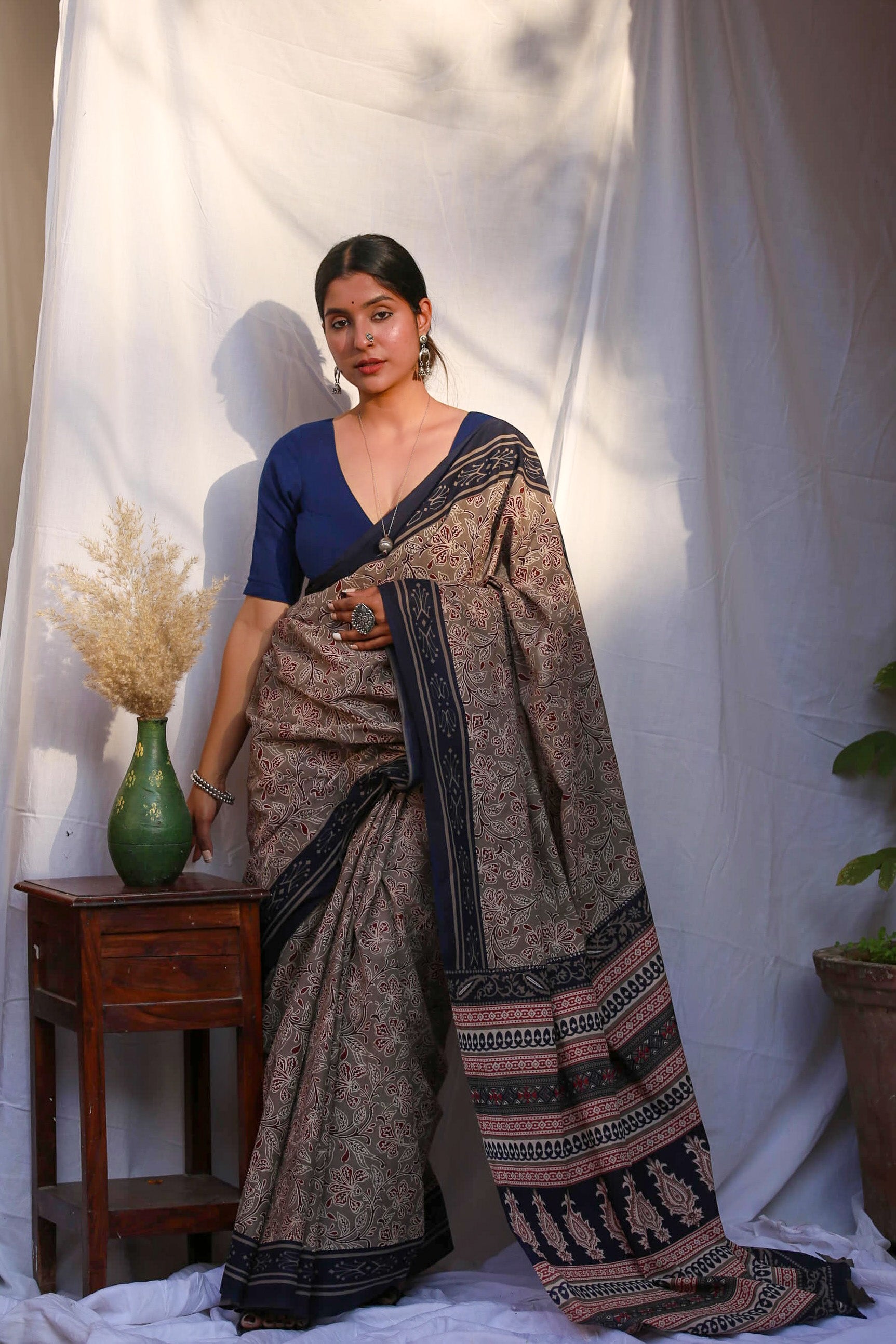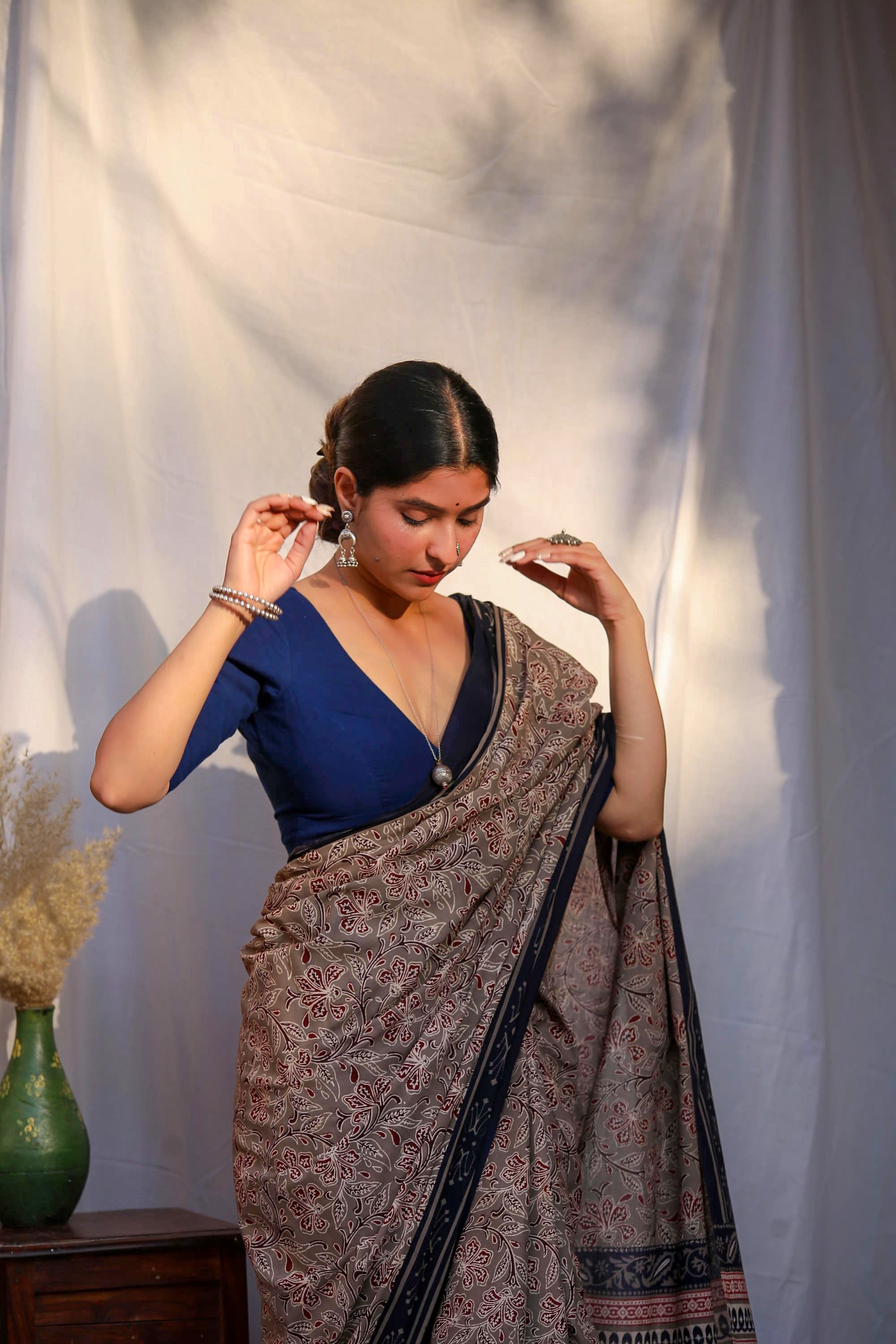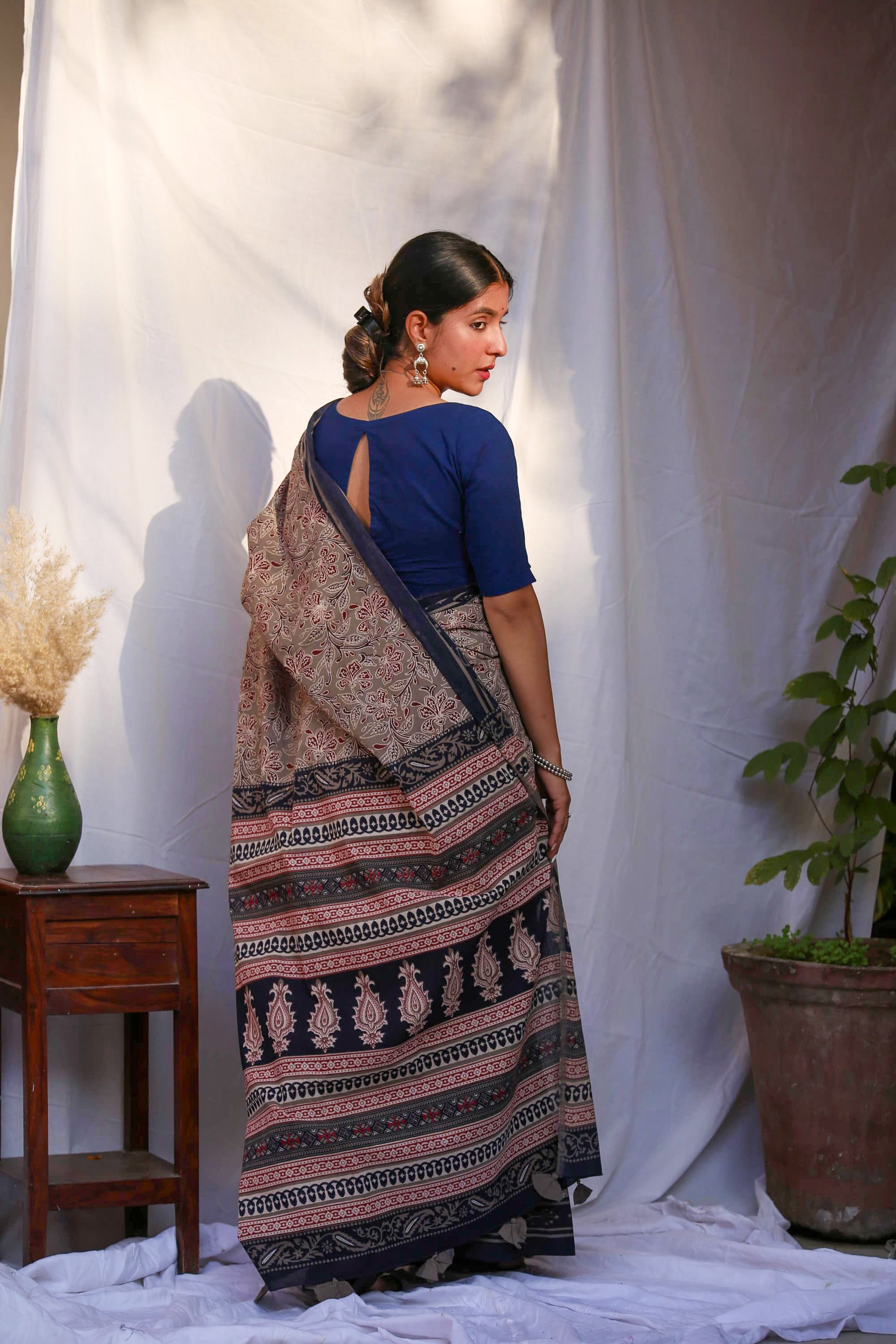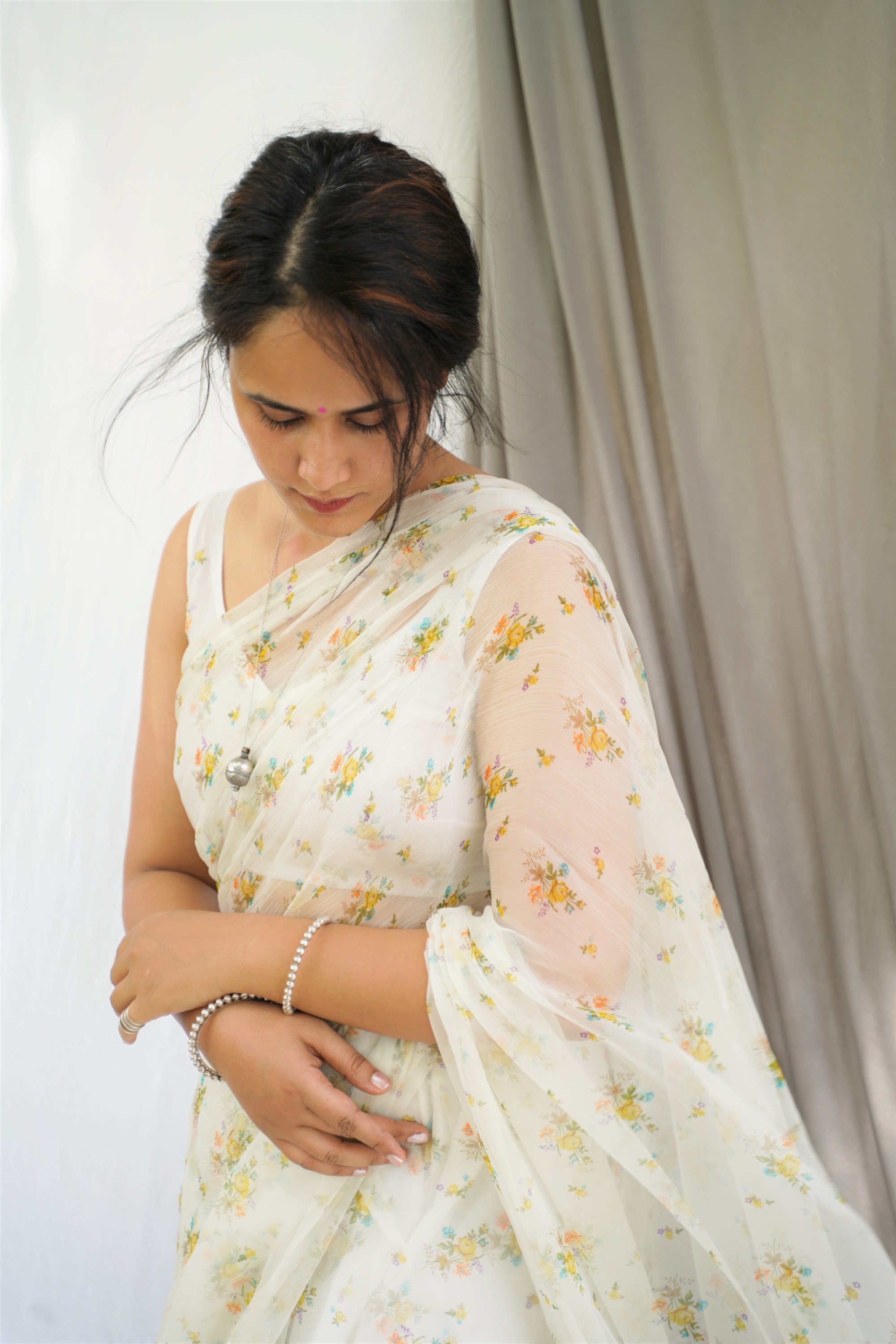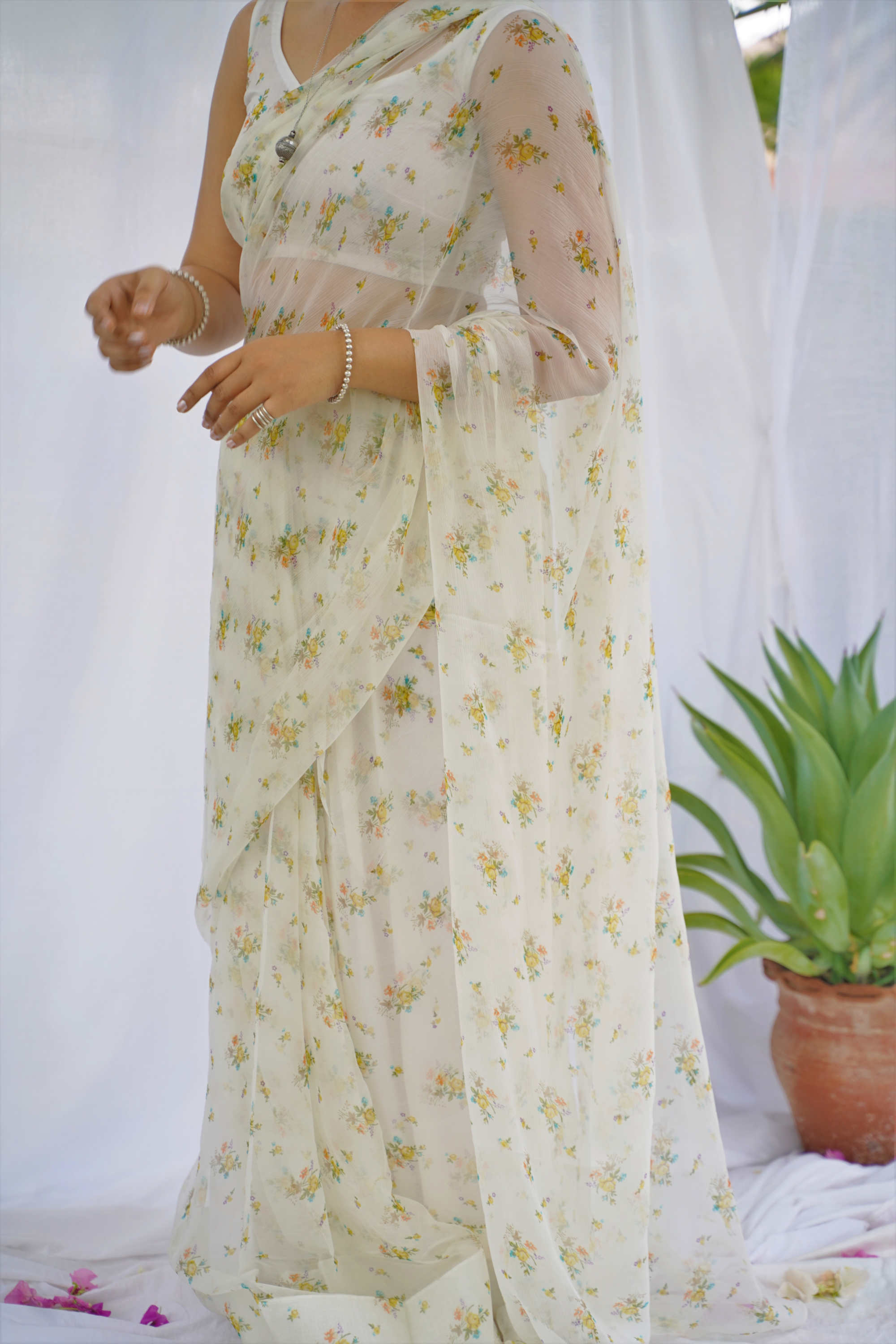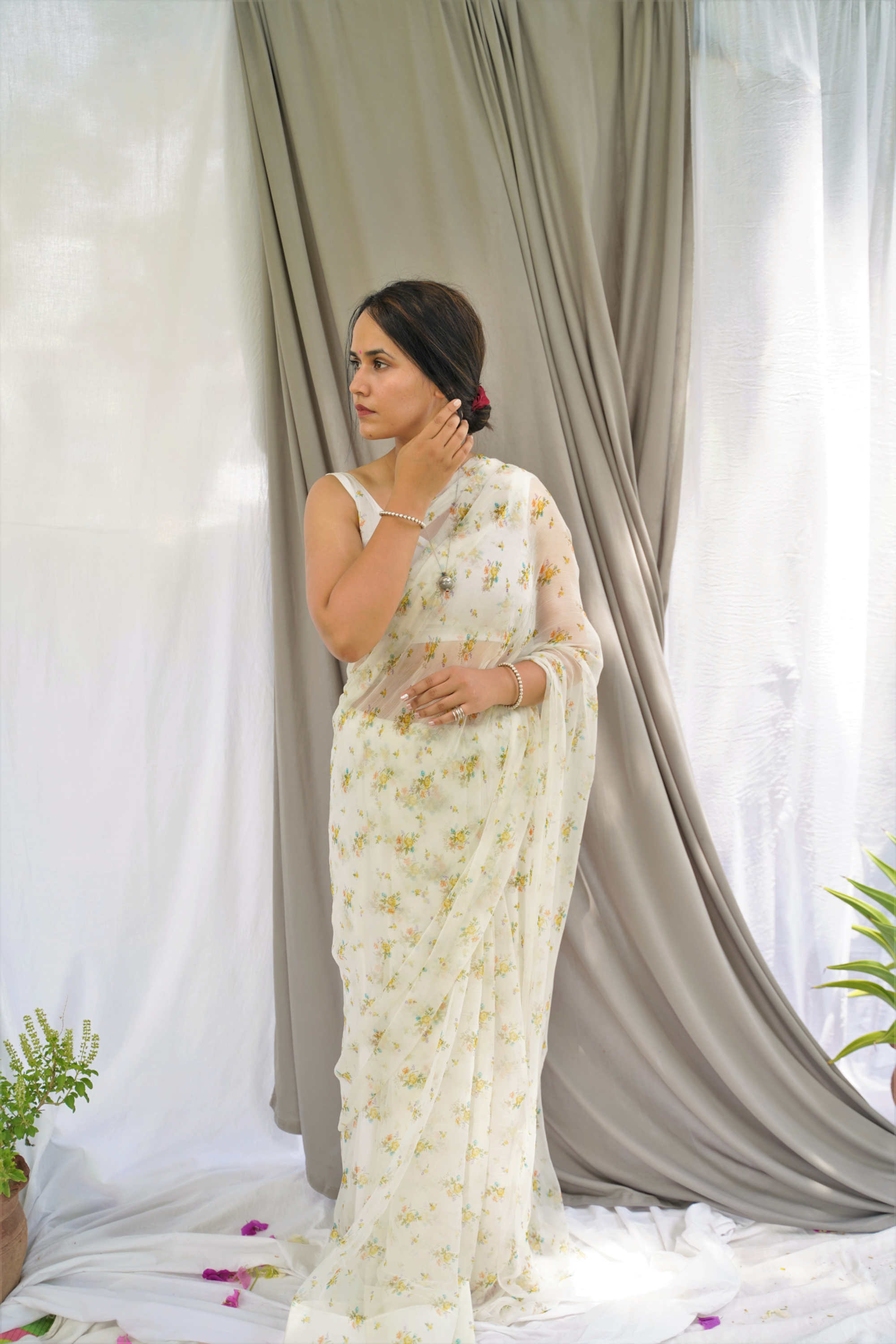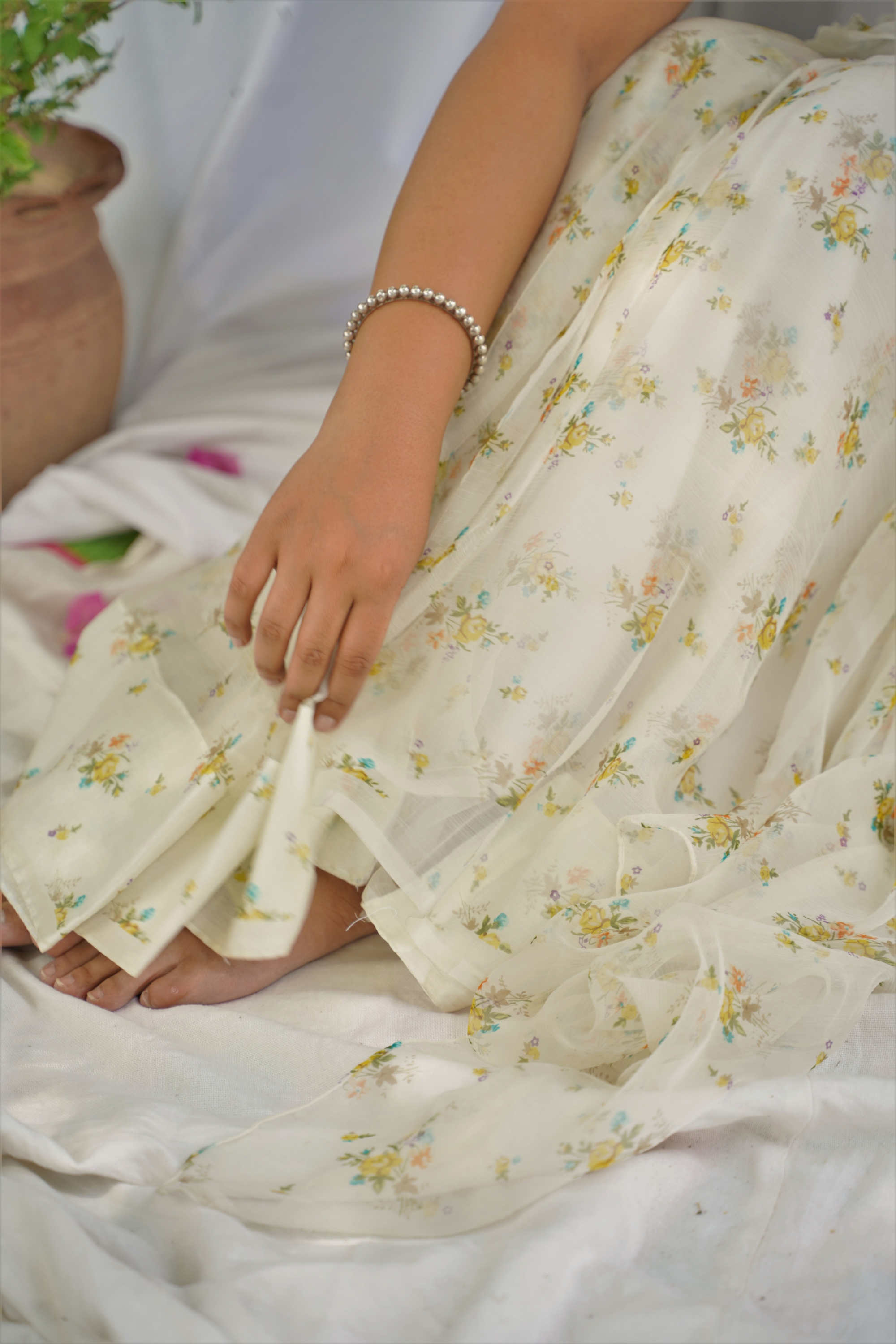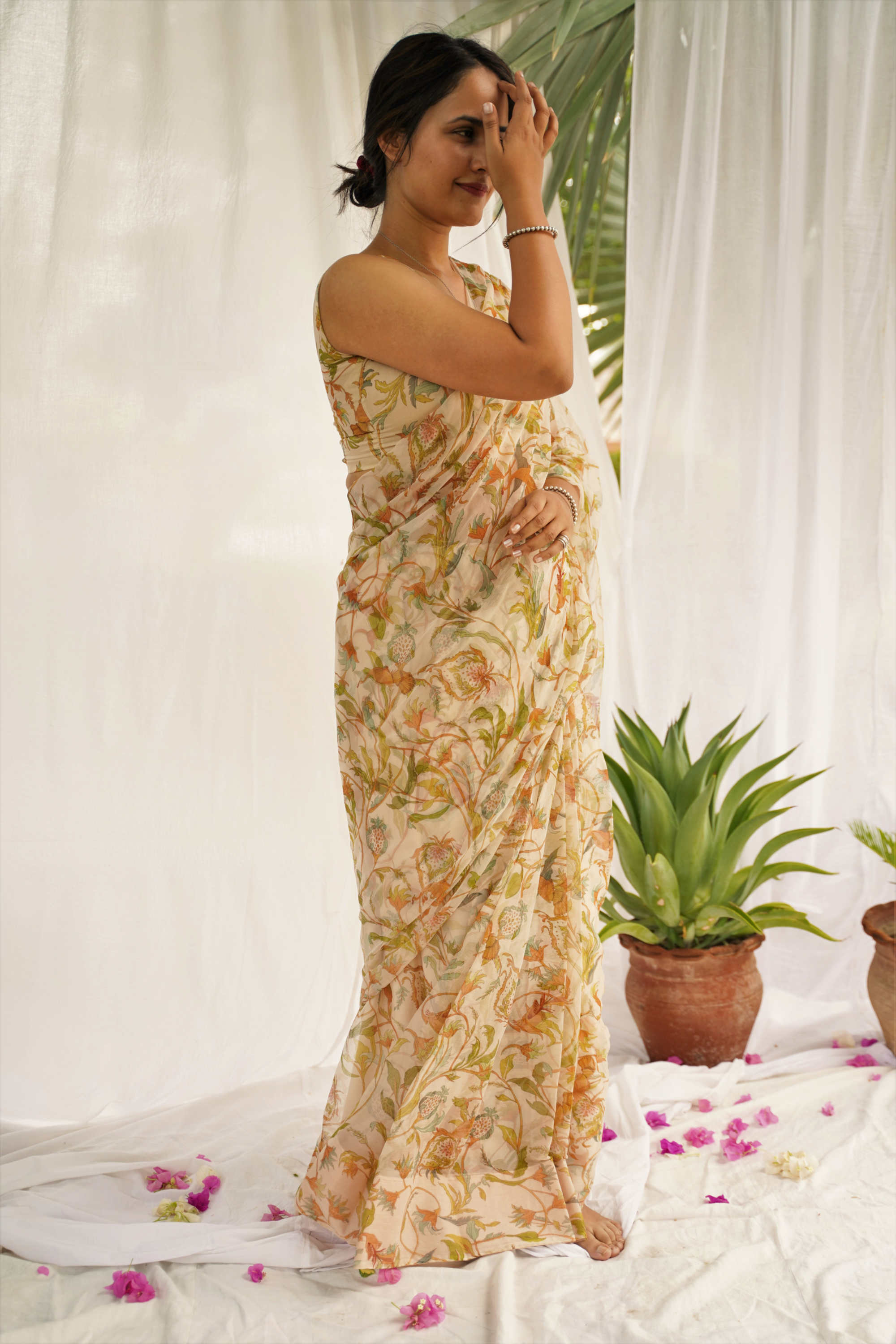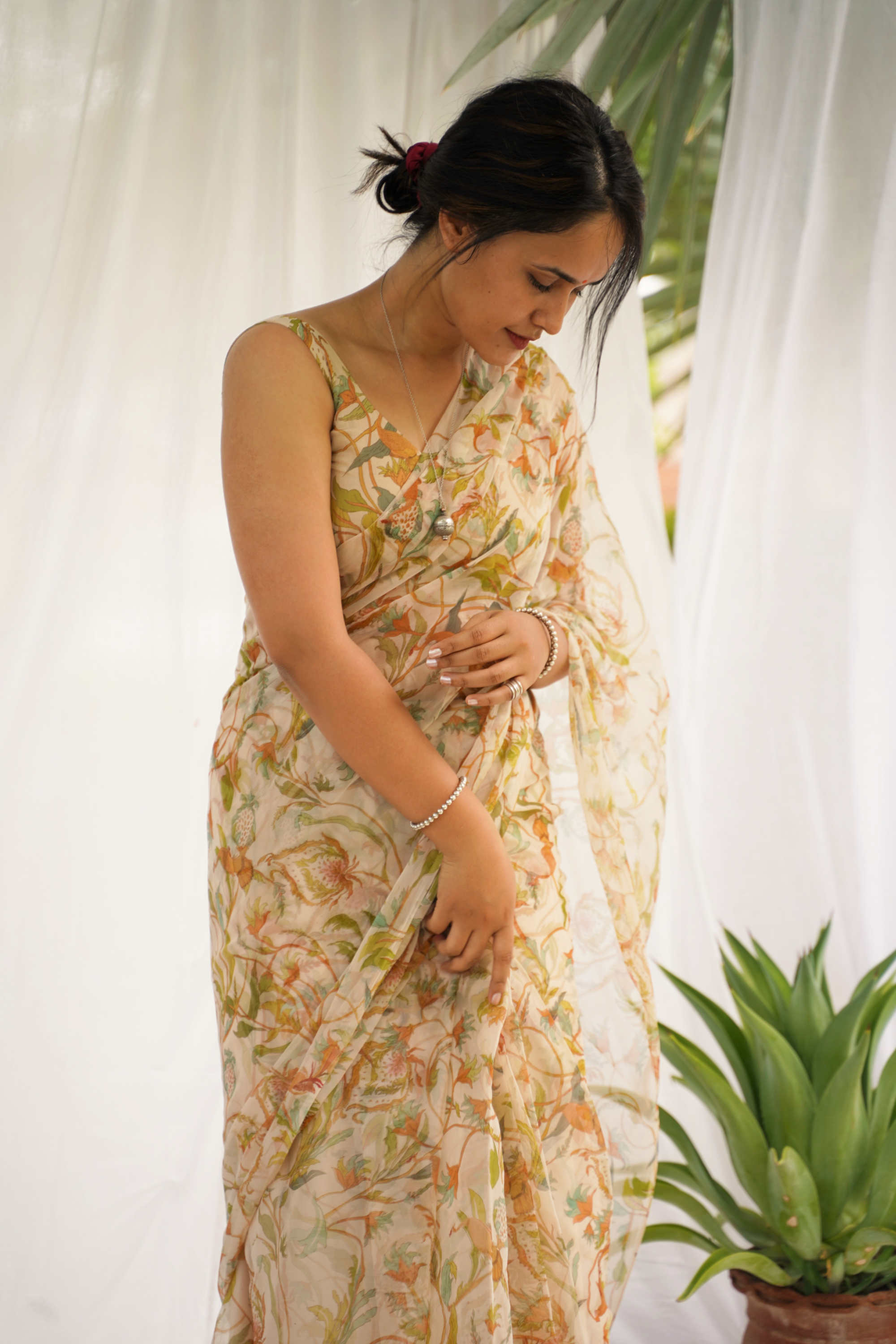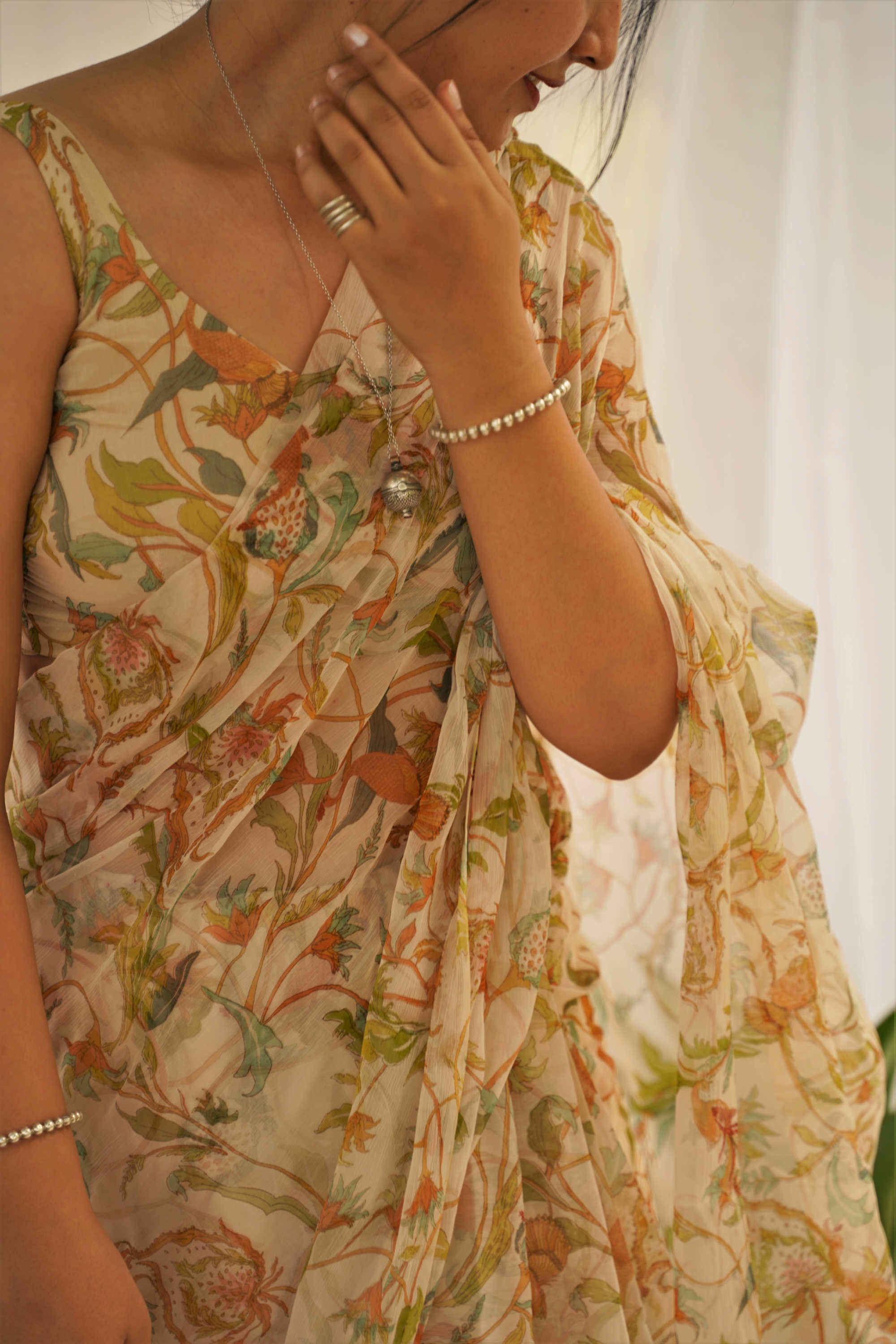Hand Screen Print
Hand screen printing is a traditional and versatile textile printing technique known for its ability to produce detailed and vibrant designs. This method involves manually applying ink through a screen onto fabric, allowing for high-quality, customized prints. Here’s a detailed description of how hand screen printing is done and what makes it unique:
How Hand Screen Printing is Done:
-
Fabric Preparation: The process starts with preparing the fabric, which is usually pre-washed to remove any impurities or finishes that could interfere with ink adhesion. The fabric is then stretched onto a frame or printing surface to ensure it remains smooth and taut.
-
Screen Creation: A screen is made from a fine mesh fabric stretched tightly over a frame. The mesh is coated with a light-sensitive emulsion, which is then allowed to dry in a dark environment.
-
Design Transfer: The design to be printed is transferred onto the screen using a process called “exposure.” A film positive with the design is placed on top of the emulsion-coated screen, and the screen is exposed to UV light. The light hardens the emulsion where the design is not present, creating a stencil effect. The unexposed emulsion, which is covered by the design, is then washed out, leaving an open mesh that allows ink to pass through.
-
Ink Preparation: The desired ink is prepared, often consisting of a pigment mixed with a binder to ensure it adheres to the fabric. Various inks can be used, including water-based, plastisol, or discharge inks, depending on the desired finish and fabric type.
-
Printing Process: The screen is placed on top of the fabric, and ink is spread across the screen using a squeegee. The squeegee is drawn across the screen with firm, even pressure, pushing ink through the open mesh areas and onto the fabric below. This process transfers the design onto the fabric in a precise and controlled manner.
-
Drying and Curing: After printing, the fabric is allowed to dry. Depending on the type of ink used, additional curing or heat setting may be required to ensure the ink adheres properly and becomes permanent.
-
Finishing: The printed fabric is washed to remove any excess ink and then ironed or pressed to smooth out any wrinkles. This step also helps set the ink and enhance the print’s durability.
What Makes Hand Screen Printing Unique:
-
Precision and Detail: Hand screen printing allows for high levels of precision and detail in design. The ability to create intricate stencils and apply ink with controlled pressure results in sharp, well-defined patterns.
-
Customizability: This technique offers significant customization options. Each screen is handmade and can be tailored to specific designs, colors, and fabric types, making it ideal for bespoke and one-of-a-kind prints.
-
Artisanal Quality: The manual nature of hand screen printing ensures that each print is crafted with care. The personal touch of artisans adds unique character and quality to each piece, setting it apart from mass-produced prints.
-
Versatility: Hand screen printing can be used on a variety of fabrics and materials, including textiles, paper, and more. This versatility makes it suitable for a wide range of applications, from clothing and accessories to home décor.
-
Rich Color and Texture: The use of various inks and techniques can create rich, vibrant colors and textures. The ink’s interaction with the fabric can produce effects that are difficult to achieve with other printing methods.
Hand screen printing is a cherished technique in the world of textile arts, offering a blend of precision, customization, and artisanal craftsmanship. Its ability to produce detailed, vibrant prints on various materials makes it a valuable and creative method for textile design.

